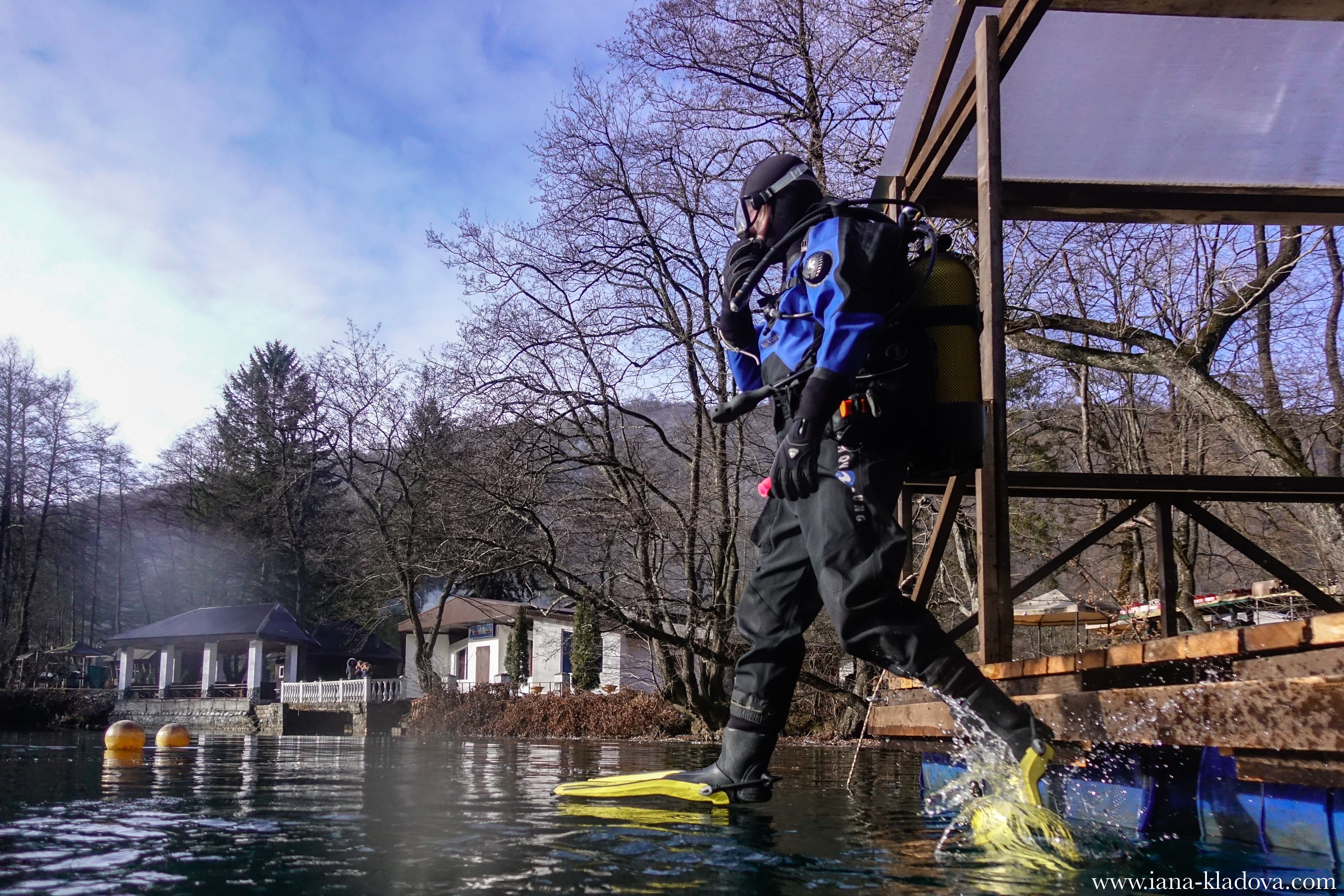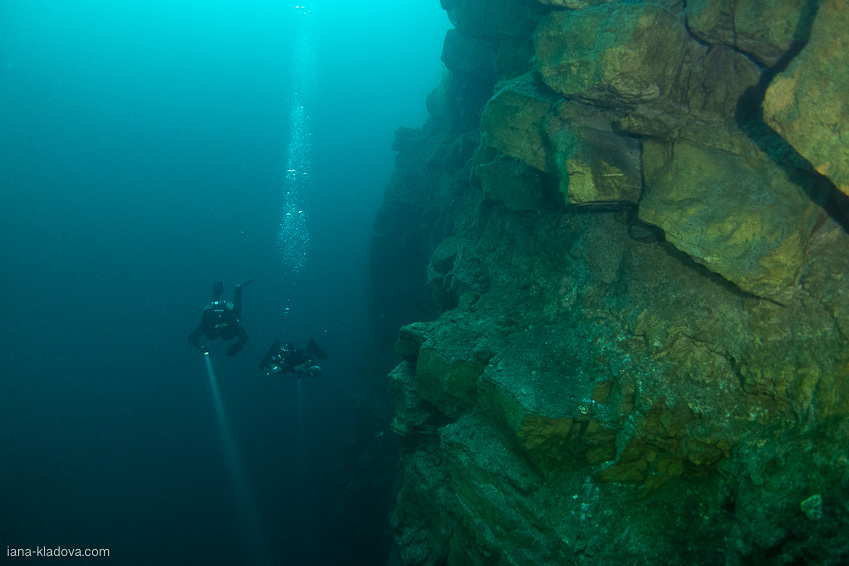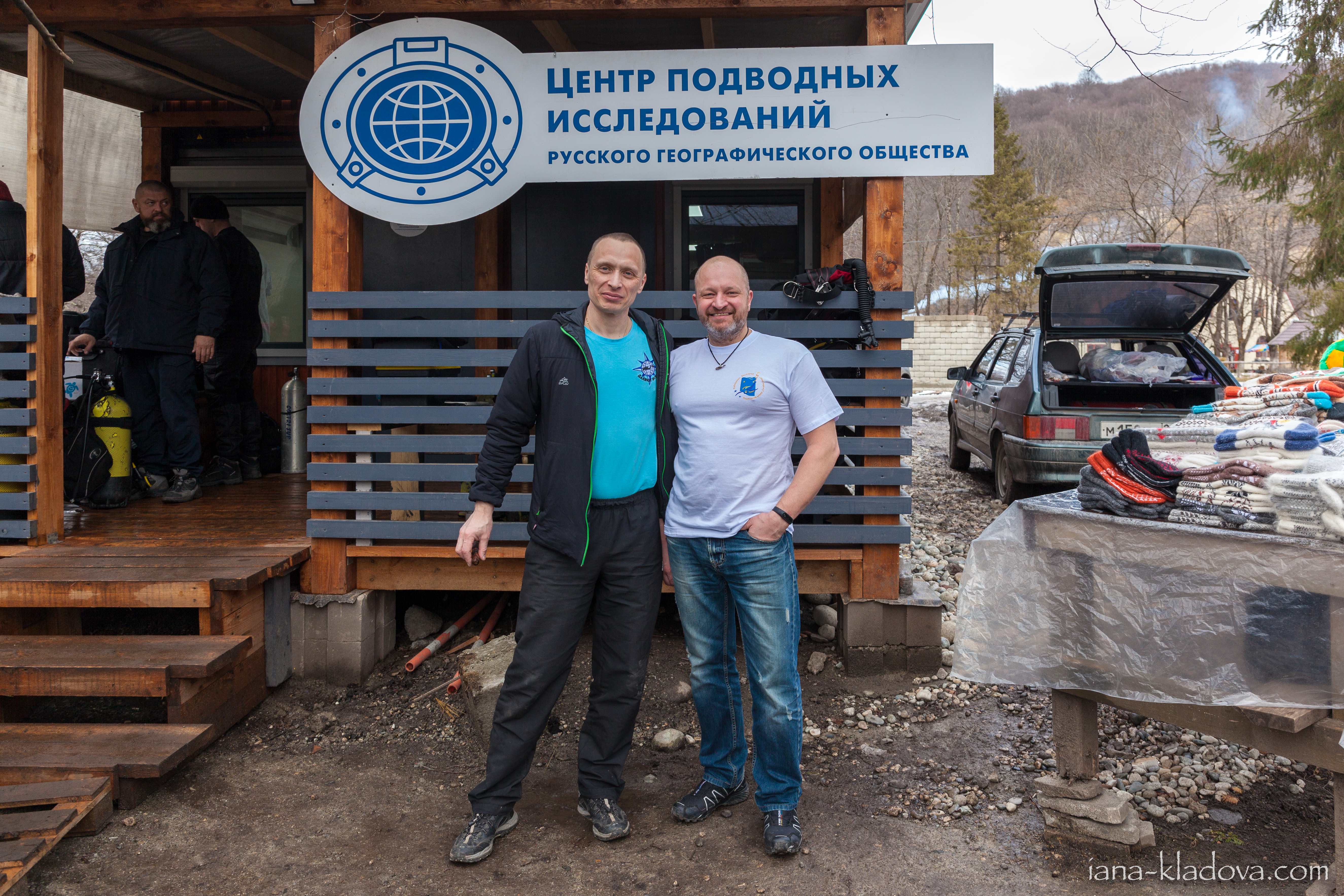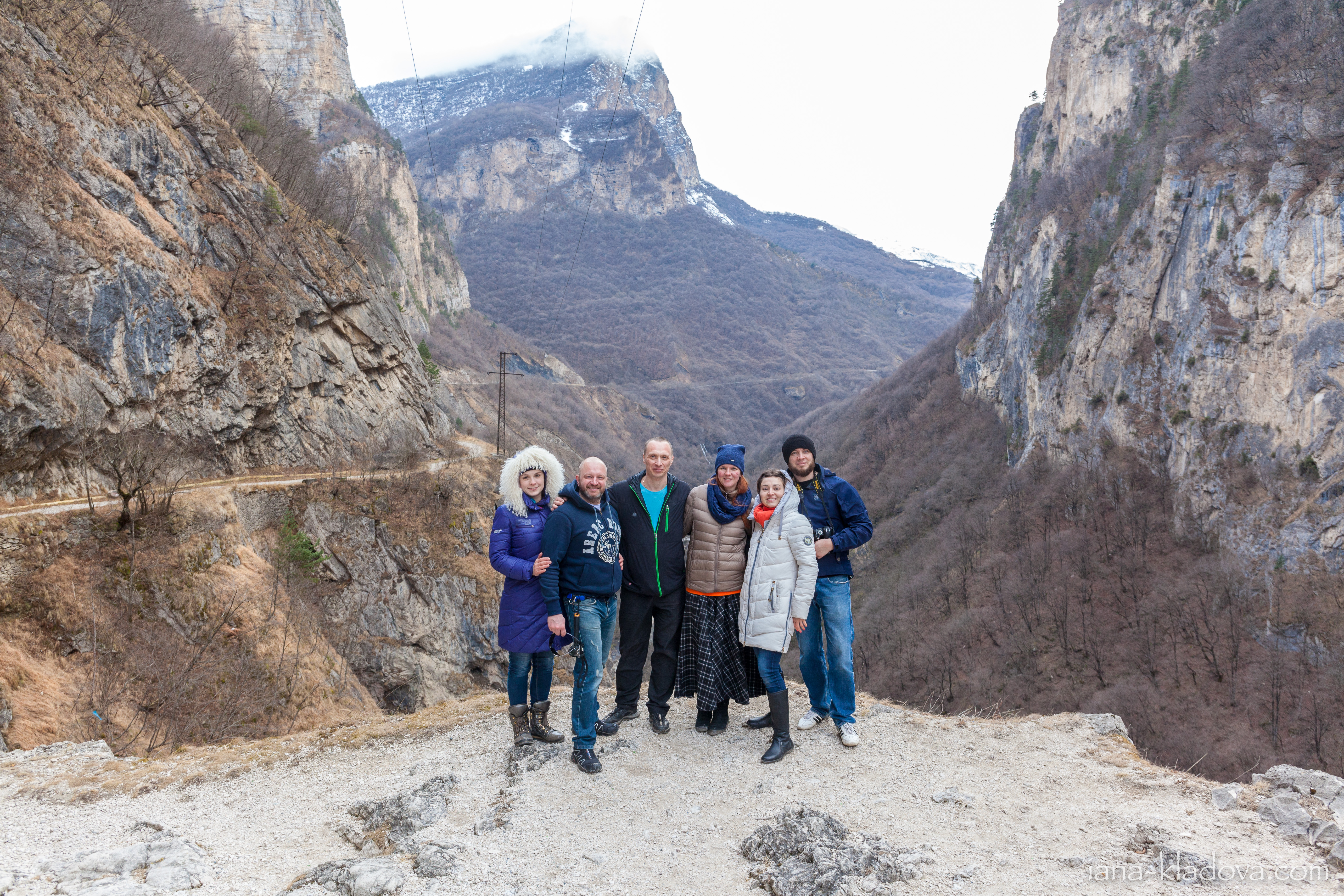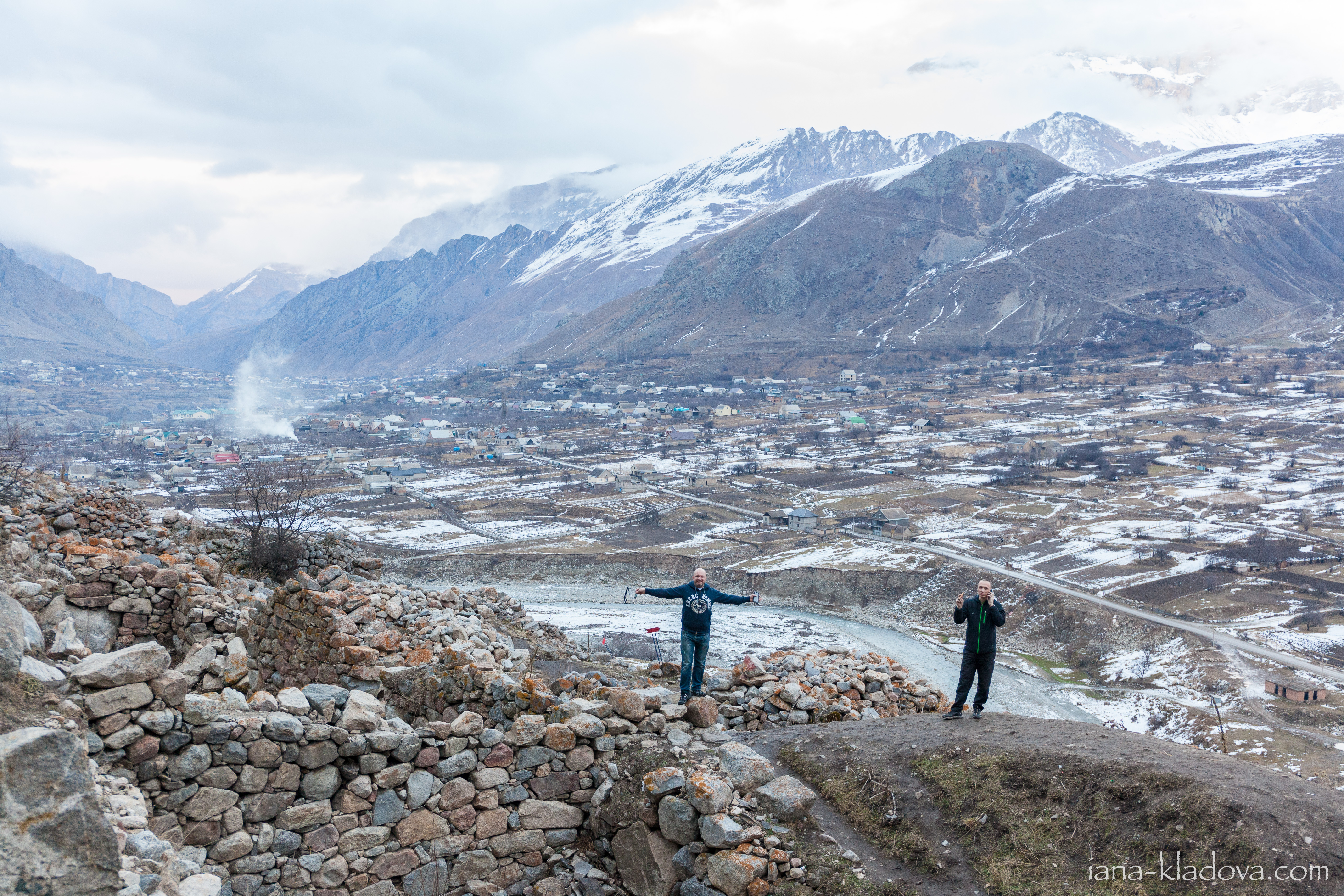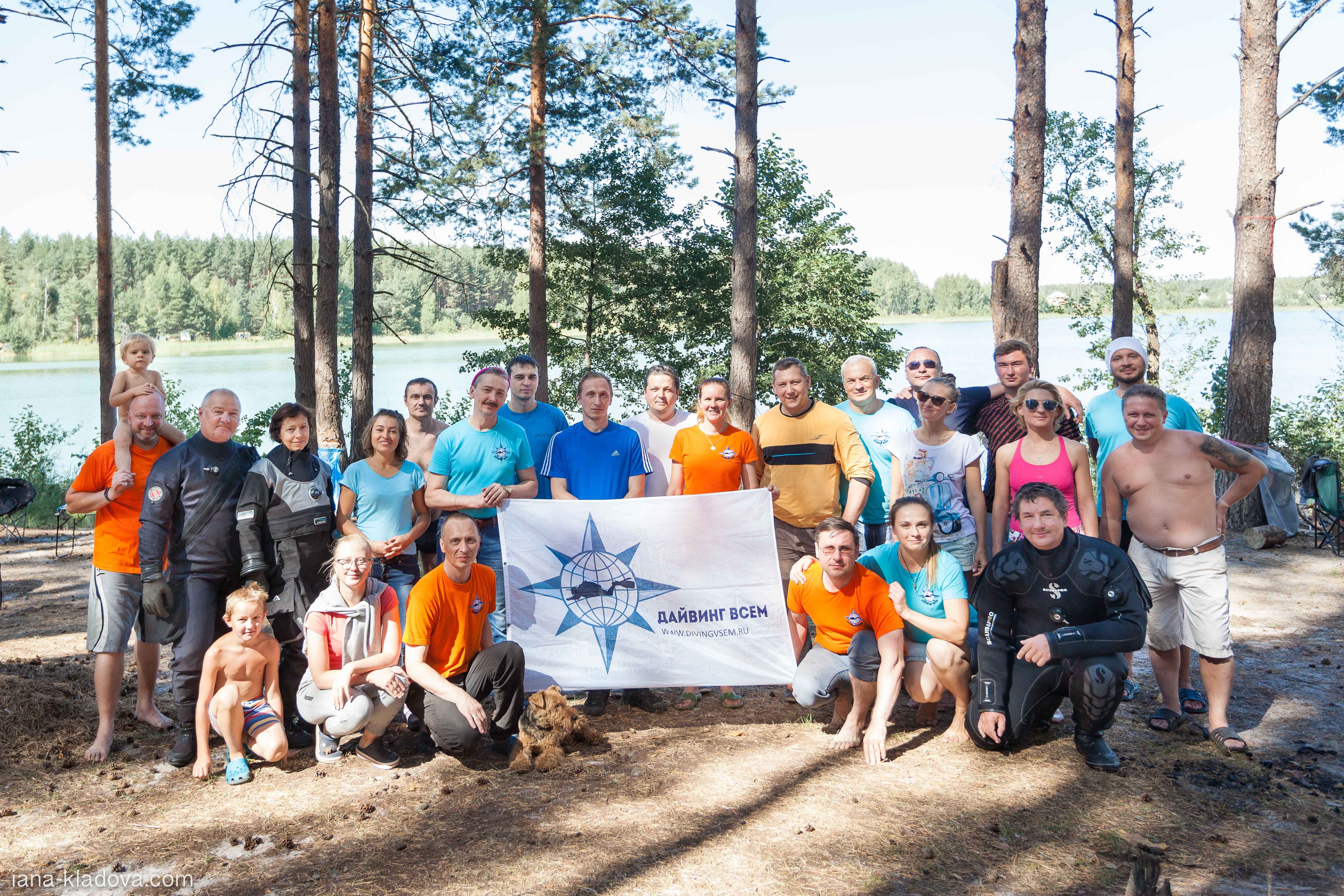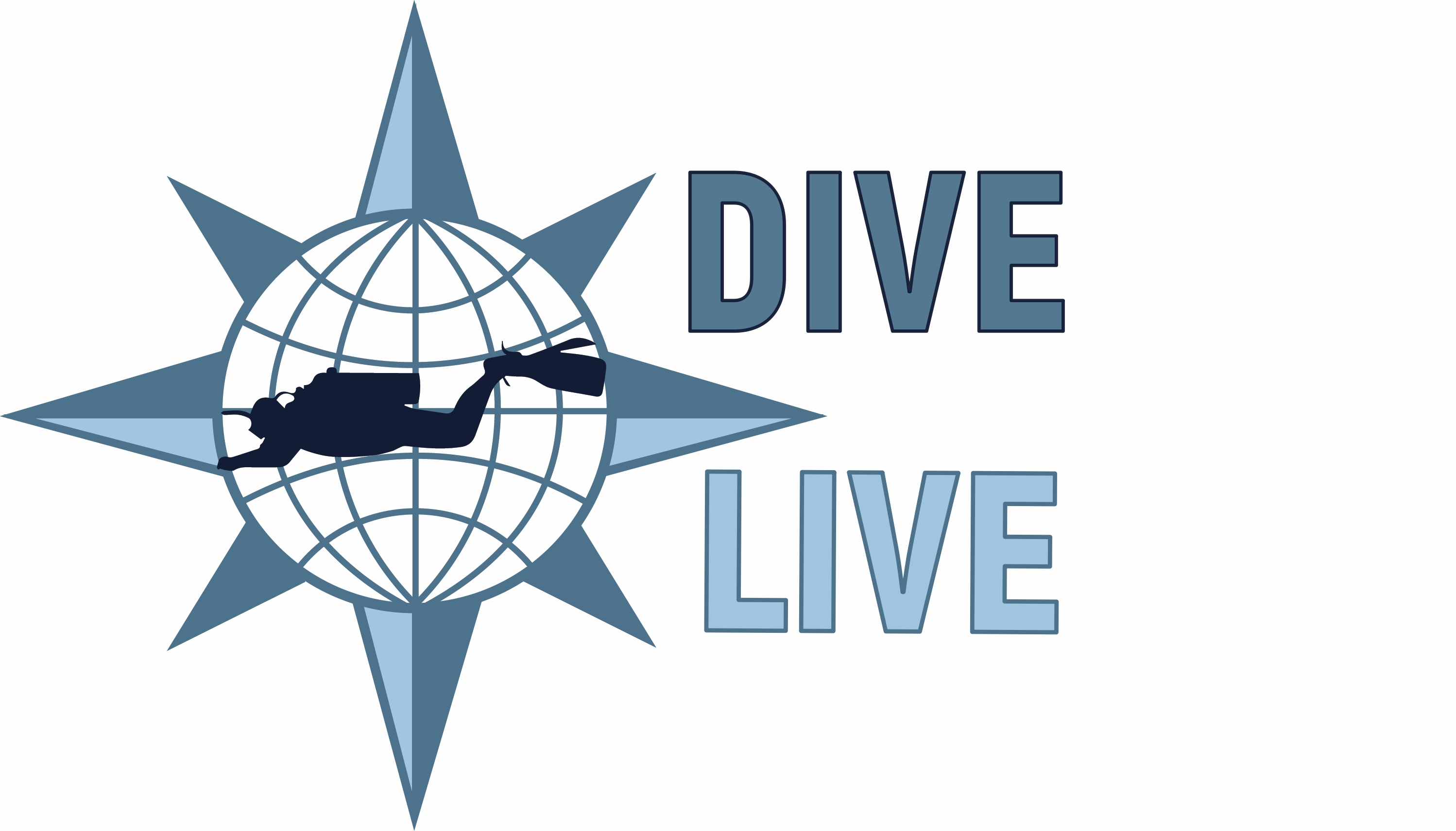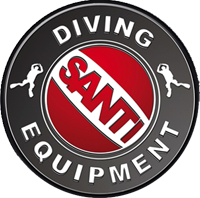ардиоупражнени€ и дайвинг
акие физические упражнени€ будут полезны дл€ зан€тий дайвингом? я часто задаюсь этим вопросом. ≈сть пр€ма€ св€зь между уровнем физической подготовки и восприимчивостью к ƒ Ѕ и другим возможным травмам в дайвинге.
’ороший уровень спортивной подготовки поможет вам: снизить потребление газа во врем€ погружений;
получать больше удовольстви€ от подводного плавани€.
ардиоупражнени€ - это комплекс упражнений, которые увеличивают сердечный ритм и усиливают циркул€цию крови по всему телу.
ардиотренировки улучшают качество жизни, а также
получать больше удовольстви€ от подводного плавани€.
17.05.2019
ƒва основных типа кардиотренировок:
Ќ»»“ работают, использу€ аэробную систему

Ќ»»“ €вл€етс€ аэробной формой упражнений, так как в основном использует кислород дл€ получени€ энергии. Ќизкоинтенсивна€ аэробика представл€ет собой непрерывную продолжительную работу, при которой пульс равен 60-70% от максимального „—— за 20 и более минут нагрузки. ѕримеры Ќ»»“:
· быстра€ ходьба или легкий бег;
· прогулки по пересеченной местности или ходьба на беговой дорожке под уклоном;
· спокойна€ езда на велосипеде или гребл€;
· степпинг - подъем на возвышение без помощи рук или ходьба по лестнице.
¬аше тело быстро адаптируетс€ к нагрузкам при Ќ»»“. ¬еро€тно, чтобы ощущать прогресс от тренировок, вам придетс€ работать на разных скорост€х и увеличивать дистанцию. аждый раз ставить более амбициозные цели.
ака€ польза от Ќ»»“?
ќтлично подходит дл€ укреплени€ сердечно-сосудистой системы.
“ребует гораздо меньше усилий, чем ¬»»“. ќрганизм меньше подвергаетс€ стрессу. Ёто значит, что вы можете проводить Ќ»»“ сессии чаще, чем ¬»»“ сессии.
ќтлично подходит дл€ людей после травм или с низким уровнем физической подготовки. ¬о врем€ Ќ»»“ вы сжигаете меньше калорий, но это требует больше времени.
¬»»“ использует анаэробную систему

¬»»“ анаэробна€ форма нагрузки. ƒл€ получени€ энергии тело использует гликоген, который хранитьс€ в мышцах, вместо того, чтобы использовать кислород. √ликоген - полисахарид на основе глюкозы, выполн€ющий в организме функцию энергетического резерва. ¬»»“ включает в себ€ периоды интенсивной нагрузки, за которыми следуют периоды отдыха дл€ восстановлени€.
ћногие люди выполн€ют ¬»»“ тренировки неправильно. ќни думают, что за работой на высоких нагрузках должна следовать работа на низких. Ёто не совсем так. ¬»»“ работает почти на максимуме, а за этим следует период отдыха дл€ восстановлени€. ≈сли вы не отдыхаете, так как работаете на низкой нагрузке, то вы не сможете работать на 100% во врем€ высокоинтенсивной нагрузки.
¬о врем€ ¬»»“ ваша цель - увеличить сердечный ритм до 80-95% от максимального „——, но так чтобы это было безопасно дл€ здоровь€. ѕримеры ¬»»“:
· кругова€ тренировка;
· интервальные формы бега, езды на велосипеде и плавани€.
ƒл€ примера возьмем беговую интервальную тренировку. —хема проста€ – 20-30 секунд бежите на уровне 80% от максимальной „——, затем отдыхаете 1 минуту. “ак повтор€ете в течение 15-20 минут, после полностью расслабл€етесь.
ака€ польза от ¬»»“?
Ёкономи€ времени. ¬ы можете сократить продолжительность тренировок, благодар€ высокой интенсивности. Ёто отлично подходит дл€ тех, у кого мало времени.
”меньшение жировой прослойки при минимальном риске потер€ть мышечную ткань.
«начительный рост аэробных (выносливость) и анаэробных (мышечна€ масса) показателей.
ѕродолжительный метаболический эффект. Ёто объ€сн€етс€ тем, что в отличие от классического кардио ¬»»“ сжигает большее количество калорий не в процессе, а после тренировки за счет эффекта повышенного поглощени€ кислорода в период восстановлени€. Ётот эффект называетс€ EPOC (excess post-exercise oxygen consumption).
”лучшение работы сердечно-сосудистой системы и снижение кров€ного давлени€.
ѕовышение чувствительности к инсулину. ¬ысока€ чувствительность к этому гормону позвол€ет эффективнее использовать углеводы в качестве источника энергии вместо того, чтобы направл€ть их в жировые депо. Ёто снижает уровень сахара в крови и, как следствие, снижает риск развити€ диабета второго типа.
»мейте в виду, если вы не в отличной физической форме, работа на максимальных нагрузках может быть опасна. ¬сегда консультируйтесь с врачом, если не уверены.
≈сли вы недостаточно тренированы, ¬»»“ может привести к травме из-за интенсивности нагрузок. ≈сли только начинаете тренировки, попробуйте сначала выдержать 20-30 минут Ќ»»“. ≈сли все пройдет успешно, постепенно переходите к ¬»»“. —начала увеличение физической нагрузки может быть изнур€юще дл€ тела и потребует больше времени дл€ восстановлени€ между сесси€ми.
„то же выбрать?
¬ыбирайте оба варианта! ак вы видите, оба типа кардио имеют свои плюсы и результаты. ¬ажно поддерживать баланс, если хотите быть в форме в разных жизненных ситуаци€х, в том числе и в дайвинге. Ѕудь вы абсолютным новичком в спорте или опытным спортсменом, вы однозначно получите выгоду, если включите Ќ»»“ и ¬»»“ в ваш план тренировок. Ѕлагодар€ этому, вы улучшите работу сердечно-сосудистой системы, что благотворно скажетс€ на зан€ти€х подводным плаванием.
¬ы никогда не будете сожалеть, что начали тренироватьс€. ¬о врем€ тренировок организм вырабатывает гормоны счасть€ – эндорфины - ваше настроение улучшаетс€, а уровень стресса снижаетс€. ¬ыбира€ кардио, вы получите выгоду и в обычной, и в подводной жизни.
«анимаетесь ли вы спортом помимо дайвинга, чтобы поддерживать себ€ в форме? акой ваш любимый тип упражнений?
јвтор ристен ‘ассолас
ѕеревод “ать€на Ќикитина
аникулы на √олубом озере абардино-Ѕалкарии. Ќе только дайвинг.
≈жегодный тур, который мы делаем – Ќовогодние каникулы на √олубом озере абардино-Ѕалкарии. ƒайвинг в минеральной воде пробовали? ≈сть возможность! ћинерализаци€ √олубого озера 1000 мг/л, что соответствует слабоминерализованной воде. упание в минеральной воде укрепл€ет иммунитет, омолаживает организм, улучшает мозговую де€тельность. Ќасколько это справедливо дл€ дайвинга в √олубом озере науке неизвестно, но хочетс€ верить. ѕоэтому ездим туда уже семь лет.
ƒорога
11.02.2019
ƒорога на машине до √олубого озера из ћосквы занимает два дн€ с остановкой на ночевку в –остове-на-ƒону. ѕару раз мы ездили без остановок со сменой водител€. Ќо это было настолько утомительно, что не имело смысла. роме этого ночью зимой ехать достаточно сложно: часто встречаютс€ густые туманы, есть отрезки дороги с одной полосой в одну сторону, не раз попадались дикие животные, выход€щие на дорогу. ¬ общем, мы отказались от ночных марафонов, в пользу безопасности и спокойного сна.
√остиница
¬ этом отеле живем на √олубом озере. ‘ото из архива ƒайвинг ¬сем.
ќзеро
«имнее √олубое озеро, €нварь 2019 г. ‘ото из архива клуба ƒайвинг ¬сем.
Ќижнее √олубое озеро (÷ерик- Єль, по-другому „ерек- Єл) – одно из п€ти карстовых озер с объедин€ющим названием «√олубые озера» в „ерекском районе абардино-Ѕалкарии. «÷ерик-кЄль» в переводе с балкарского означает «гнилое озеро», «пахнущее озеро». абардинцы называют озеро «÷ерек-јна», что означает «мать „ерека». Ѕытует еще одно название – «ѕсыхурей», что означает «кругла€ вода».—огласно легенде, впадина образовалась при падении дракона, поверженного сказочным героем нартского эпоса Ѕатразом. ƒракон лежит на дне и наполн€ет озеро слезами.√олубое озеро – центр прит€жени€ туристов со всего авказа и дайверов со всей западной части –оссии. “уристы едут, чтобы сфотографироватьс€ на фоне «главной достопримечательности абардино-Ѕалкарии». ј дайверы, чтобы погрузитьс€ в главную достопримечательность.
ѕод водой
¬ход в воду с понтона широким шагом. январь 2018. ‘отографи€ яны ладовой.
ћое любимое направление на √олубом озере – направо. „уть отойд€ от понтона, попадаешь на изумрудный ковер из водорослей и видишь удивительный подводный лес. ѕлывем дальше, к самому краю бездны. «десь открываетс€ замечательное зрелище: из черной глубины озера поднимаютс€ пузыри технических дайверов, возникает ощущение, что дышит дракон. Ѕудьте аккуратны – бездна манит, если не контролировать глубину, можно уйти глубже, чем рассчитывали.

овер из водорослей и лес наход€тс€ на глубине около 20 метров. январь 2018. ‘отографи€ яны ладовой.
≈сли пойдете налево, увидите русалку-дайвера, декостанцию и столбики с отметками глубины. ѕоследний столбик стоит на 40 метрах. –екреационные дайверы отсюда начинают подъем вдоль скалы. “ыс€челетние скалы имеют четкую структуру, ровные кра€ и свое летоисчисление. ƒайвер здесь всего лишь гость на очень-очень короткое врем€.
ѕодводные скалы слева. январь 2019 г. ‘отографи€ яны ладовой.
ѕоездка на √олубое озеро дл€ дайвера-любител€ - отлична€ возможность сдать курс сухого костюма, глубоководные погружени€ и просто поныр€ть в озере с удивительной прозрачностью. ј дл€ технических дайверов это ћекка, где можно совершить глубоководные погружени€ или пройти обучение по курсам технической ветки: от DP до Advanced Trimix Diver.
ƒайвинг центр
ќколо ÷ентра ѕодводных »сследований. январь 2018 г. ‘отографи€ яны ладовой.
Ёто не обычный дайвинг центр – это насто€щий ÷ентр ѕодводных »сследований. –уководитель ÷ѕ» – Ёдуард ’уажев, инструктор с большим опытом технических погружений и со специфическим чувством юмора. — одной стороны мы его видели, как сурового горца, а с другой, как гостеприимного и мудрого хоз€ина. ¬ дайв-центре работает и его жена - јнжела. јнжела – перва€ женщина инструктор в абардино-Ѕалкарии. ак она успевает и поесть приготовить, и пор€док навести в дайв-центре, и поговорить с нами, просто диву даешьс€. “ретий член команды – ≈вгений. ∆ен€ – главный водоплавающий центра. ќн проводит пробные погружени€, брифинги дл€ команд и сопровождает одиноких дайверов во врем€ погружений.
ухн€

Ќа тарелке хычин с м€сом. ‘ото из архива клуба ƒайвинг ¬сем.
Ўашлыки готов€т в основном из баранины, но могут сделать из гов€дины, курицы или рыбы. —амый вкусный дл€ мен€ жал-баур – это приготовленна€ на угл€х свежайша€ барань€ печень, завернута€ в «пеленочки» из сальника.

∆ал-баур. ‘ото из архива клуба ƒайвинг ¬сем.
—упы – шурпа и лагман. Ўурпа – суп на основе бульона из баранины с крупными кусочками м€са на кости, крупно порезанной морковью и картофелем. Ћагман – более сложное блюдо. ≈го тоже готов€т на бульоне из баранины, но добавл€ют домашнюю лапшу, болгарский перец, помидоры. » тот и другой вариант очень вкусные.
ј еще они готов€т лукумы. ¬ообще-то это десерт, но мы их ели вместо хлеба.
ћен€ иногда спрашивают: «¬ы туда едете есть или ныр€ть?». —ложно ответить однозначно, ведь иногда сытный обед переносит врем€ погружени€ на час-полтора.
–азвлечени€
„ерекское ущелье стоит как раз по пути в ¬ерхнюю Ѕалкарию. √лавный ориентир – туннель. — одной стороны будет гора, с другой ущелье. ¬доль ущель€ проложена пешеходна€ дорога. √лубоко-глубоко внизу течет река. ј посмотришь вверх и кажетс€, что облаков можно коснутьс€ рукой.
„ерекское ущелье. январь 2018 г. ‘отографи€ яны ладовой.
¬ерхн€€ Ѕалкари€ – село с населением 4300 человек. »стори€ этого поселени€ трагична: в 1944 году все балкарцы были депортированы в —реднюю јзию, при этом погибло около 1500 мирных жителей. ѕоселение было заброшено на 13 лет. —ейчас это процветающее место. аждый год приезжаем и находим новое муниципальное здание, магазин, кафе и даже навесной мост, последних уже три штуки. ѕри этом по улицам по-прежнему гул€ют коровы и ослики.
¬ажно приехать в ущелье и ¬ерхнюю Ѕалкарию засветло и в солнечный день, иначе ничего не увидите. ћы ныр€ем один раз, быстро собираемс€ и едем.
¬ерхн€€ Ѕалкари€ с высоты —торожевой башни. январь 2018 г. ‘ото яны ладовой.
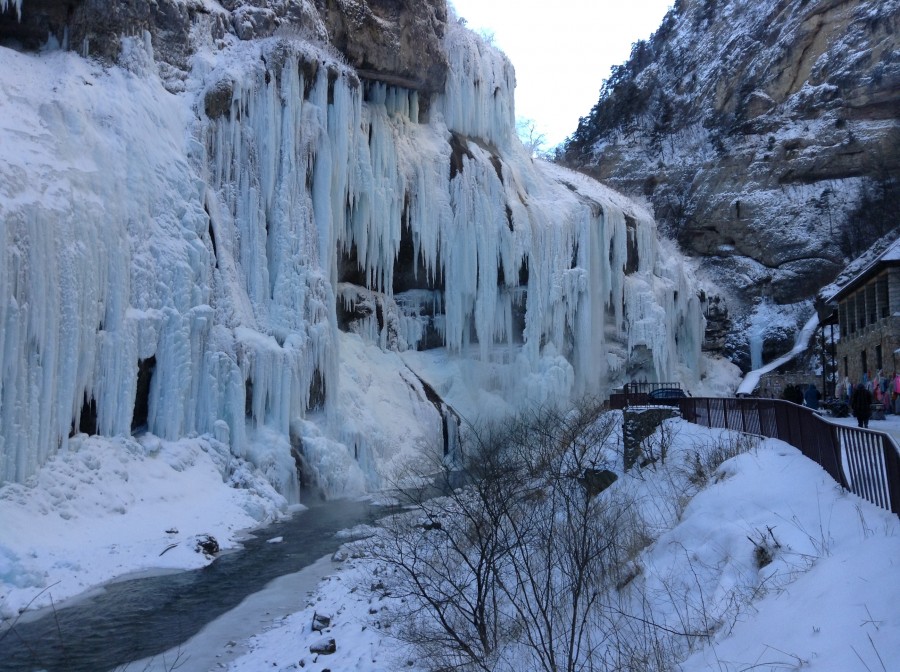
ƒј…¬»Ќ√ = ќЅў≈Ќ»≈
ƒом-работа-дом-работа — наверн€ка знакомый сценарий жизни. ¬ этом сценарии нет места дл€ себ€, на себ€. ¬ моей прошлой жизни все было также. я достигала, стремилась, бежала, уставала. ќднажды € пон€ла, что мен€ нет. ≈сть люди, цели, работа, только вот мен€ нет.
ак-то на отдыхе в ≈гипте муж предложил погрузитьс€ под воду. — тех пор в моей жизни по€вилс€ дайвинг. ѕотом там же прошла два курса Open water diver и Advanced open water diver. —пуст€ несколько лет начала посто€нно ныр€ть в –оссии.
ƒайвинг оказалс€ тем отличным от рутины миром, который дал новые силы, новую энергию. ƒайвинг дал возможность побыть с собой, услышать свои чувства. ѕомог научитьс€ понимать чувства и эмоции другого человека - напарника. » конечно, подарил удовольствие от общени€ с разными людьми: разными по профессии, полу и возрасту.
ѕобыть наедине с собой
18.01.2019
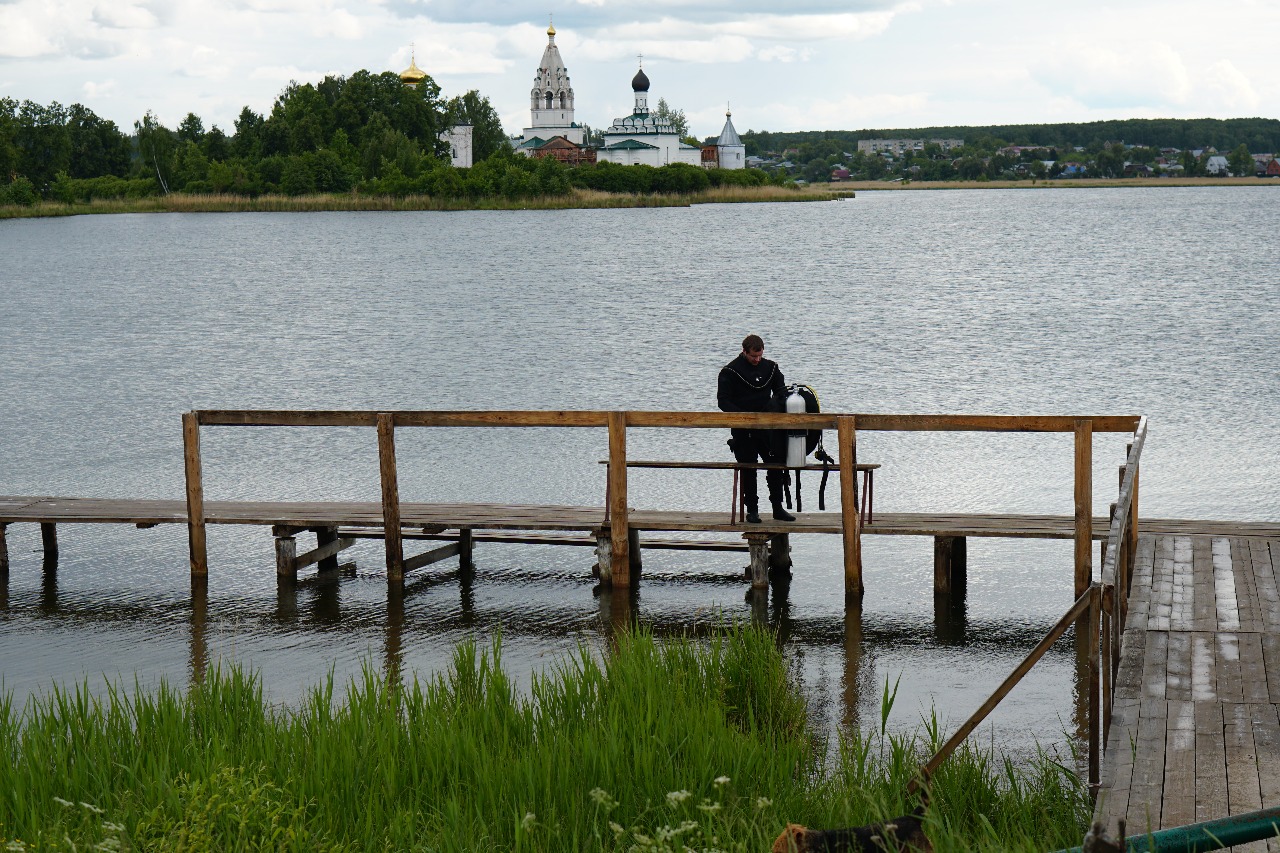
ѕон€ть другого человека
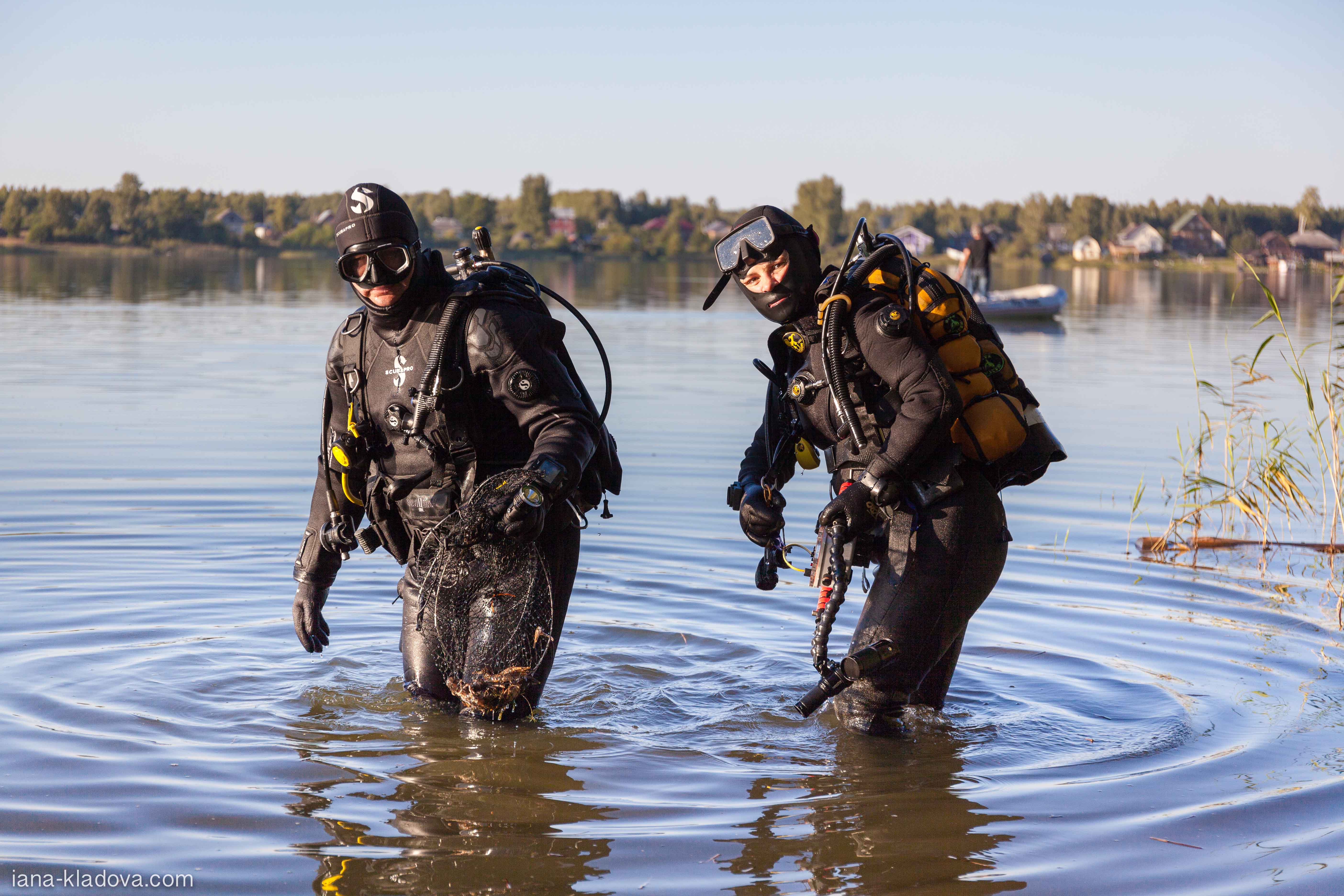
ѕолучить удовольствие от общени€
—колько стоит дайвинг. „асть III. ѕутешестви€.
уровень сложности: легка€; врем€ прочтени€: 6 мин; дл€ кого: дл€ дайверов всех уровней и любопытных
Ќе буду скрывать, это часть о поездках клуба, который мне платит деньги. «адачи показать все в розовом цвете у мен€ нет, поэтому это будет достаточно жестка€ нативна€ реклама. ѕоездки подразумевают определенные траты, о которых стоит подумать заранее. ¬ пакет услуг обычно включено: проживание и дайвинг. ƒополнительно: питание, трансферы, проезд, визы, страховка, сборы и налоги. ≈сли в объ€влении на сайте не увидите чего-то из последнего в разделе «¬ключено», это будут ваши дополнительные траты.
- р€дом с домом на выходные
- по –оссии
- за границу
26.10.2018
–€дом с домом на выходные
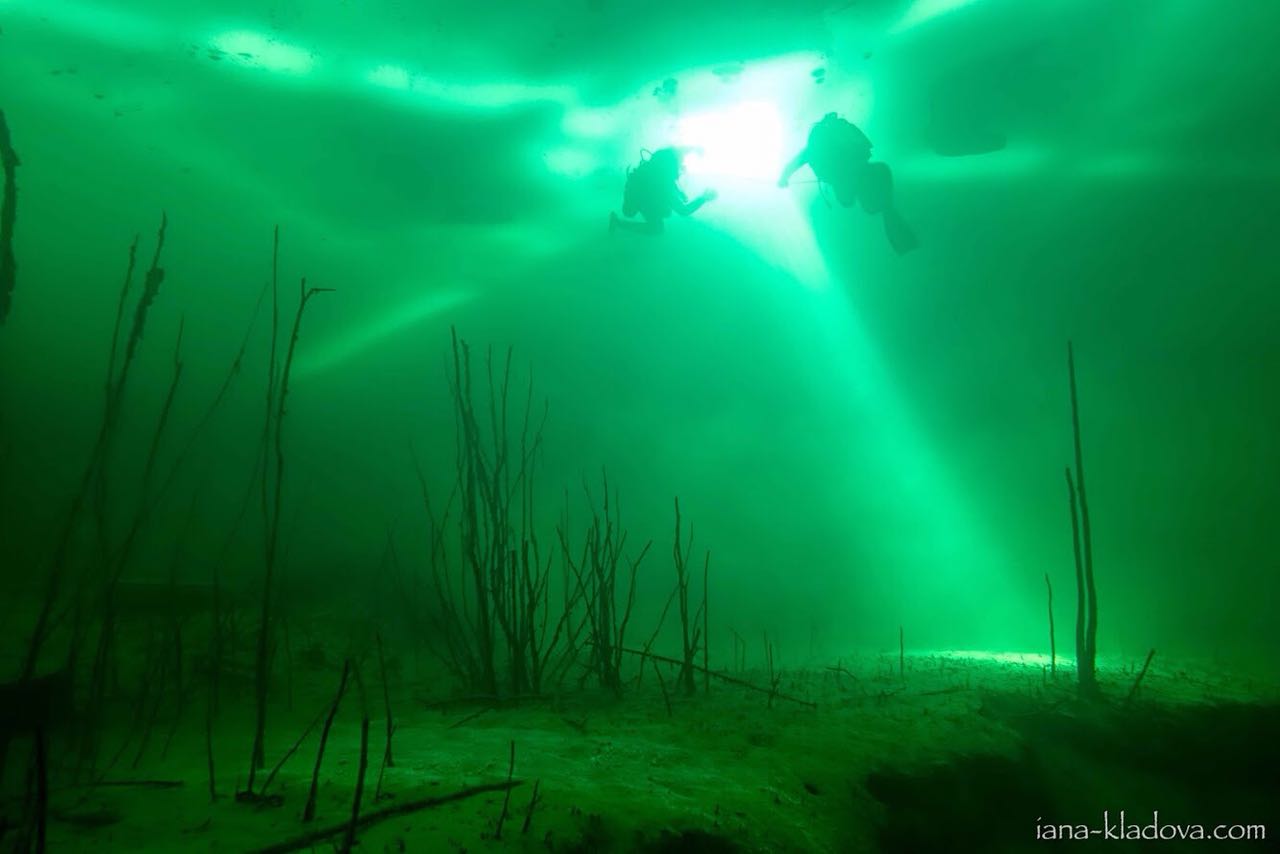
—пас- аменка, март 2018 г, фото яны ладовой
ѕлюсы:
- Ќе надо ехать далеко. ћаксимальна€ удаленность от ћосквы 360 км, 5 часов в пути.
- “рехразовое сбалансированное питание, по отзывам наших клиентов, вкусное.
- ”добное размещение. ¬се номера чистые и теплые. Ёто важно дл€ мен€, так как гр€зь и холод € не приемлю.
- Ќа Ѕелом озере глубина до 50 м, поэтому есть возможность отработать технические погружени€.
- ¬ ƒесногорске температура воды +17°, в окт€бре можно погружатьс€ в мокром костюме.
- ¬ Ќовомичуринске на глубине до 11 метров отрабатывают погружени€ на рэки. —пециально затоплены автобус, вертолет, корабль и другие объекты.
- ћинимальный уровень сертификации ноль - возможны пробные погружени€; достаточный OWD.
ћинусы:
- Ќа Ѕелом озере размещение только в палатках. Ёто люб€т не все.
- Ќа базах отдыха туалеты и души часто на этаже. Ёто сглаживаетс€ тем, что номеров не очень много – очередь не выстраиваетс€.
- —мотреть недалеко от ћосквы под водой по сути нечего.
- ¬идимость во всех водоемах примерно семь метров, но может упасть до двух, особенно после дожд€.
- ƒоступность дл€ погружений в основном лето.
ѕо –оссии
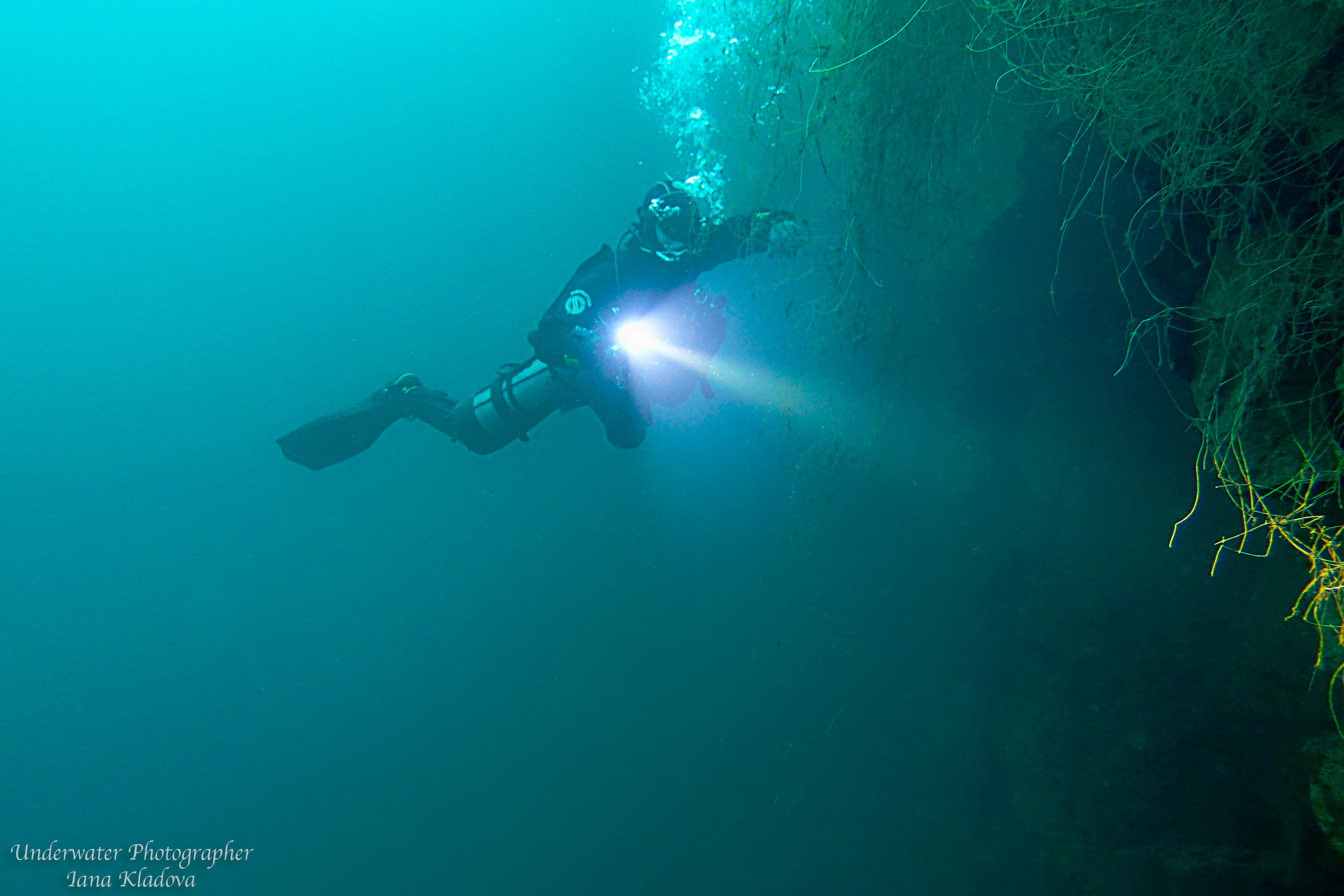
√олубое озеро, €нварь 2018 г. ‘ото яны ладовой.
ѕлюсы:
- ¬идимость до 40 метров.
- ≈сть возможность отработать технические погружени€, глубина озера 279 метров.
- ќтель в п€ти минутах ходьбы от места погружени€.
- —нар€жение не таскаем с собой – оставл€ем в дайв-центре на просушку.
- √остеприимный прием, желание помочь и готовность ответить на топ-10 дурацких вопросов.
- ќрганизаци€ погружений на мировом уровне, дайв центр принимает исследовательские экспедиции из –оссии и зарубежь€.
- „истый горный воздух.
ћинусы:
- ќднообразное питание, основанное на м€се.
- ѕростые номера, иногда без телевизора.
- Ќе ныр€ющие могут заскучать, так как находимс€ на одном месте, и зимой доступны не все экскурсии.
- “епло, но не позагораешь, температура +5° +15°, как повезет.
- “емпература воды +9° круглогодично.
- ћинимальный уровень сертификации Open Water Diver + Dry Suit Diver; желательный Deep Diver, Nitrox Diver.
«а рубеж
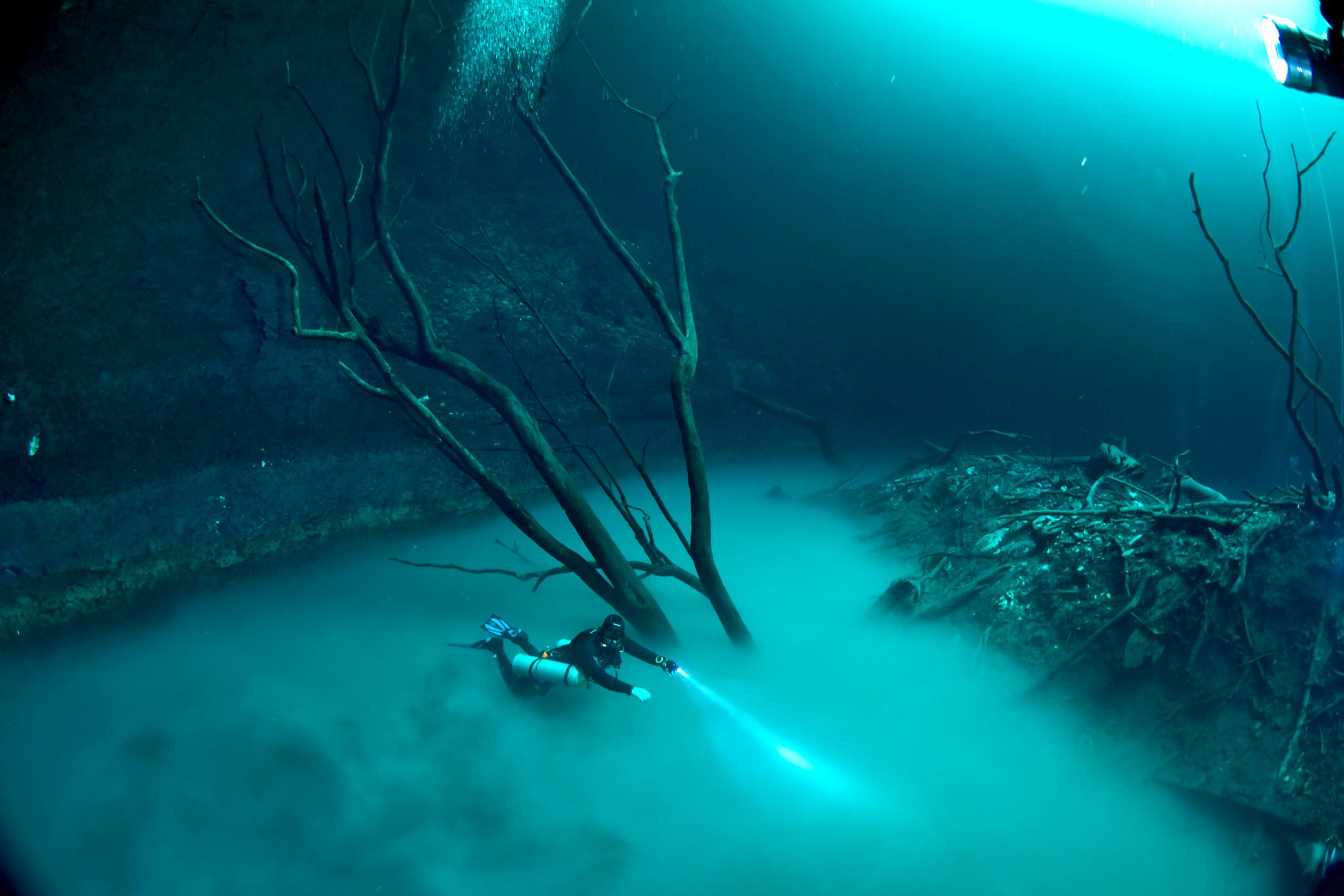
—енот јнгелита, глубина на фото 35 м. ‘ото Diversland.
ѕлюсы:
- ќтличный сервис.
- ристально чиста€ вода в сенотах.
- ѕогружени€ в пещеры при наличии соответствующей сертификации.
- ”добное размещение, отель в 5-10 минутах ходьбы от мор€. ѕ€ть в начале отдыха, дес€ть в конце.
- “ематические парки, экскурсии на пирамиды ћай€, отдых на пл€же, йога, дельфинарии.
- ѕр€мой перелет.
- –естораны с местной, италь€нской, немецкой, аргентинской кухней и с блюдами из морской живности.
- ѕри€тный климат. ƒаже при температуре +27° (средн€€ температура в апреле - мае) чувствуешь себ€ комфортно из-за достаточной влажности воздуха.
- “емпература воды в море +28°, в сенотах +25°.
- √лубины до 20 метров, за исключение сенота јнгелита. Ѕольше всего мне понравилс€ именно он. Ќе исключено, что легка€ степень азотного опь€нени€ этому способствовала.
- ћинимальный уровень сертификации: ноль - возможны пробные погружени€; достаточный Open Water Diver; желательный Deep Diver, Nitrox Diver.
ћинусы:
- ѕерелет 13 часов.
- –азница часовых по€сов -8 часов от ћосквы.
- ћестные жители не разговаривают на русском €зыке.
- ÷ены московские.
- »нтересный дайвинг только в сенотах или пещерах.
Ћирика.
ѕоддержание водного баланса в дайвинге
уровень сложности: легка€; врем€ прочтени€: 7 мин; дл€ кого: дл€ дайверов всех уровней
ѕоддержание правильного водного баланса тела важно. Ќаши тела состо€т на 65% из воды. ѕотер€ даже 10%, не компенсируема€ извне, вызывает серьезные патологические €влени€. ѕри обезвоживании падает вес тела, развиваетс€ жажда, наступает сгущение крови. ѕотер€ 20 - 25% воды – угроза дл€ жизни. ќднако часто дайверы пьют слишком мало, слишком поздно или жидкости, которые не поддерживают водный баланс.
Ћидеры технического дайвинга знают насколько важно поддерживать водный баланс. Ќапример, британские дайверы при погружении в пещеру в √реции в начале 2000х пили воду до самого входа в пещеру и во врем€ декомпрессии.
¬от три способа поддерживать правильный водный баланс в организме:
- определите, что вас обезвоживает
- пейте до погружени€
- решитесь пить воду во врем€ погружени€
11.10.2018
ќпределите, что вас обезвоживает
ѕейте до погружени€
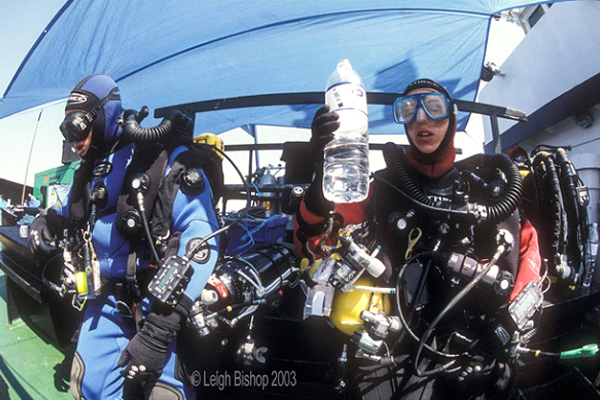
ƒайверы, готов€щиес€ к погружению на 120 м во врем€ экспедиции 2003 года, продолжают
гидратацию вплоть до точки входа в воду. ‘ото Leigh Bishop 2003.
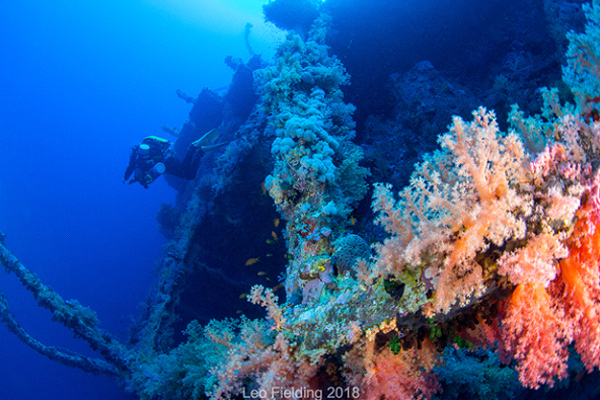
–ешитесь пить воду во врем€ погружени€
- фл€ги, специально разработанные дл€ дайверов
- фл€ги из спортивных магазинов
- герметичные пакеты с фруктовым соком
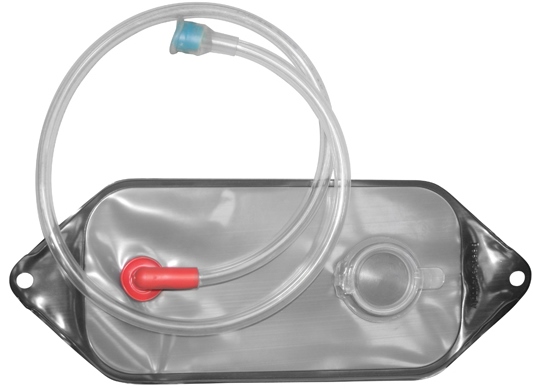
ѕоилка BTS с креплением к спарке
— ќЋ№ ќ —“ќ»“ ƒј…¬»Ќ√. „ј—“№ II. —нар€жение.
ƒайверы придирчиво выбирают снар€жение. ќт него во многом зависит безопасность и даже жизнь. » дл€ профессионалов, и любителей важно, чтобы было комфортно и удобно: нигде не мешало, легко снималось и одевалось, по возможности, весило не много.
Ѕазовый комплект дайвера:
25.09.2018
|
“рата |
—тоимость |
|
регул€тор + октопус + манометр (холодноводный) |
40 000 ₽ |
|
BCD классический |
23 000 ₽ |
|
компьютер |
15 000 ₽ |
|
шлем 6 мм |
3 000 ₽ |
|
маска |
3 000 ₽ |
|
перчатки 5+ мм |
2 500 ₽ |
|
боты |
2 800 ₽ |
|
ласты |
8 000 ₽ |
|
|
=97 300 ₽ |
|
гидрокостюм мокрый |
20 000 ₽ |
|
гидрокостюм сухой неопреновый |
50 000 ₽ |
оборудование из средней ценовой категории
ћожно приобрести и поддержанное снар€жение, тогда уложитесь в 50 тыс€ч. “акое снар€жение покупают на avito или дайверской барахолке. ѕри покупке оборудовани€ с рук попытайтесь найти общих знакомых или отзывы о продавце.
¬от то, что понадобитс€ в первую очередь.
ћаска.
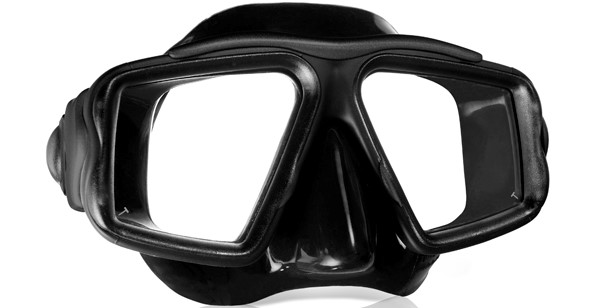
Ѕоты.
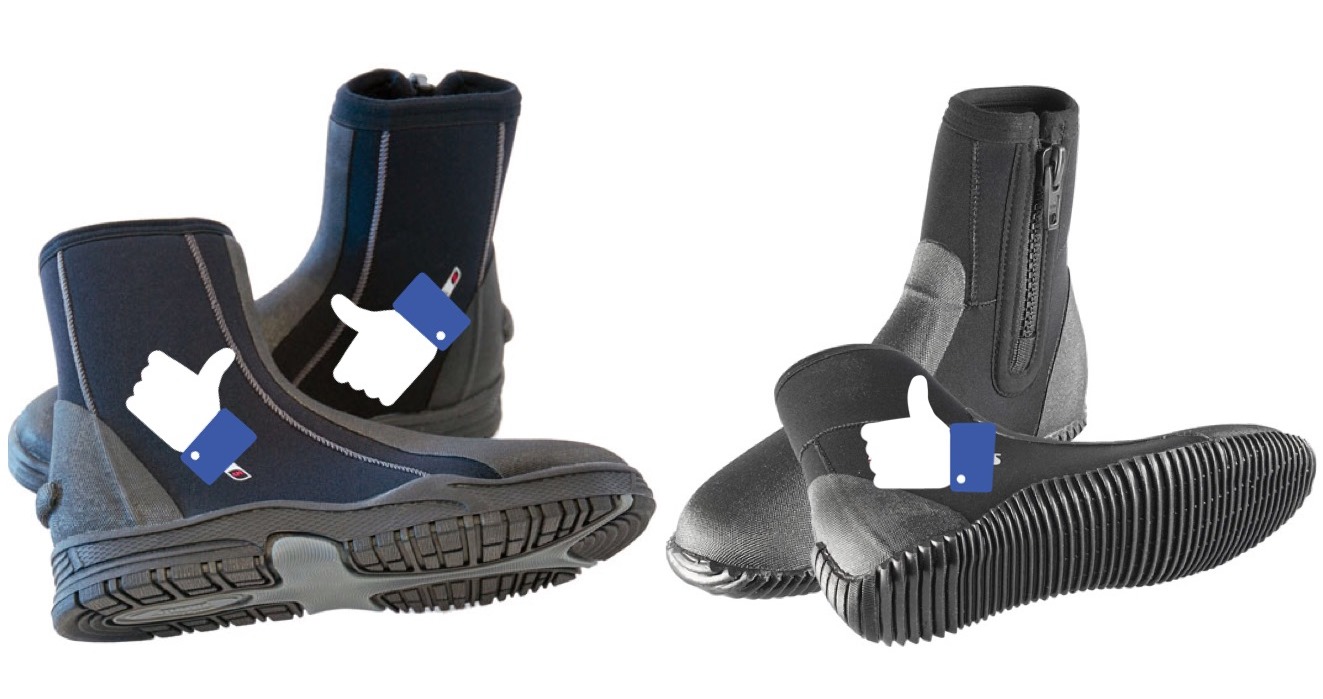
омплект регул€тор+ октопус + манометр
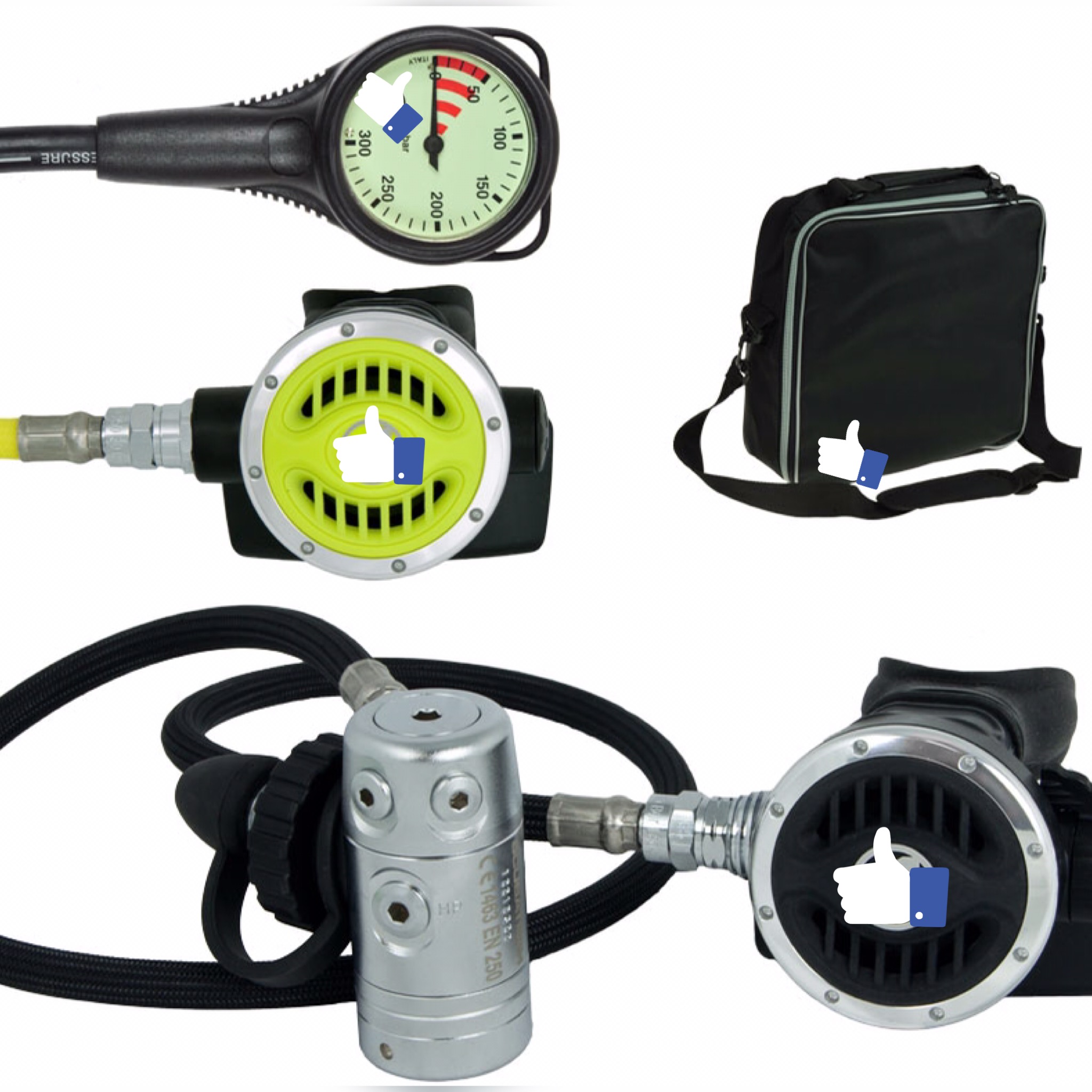
|
|
стоимость аренды в день |
стоимость нового |
срок эксплуатации |
покупка оправдана при количестве погружений в год |
|
омпьютер |
500 |
15 000 |
10 лет |
3 |
|
BCD классический |
300 |
23 000 |
10 лет |
8 |
|
Ўлем |
100 |
3 000 |
3 года |
10 |
|
ѕерчатки |
100 |
2 500 |
2 года |
12 |
|
Ћасты |
200 |
8 000 |
5 лет |
8 |
|
√идрокостюм мокрый |
400 |
20 000 |
3 года |
17 |
|
√идрокостюм сухой |
1500 |
50 000 |
10 лет |
3 |
ѕокупать полный комплект снар€жени€ сразу имеет смысл, если в год вы ныр€ете 12 дней.
ќбслуживание
„тобы снар€жение служило весь за€вленный срок эксплуатации, не забывайте за ним ухаживать и обслуживать.
ак сэкономить на аренде
ак сэкономить на покупке.
¬место вывода:
— ќЋ№ ќ —“ќ»“ ƒј…¬»Ќ√. „асть I.
уровень сложности: легка€; врем€ прочтени€: 4 мин; дл€ кого: дл€ начинающих дайверов и любопытных
- обучение
- покупку снар€жени€
- поездки
ќЅ”„≈Ќ»≈
28.08.2018
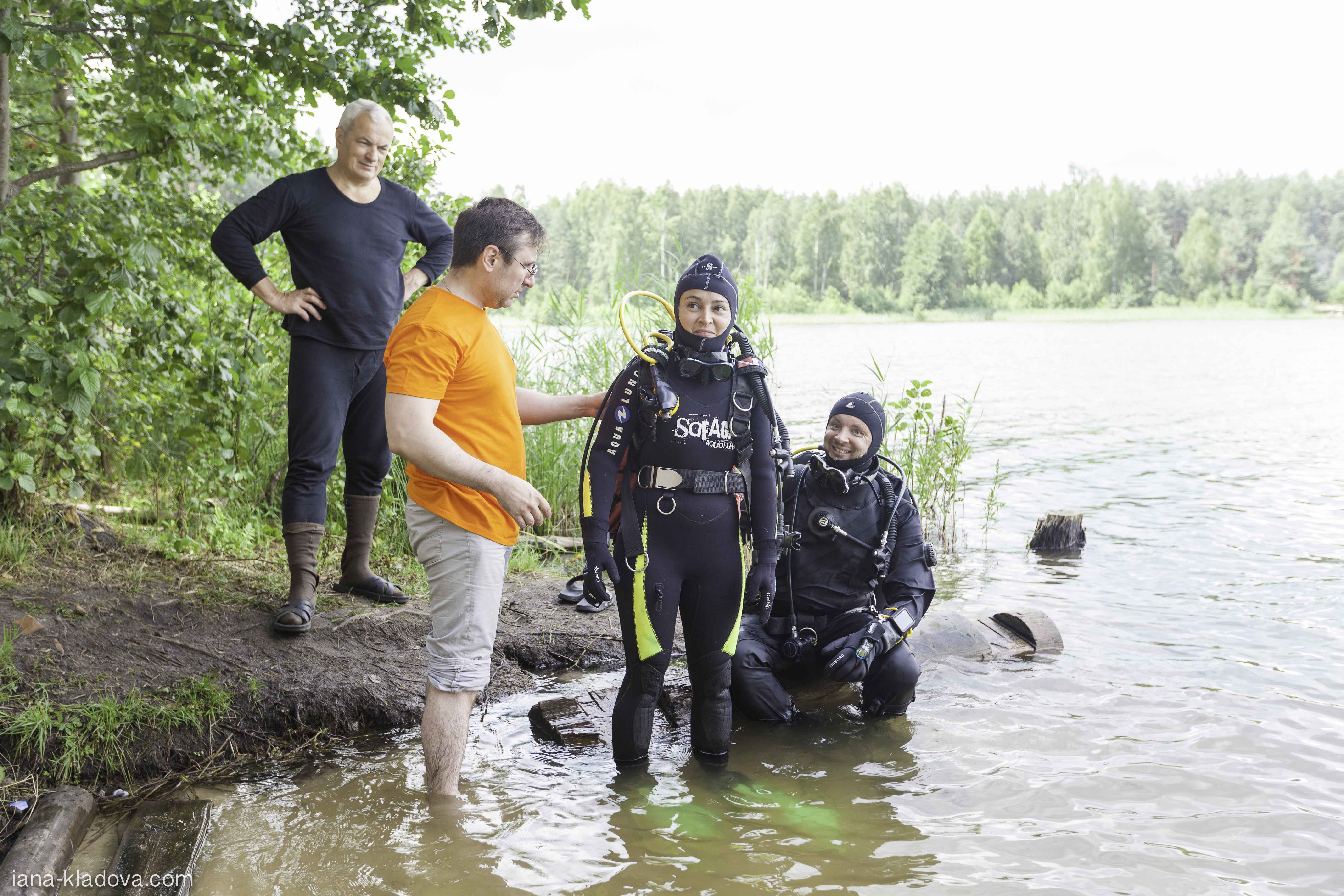
«а что вы платите:
«а что вы Ќ≈ платите:
 зан€тие в бассейне
зан€тие в бассейне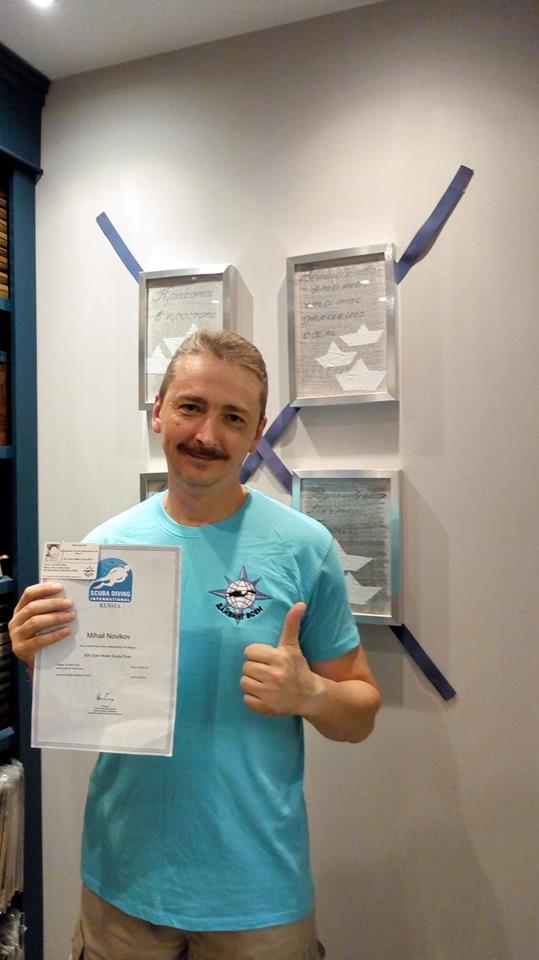 —ертификат получен!
—ертификат получен!ак сэкономить?
- „итайте то, что написано на сайтах и задавайте вопросы, чтобы узнать, что вы получите в действительности, и сколько это стоит.
- ѕриходите с другом, часто зан€ти€ в группе дешевле, чем индивидуальные.
- –ешили серьезно зан€тьс€ дайвингом? Ѕерите пакет курсов, на него чаще всего дают скидку.
ј вы готовы к вашему следующему курсу?
уровень сложности: легка€; врем€ прочтени€: 3 мин; дл€ кого: дл€ начинающих дайверов
«накомьтесь – ¬асилий.
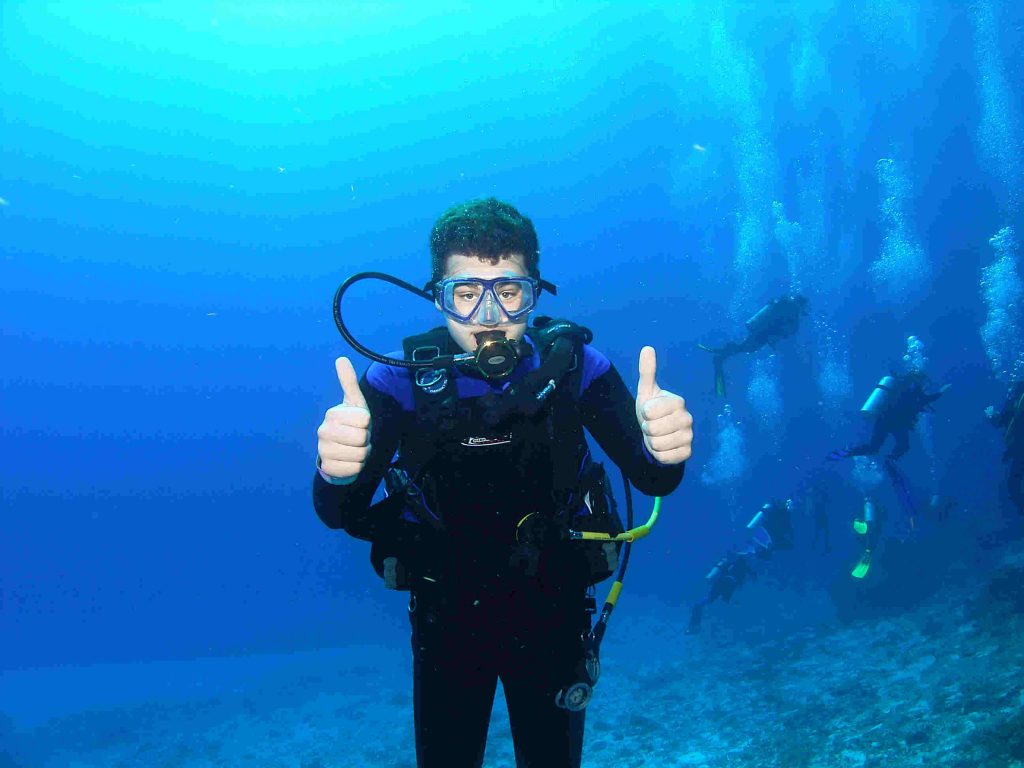 ¬асилий 2 года назад успешно сдал курс Open Water Diver в теплой стране, погружалс€ там же во врем€ каждого отпуска. ƒостигнув 30 погружений, пон€л - готов к новым свершени€м. Ќакидал план курсов: Deep, Sidemount, Caverna, Intro to cave, Full Cave, дальше пока не думал. ¬се это он собиралс€ пройти за 1 год.
ј действительно ¬асилий готов к воплощению этого плана физически и психологически? ƒавайте разбиратьс€.
¬асилий 2 года назад успешно сдал курс Open Water Diver в теплой стране, погружалс€ там же во врем€ каждого отпуска. ƒостигнув 30 погружений, пон€л - готов к новым свершени€м. Ќакидал план курсов: Deep, Sidemount, Caverna, Intro to cave, Full Cave, дальше пока не думал. ¬се это он собиралс€ пройти за 1 год.
ј действительно ¬асилий готов к воплощению этого плана физически и психологически? ƒавайте разбиратьс€.
 ¬асилий 2 года назад успешно сдал курс Open Water Diver в теплой стране, погружалс€ там же во врем€ каждого отпуска. ƒостигнув 30 погружений, пон€л - готов к новым свершени€м. Ќакидал план курсов: Deep, Sidemount, Caverna, Intro to cave, Full Cave, дальше пока не думал. ¬се это он собиралс€ пройти за 1 год.
¬асилий 2 года назад успешно сдал курс Open Water Diver в теплой стране, погружалс€ там же во врем€ каждого отпуска. ƒостигнув 30 погружений, пон€л - готов к новым свершени€м. Ќакидал план курсов: Deep, Sidemount, Caverna, Intro to cave, Full Cave, дальше пока не думал. ¬се это он собиралс€ пройти за 1 год.02.07.2018
‘изическа€ готовность
- встал в конька,
- во врем€ упражнени€ «затопление маски» упал на дно,
- с потерей регул€тора справилс€ без проблем,
- баллон достиг 50 бар через 20 минут.
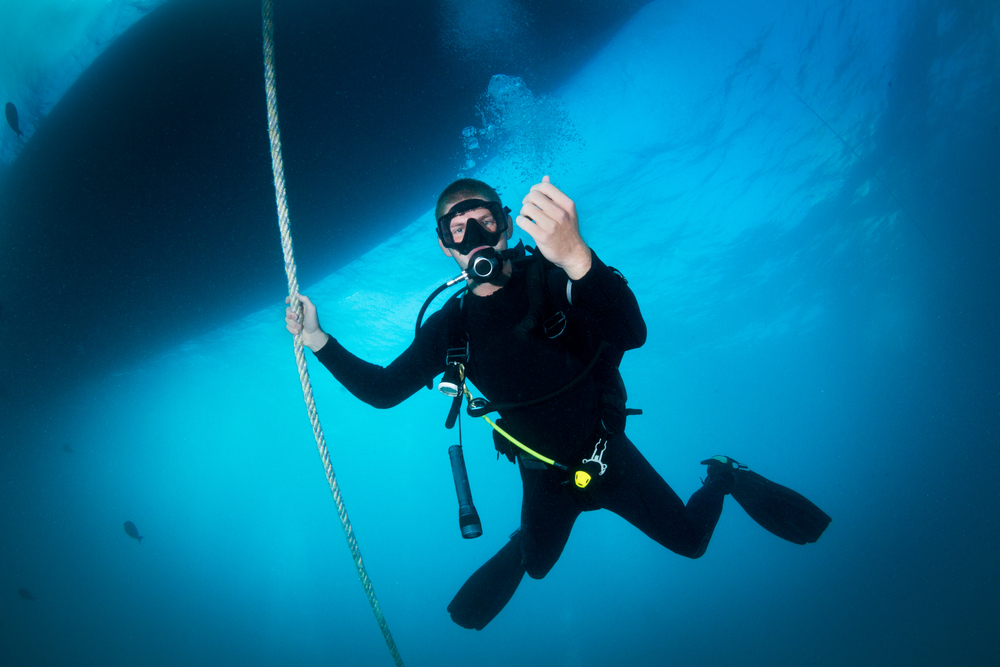
ѕсихологическа€ готовность
√≈Ћ»… Ц ’ќЋќƒЌџ… √ј«?
ћатериалы с сайта www.tdisdi.com
јвторы: João Neves & Christian Thomas
ѕеревод “ать€на Ќикитина
я удивилс€, когда недавно обнаружил, что в сообществе дайверов все еще живет понимание, что гелий – холодный газ дл€ дыхани€. ѕоэтому € подумал, что следует вновь и более подробно исследовать эту тему.
»так, гелий холодный? Ёто зависит от его использовани€. я надеюсь, что прочт€ этот маленький текст, маленький по сравнению с объемными работами на эту тему, вы сделаете обоснованные выводы.
ƒавайте начнем с некоторых определений, которые помогут нам на пути.
“ерморегул€ци€
18.06.2018
ѕтицы и млекопитающие теплокровные, это означает, что температура тела достаточно высока€ и не зависит от окружающей среды. ” человека поверхностна€ температура составл€ет 36,6°—, внутренних органов или температура €дра 38°—. „тобы поддерживать ее на посто€нном уровне мы используем терморегул€торные механизмы, которые запускаютс€ терморецепторами. ќни дают быстрый и эффективный ответ - физиологическую реакцию; при температуре выше 45°— и ниже 10°— мы воспринимаем ее как боль. ƒругие сенсоры располагаютс€ глубже, в гипоталамусе и в спинном мозге. ќни вступают в работу, когда понижение температуры становитс€ опасно дл€ жизни.
огда внутренн€€ температура начинает расти (гипертерми€), кровеносные сосуды раст€гиваютс€, чтобы увеличить поверхность соприкосновени€ с внешней средой, работа€ как радиатор автомобил€. ѕот испар€етс€ с поверхности кожи и охлаждает ее. ƒыхание становитс€ более интенсивным, чтобы убрать избыток жары через легкие.
огда температура снижаетс€ (гипотерми€), сосуды сужаютс€, чтобы снизить потери тепла через кожу и переместить всю жидкость к внутренним органам. Ёто может иметь негативные последстви€: усиление диуреза, и, как следствие, обезвоживание. ћетаболизм и дыхание усиливаютс€, чтобы производить больше тепла дл€ компенсации потерь. “ермогенез занимает от 15 до 20 минут до достижени€ пика. ѕосле этого активность снижаетс€ по мере истощени€ запасов энергии, и через два часа ее производство падает до половины.
–аздел€ют два типа действи€ холода на организм
–езкое неожиданное воздействие холодом включит защитные механизмы терморегул€ции: гипервентил€ци€, сильна€ дрожь и сужение сосудов. ѕри очень низких температурах может случитьс€ обморок и дыхательна€ недостаточность. Ёто неврологическа€ реакци€ запускаетс€, даже если температура тела не упала ниже нормальной отметки.
ћедленное продолжительное охлаждение тела, такое как дайверы испытывают при длительных глубоких погружени€х. Ќервна€ реакци€ снижена и, в р€де случаев, незаметна. ѕри этом периферийные сосуды сужаютс€ с самого начала, чтобы уменьшить тепловой обмен через кожу и сохранить температуру. ј другие психофизиологические реакции и экстренное производство энергии будут замедленны.

огда термогенез перестанет справл€тьс€ с тепловыми потер€ми, температура начнет падать. ƒайвер не чувствует этого и поэтому не знает о медленном опасном начале гипертермии.
огда температура €дра достигнет 36°, реакции и мышление человека будут замедленны и ошибочны, продолжать погружение в таком состо€нии опасно.
ѕотери тепла
— глубиной потери тепла и риск гипортермии возрастают, поэтому сохранение тепла жизненна€ необходимость в техническом дайвинге. Ќо кроме вышесказанного, важно помнить, переохлаждение затрудн€ет вывод инертных газов из тканей, что приводит к увеличению веро€тности ƒ Ѕ.
¬ этой части вы узнаете пути, по которым тепло покидает наше тело.
ѕотер€ тепла при дыхании (через легкие)
- нагрев вдыхаемого газа
- увлажнение вдыхаемого газа (скрыта€ теплота)
ѕотери тепла через кожу
- испарение (потоотделение)
- излучение (радиаци€)
- теплопроведение (кондукци€)
- конвекци€
ѕотери тепла через кожу могут быть минимизированы за счет подбора оборудовани€ и термозащиты. ј вот при дыхании избежать или проконтролировать их нельз€. Ётот аспект важно учесть во врем€ глубоководных погружений.
ѕотери тепла при дыхании: легкие
ѕри прохождении через скубу газы резко снижают давление. Ќа глубине 80 м в начале донного времени, давление донного газа уменьшаетс€ с 200 бар до 19 бар, и с 19 до 9 бар при каждом вдохе. ¬незапное понижение давлени€ снижает температуру газа до очень низких значений, иногда ниже 0°—. онечна€ температура вдыхаемого газа зависит от температуры воды, объема и массы газа. „ем глубже вы идете, тем холоднее становитьс€ вода, тем больше объем газа вы потребл€ете, тем холоднее становитьс€ вдыхаемый газ. ћы не можем почувствовать столь низкую температуру вдыхаемого газа, так как у нас нет терморецепторов в дыхательных пут€х (трахее и легких). ѕоэтому реакци€ организма, чтобы уменьшить теплопотери, не будет активирована до конца состо€ни€ гипотермии.
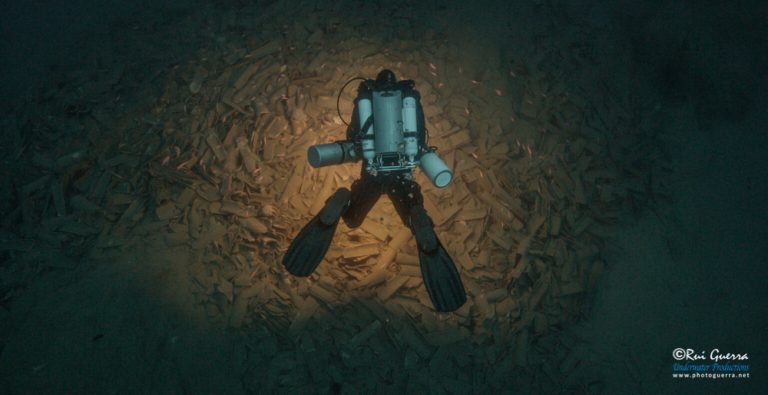
Ћегкие на уровне альвеол – идеальные теплообменники, благодар€ их очень большой поверхности. ќни моментально нагревают и увлажн€ют вдыхаемый газ до температуры €дра 38°—. ј вот бронхи и трахе€ – плохие теплообменники, газ, который остаетс€ в них, подогреваетс€ лишь частично.
¬о врем€ отдыха человек вдыхает примерно 0,5 л. газа, при умеренных нагрузках - 1,5 л., остаточный объем около 0,15 л. “аким образом, только 80% вдыхаемого газа подогреваетс€ до внутренней температуры тела. Ќа 80 м объем потребл€емого газа возрастает в 9 раз по сравнению с поверхностью. Ёто значит, что на глубине через легкие вы тер€ете тепло в 9 раз быстрее, чем в холодный день на берегу. ћы будем использовать эти цифры позже дл€ некоторых интересных расчетов.
√лубоководные коммерческие водолазы знают об этих теплопотер€х, поэтому используют внешние источники подогрева газа. Ќо в случае прерывани€ подачи газа, разрыва шланга или другого подобного инцидента они нуждаютс€ в другой возможности спасени€. Ќеожиданный вдох более плотного очень холодного газа может привести к фатальной психоневрологической реакции, например, к сужению глотки.
ѕотери тепла через испарение – скрытые потери
Ѕольше всего газ охлаждаетс€ в первой ступени регул€тора. — каждым вдохом создаетс€ «замораживающий эффект» вокруг седла клапана. Ёта область начинает забирать тепло у тела регул€тора, а тот из окружающей воды. „ерез некоторое врем€ температура седла клапана стабилизируетс€, но останетс€ ниже нул€. Ћюба€ влага в газе превратитс€ в лед, и регул€тор встанет на свободную подачу воздуха. огда это произойдет, невозможно будет остановить подачу газа. —реднее давление будет расти, и открыта€ втора€ ступень встанет на free flow. —амое лучшее – быстро перекрыть баллон. ” вас есть несколько секунд до того, как давление газа упадет до 0.
ƒл€ предотвращени€ этого газ в баллоне должен быть достаточно сухим. »менно поэтому компрессоры оснащены системами фильтрации и отвода конденсата дл€ воды. ѕомните, что чем глубже вы идете, тем холоднее становитс€ газ, и тем более веро€тна заморозка регул€тора. Ѕудьте предельно внимательны к фильтрам в компрессоре, когда готовите смесь trimix!
”влажненный газ просто не может использоватьс€ на больших глубинах, поэтому приходитс€ увлажн€ть его через легкие. “акое увлажнение достигаетс€ испарением воды с внутренних стенок альвеол. »спарение подразумевает передачу тепла, так как энерги€ необходима дл€ превращени€ жидкой воды в вод€ной пар, и дальнейшее падение температуры. Ёта передача энергии называетс€ «скрытое тепло». —крытое тепло не зависит от глубины и составл€ет примерно 10 ¬т при расходе дыхани€ 20 л/мин. ”влажнение вдыхаемого газа не только истощает энергию из легких, но и €вл€етс€ важным вкладом в обезвоживание – основным игроком в начале ƒ Ѕ.
—овет: дыхание через шланг регул€тора 2 и более метра снизит тепловые потери при дыхании. ‘актически температура будет на несколько градусов выше, чем при дыхании из шланга обычной длины и будет зависеть от температуры воды. ƒо вдоха в шланге остаетс€ немного воздуха, который будет забирать тепло из окружающей воды. »де€ –использовать шланги 2 м дл€ дайверов с двум€ независимыми баллонами.
ќбщие потери энергии при дыхании.
Ќасколько потери тепла при дыхании способствуют общей тепловой потери энергии во врем€ глубоких погружений? Ѕлагодар€ высокой теплопроводности гелий в дыхательных смес€х усугубл€ет эти потери? ƒавайте сделаем некоторые расчеты и определим так ли это.
Ёнерги€, используема€ дл€ того чтобы нагреть газ, пропорциональна к массе газа и зависит от свойств газа. „ем глубже идет дайвер, тем больше масса газа, которую надо нагреть.
‘ормула:
ѕотери тепла = Cp x 0.8 ( 38 – IT ) x Q x P / 60 + LV
√де:
IT – температура вдыхаемого газа
Q – объем вдыхаемого газа (литры в минуту)
P – абсолютное давление
Cp – теплоемкость газа
LV – скрытое тепло
√аз с высокой теплоемкостью (далее —р) требует больше энергии дл€ поддержани€ температуры и наоборот отдает больше энергии, чтобы остыть и это занимает больше времени. ѕоэтому он будет лучшим изол€тором. ј вот газ с низкой теплоемкостью быстро нагреваетс€ и быстро охлаждаетс€. ќн отдает энергию легко и €вл€етс€ плохим изол€тором.
ƒл€ азота и кислорода —р примерно одинаков и составл€ет примерно 1.31 ¬т/1°—.
ƒл€ гели€ —р = 0,93 ¬т/1°—.
“еплоемкость смеси рассчитываетс€ с учетом доли газов в смеси.
ƒавайте рассмотрим 3 примера; первый с воздухом в качестве донной смеси, второй с гелием и кислородом – радикально, но это, чтобы доказать мою точку зрени€, и третий – trimix.
ѕример 1: ” дайвера расход дыхани€ 20 л/мин. ќн дышит воздухом при температуре 2ºC на глубине 50 м. акие у него будут потери тепла через легкие?
ѕотери тепла = 1.31 x 0.8 (38 – 2) x 20 x (6/60) + 10 = 85.5 ¬т
ѕример 2: ƒайвер погружаетс€ на 80 м со смесью 10/90 heliox, температура воды 2ºC. “еплоемкость смеси (0.10 x 1.31) + (0.90 x 0.93) = 0.97 ¬т/1ºC. акие будут потери тепла?
ѕотери тепла = 0.97 x 0.8 (38 – 2) x 20 x (9/60) +10 = 93.6 ¬т
≈сли в этом примере использовать воздух, то это даст уже 123,2 ¬т.
ѕример 3: ƒайвер погружаетс€ на 80 м со смесью 16/40 Trimix при температуре 2ºC. “еплоемкость смеси (0.16 x 1.31) + (0.40 x 0.93) + (0.44 x 1.31) = 1.16 ¬т/1ºC. акие будут потери тепла?
ѕотери тепла = 1.16 x 0.8 (38 – 2) x 20 x (9/60) +10 = 110 ¬т
акие выводы вы сделали?
ѕри дыхании гелий не охлаждает больше, чем азот. ”дивлены? ќднако гелий будет ощущатьс€ холоднее, так как рот и горло имеют множество терморецепторов. Ќо он требует меньше энергии, чтобы согретьс€, чем более плотные газы, такие как азот и кислород. — другой стороны он вас охладит сильнее, если использовать его дл€ поддува костюма, так как будет быстро отдавать тепло тела окружающей среде.
110 ¬т это много?
ƒл€ ответа на этот вопрос нам нужно больше данных.
“ермогенез – производство метаболической энергии
“ипичное значение дл€ метаболический тепловой энергии произведенной телом в покое около 60 ¬т:
–азличные органы: 30 ¬т
Ќервна€ система: 12 ¬т
ƒыхательные мышцы: 6 ¬т
ƒругие мышцы: 12 ¬т
»того: 60 ¬т
“еплова€ энерги€, вырабатываема€ при умеренной нагрузке, может достигать 300 ¬т. ак, например, при длительном плавании в ластах или при беге со скоростью 8 км/ч.
Ёто энерги€ производитс€ дл€ обеспечени€ активности мышц. ќбратите внимание на повышенное значение дл€ дыхательных мышц.
–азличные органы: 30 ¬т
Ќервна€ система: 10 ¬т
ƒыхательные мышцы: 60 ¬т
ƒругие мышцы: 200 ¬т
»того: 300 ¬т
“еплова€ энерги€ не может производитс€ долго. ѕосле 2х часов непрерывной нагрузки производство энергии падает до 125 ¬т. –еальный пример такого погружени€ найти трудно. ѕотребление газа дает более полезную информацию дл€ расчета уровн€ термогенеза:
8 л/мин (в покое) 100 ¬т
20 л/мин (на дне) 250 ¬т
10 л/мин (декоостановки) 125 ¬т
ѕотер€ тепла при погружении на смеси heliox составл€ла 110 ¬т. ≈сли бы мы рассматривали расход дыхани€ 20 л /мин, производ€щий 250 ¬т, у нас все равно был бы положительный баланс 140 ¬т!
Ќо не забываем ли мы о потере тепла через кожу?
“епловые потери через кожу.
ожа нагревает газ внутри костюма радиацией и кондукцией. онвекци€ перемещает тепло туда, где оно быстрее выйдет из костюма. Ёто ставит очень трудную задачу дл€ расчета, так как нет двух абсолютно одинаковых поддев, и нет двух абсолютно одинаковых человек с равным весом и идентичным количеством подкожного жира. ћы можем сделать расчет грубо, чтобы была хоть кака€-то помощь при расчете защиты от воздействи€ холода.
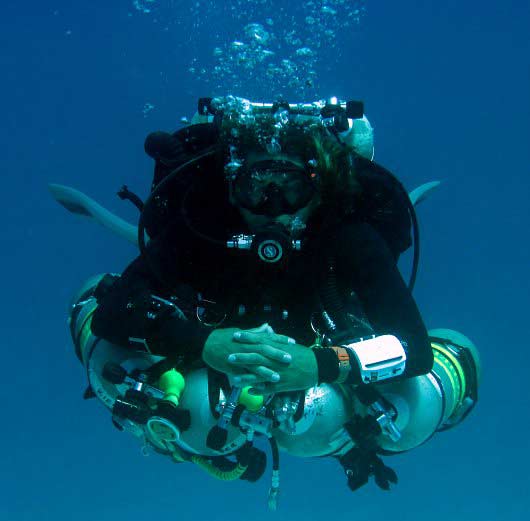
ѕроводимость играет более значимую роль в передаче тепла через костюм. «акон ‘урье гласит, что количество тепловой энергии, переход€щей из гор€чего тела в холодное, разделенное изолирующим слоем, пропорционально разности температур между двум€ телами. оэффициент пропорциональности зависит от поверхности, природы и геометрии сло€ и называетс€ теплопроводностью (¬т / ºC). „ем ниже значение теплопроводности, тем больше теплоизол€ционный слой. ≈сли рассмотреть, что тело 1 – наше теплое тело, а тело 2 – холодна€ вода, то вот что мы получим:
ѕотери тепла через кожу (Q) = (T1 – T2) / (1/H1+1/H2+1/H3+…)
√де:
Q: количество тепла
T1: температура гор€чего тела (нашего)
T2: температура холодного тела (воды)
H1: теплопроводность 1го сло€
H2: теплопроводность 2го сло€
H3: теплопроводность 3го сло€
ѕримеры значений теплопроводности дл€ различных изолирующих слоев:
¬оздушный пограничный слой 8
ѕереферийный слой жира (крупное телосложение) 15
ѕереферийный слой жира (нормальное телосложение) 30
ѕереферийный слой жира (худое телосложение) 50
ѕограничный слой воды (почти все) 70
ѕограничный слой воды (умеренный ток) 300
ѕолипропилен горный 1й слой 400
Polar fleece толщина 10 мм 7
Polar fleece толщина 7,5 мм 10
Polar fleece толщина 5 мм 14
Polar fleece 10 мм + Argon 4
Polar fleece 10 мм + Ќе 30
Ќеопрен 7 мм 20
Ќеопрен 5 мм 30
ѕресованный неопрен 4 мм 40
раш неопрен 2 мм 80
“риламинат 300
онвекци€ - перенос тепла движением жидкости/газа. ћы можем использовать воду вокруг дайвера в нашей модели как пограничный слой очень высокой проводимости. Ёто более важно в свободном мембранном костюме, чем в плотно прилегающем неопреновом сухом костюме. √идрокостюмы можно рассматривать так же, как дополнительный слой “жира”, поскольку они имеют аналогичные значени€ дл€ теплопроводности, если они плотно прилегают.
Ќижнее термобелье имеет высокую теплопроводность и высокую конвекцию. ¬ыт€гивание влаги пота от тела предотвращает ее испарение при контакте с кожей и уменьшает дальнейшее охлаждение. Ќекоторые волокна созданы именно дл€ этого. ќбратите внимание, что и другие внутренние слои должны проводить эту влагу дл€ того, чтобы она осела конденсатом на внутреннем слое костюма. Ќекоторые утеплители имеют непроницаемые внешние оболочки, которые преп€тствуют этому, и внутренние волокна насыщаютс€ конденсированной влагой, снижа€ изол€ционные свойства.
“еперь мы можем рассчитать теплопотери дл€ дайвера из нашего примера.
ƒайвер рост 1,75 м и вес 72 кг. ќн использует сухой костюм из триламината и 7,5 мм поддеву Polar fleece. ќн использует воздух дл€ подкачки костюма. “емпература воды 2ºC*, ток воды умеренный 1,5 узла. акие потери тепла через кожу мы можем ожидать?
*примечание переводчика. ¬ оригинальном тексте приводитс€ расчет при погружении в воде 10°—, что не соответствует начальным услови€м.
Q= (38-2)/ ((1/50) + (1/300) + (1/10) + (1/300) = 285 ¬т
ƒавайте сложим то, что у нас получилось:
ѕотери тепла при дыхании = 110 ¬т
ѕотери тепла через кожу = 285 ¬т
____________________________________________________
ќбщие потери тепла = 395 ¬т
“ермогенез – ќбщие потери тепла= тепловой баланс
+250 ¬т – 395 ¬т = -145 ¬т
’орошо, теперь у нас есть все что нужно дл€ расчета:
- в течение дайва на 80 м, при данных услови€х дайвер тер€ет 395 ¬т
- в этот же период он производит 250 ¬т
=> это значит, что его тепловой дефицит составл€ет -145 ¬т
¬ы можете более точно определить тепловой баланс, рассчитав дл€ разных фаз погружени€ определенный профиль и график декомпрессии.
аковы последстви€ наших выводов?
»сследовани€ данных показали, что снижение температуры тела может быть рассчитано:
ќхлаждение (ºC/час) = (“еплогенез– “ермопотери) / вес тела
»так, температура тела дайвера весом 72 кг снизитс€ на 1ºC всего за 53 минуты. ќбычное врем€ погружени€ на смеси trimix длитс€ значительно дольше. —нижение температуры даже на 1ºC может стать причиной замедленного мышлени€, потери ориентации, рассогласованности движений, апатии, дрожани€ и учащенного дыхани€. Ёто вполне веро€тный сценарий при снижении температуры. ќрганизм будет реагировать повышением метаболизма, чтобы сохранить внутреннюю температуру на уровне 38ºC. Ќо он не сможет генерировать энергию очень долго, может быть не более часа.
¬ажно: приведенные расчеты приблизительны.
ѕотери тепла трудно поддаютс€ количественной оценке и, как правило, превышают полученные значени€. Ќе имеет значени€, погружаетесь ли вы в холодных водах в сухом костюме или в тропических мор€х в мокром, теплопотер€ – риск, который всегда есть в глубоководных погружени€х. ¬о врем€ декоостановок вода может быть теплее и расход дыхани€ ниже, но вы вдыхаете более т€желый газ, поэтому ваши потери все еще значительны. ак правило, дайверы стрем€тс€ к тепловому комфорту, но рассчитывают только на определенную температуру воды и совершенно упускают из вида потери тепла при дыхании. “акже имейте в виду, гипотерми€ имеет свойство накапливатьс€, а повтор€ющиес€ ежедневные тепловые потери привод€т к неспособности тела сопротивл€тьс€ холоду.
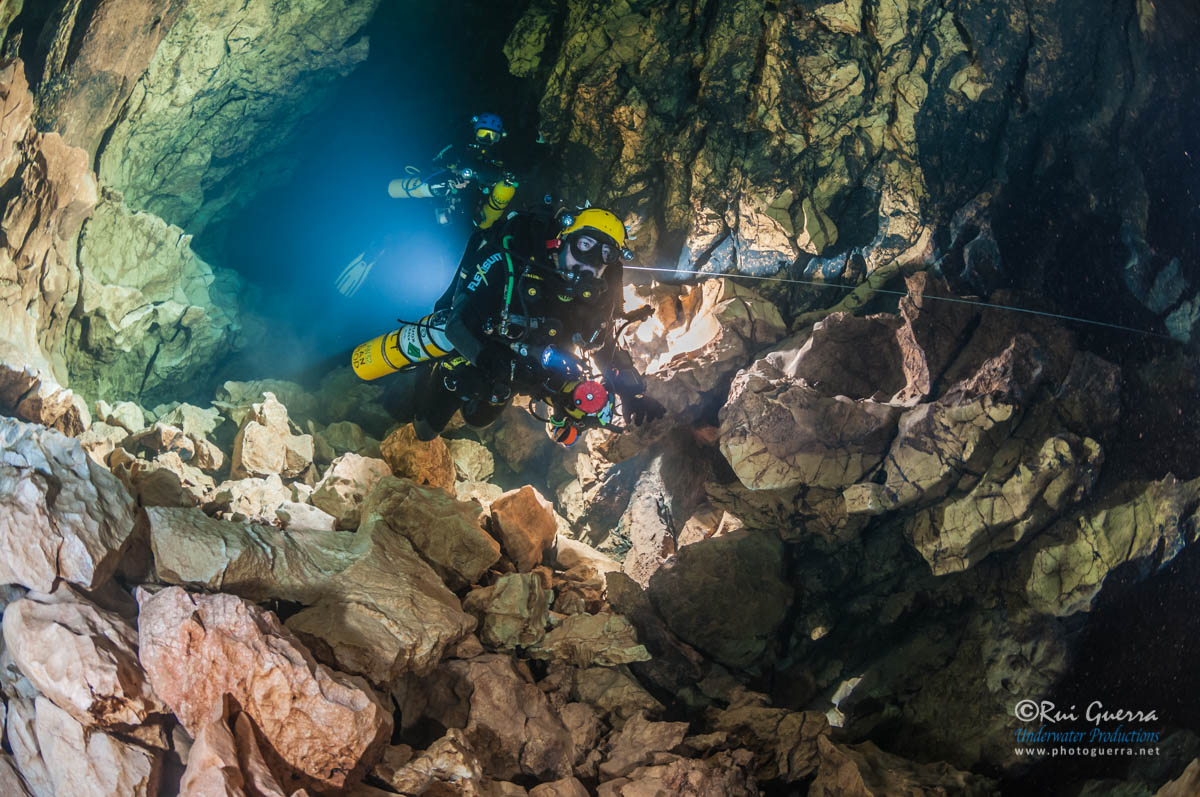
¬ качестве последнего замечани€ подумайте о возможном разрыве сухой молнии или обтюрации во врем€ погружени€. ¬аша изол€ци€ будет просто нулевой в затопленном костюме. ≈сли вы используете толстый, плотно облегающий неопреновый сухой костюм, в случае затоплени€ он будет функционировать как обычный гидрокостюм. Ѕезопасность не должна идти в угоду комфорту, ненужный компромисс может убить вас. ѕомните: надлежащий уход за своим оборудованием об€зателен.
»так, теперь вы понимаете, почему гелий не заслуживает названи€ «холодный газ». Ёто хороша€ новость.
≈ще лучше то, что погружа€сь с ребризером вы тер€ете через легкие еще меньше тепла. Ќо эта тема на будущее.
ѕогружайтесь тепло, погружайтесь безопасно!
ћы не проводим курсы технического дайвинга, но мы с радостью познакомим вас с техническими инструкторами TDI.
—ухой костюм. ћифы и реальность.
ј любители ли вы свой сухой костюм так, как его люблю €? » любовь мо€ небезосновательна:
-
он дарит мне защиту от холодной воды: под него € могу надеть многослойную поддеву и жилетку с электоподогревом;
-
он красивый и отлично сидит по фигуре;
-
он удобный – все клапаны расположены там, где они должны быть;
-
его легко одевать и легко снимать;
-
он прекрасен))))
¬ыбирала € его исключительно по названию бренда (есть небольша€ брендозависимость) и размеру. Ёто все!
» это миф є1. —ухой костюм трудно выбрать.
24.05.2018
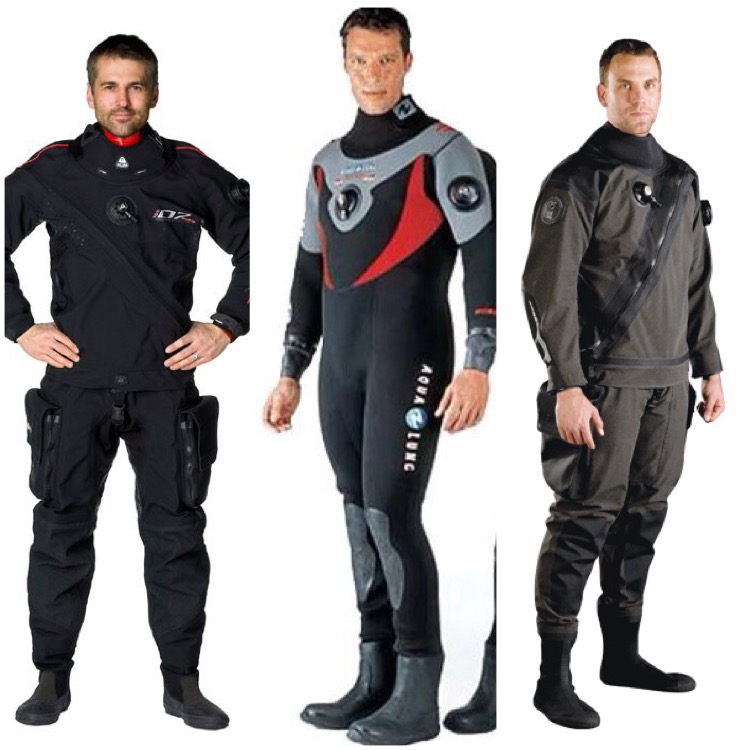
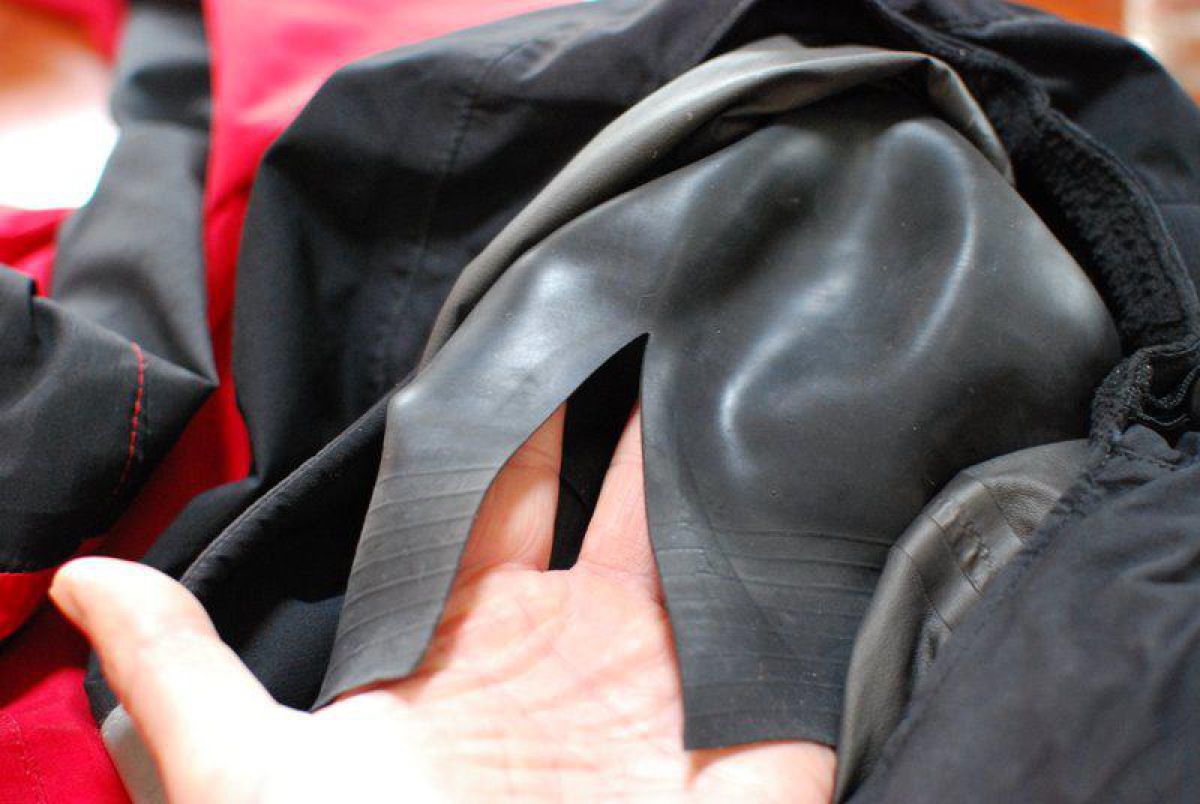

— ќЋ№ ќ √–”«ќ¬ ћЌ≈ ƒ≈…—“¬»“≈Ћ№Ќќ Ќ”∆Ќќ?
Ќикто не любит таскать на себе большое количество груза: ни бравые парни, ни хрупкие девушки. ѕоэтому дайверы стрем€тс€ оптимизировать количество свинца на своих грузовых по€сах). роме этого избыточное количество груза отрицательно вли€ет на расход воздуха и достижение нейтральной плавучести.
Ќапоминание. Ќейтральна€ плавучесть
‘изика: тело, погруженное в жидкость, имеет нейтральную плавучесть, если масса этого тела равна массе вытесн€емой им жидкости. ƒругими словами, на тело действуют две силы: сила прит€жени€ (направлена вниз) и выталкивающа€ сила - «акон јрхимеда (направлена вверх), если выталкивающа€ сила равна силе прит€жени€, тогда сумма этих сил равна нулю и тело в воде находитс€ в состо€нии "невесомости" - нейтральной плавучести (нулевой плавучести).
Ќо как же рассчитать сколько свинца брать и какие факторы учесть?
Ѕазовое правило подбора груза: вес груза должен быть равен 5-10% от массы вашего тела. „тобы точно это определить необходимо вывеситьс€ перед погружением!
Ќапоминание. ак убедитьс€, что груза достаточно.
«айдите в воду в полном комплекте снар€жени€ дл€ подводного плавани€, стравите весь воздух из компенсатора плавучести (далее BCD), сделайте нормальный вдох. ¬ода должна дойти до середины маски, на выдохе вы должны начать погружатьс€. ≈сли вы уходите под воду на вдохе или не удалив воздух из BCD, следует уменьшить количество груза. ≈сли на выдохе при полностью сдутом BCD не удаетс€ погрузитьс€, то следует увеличить количество груза.
Ќапример, если ваш вес 80 кг, то ваш диапазон 4-8 кг.
Ќазовем это точкой отсчета и рассмотрим факторы, которые также вли€ют на нейтральную плавучесть.
Ќапоминание. Ќейтральна€ плавучесть
‘изика: тело, погруженное в жидкость, имеет нейтральную плавучесть, если масса этого тела равна массе вытесн€емой им жидкости. ƒругими словами, на тело действуют две силы: сила прит€жени€ (направлена вниз) и выталкивающа€ сила - «акон јрхимеда (направлена вверх), если выталкивающа€ сила равна силе прит€жени€, тогда сумма этих сил равна нулю и тело в воде находитс€ в состо€нии "невесомости" - нейтральной плавучести (нулевой плавучести).
Ќапоминание. ак убедитьс€, что груза достаточно.
«айдите в воду в полном комплекте снар€жени€ дл€ подводного плавани€, стравите весь воздух из компенсатора плавучести (далее BCD), сделайте нормальный вдох. ¬ода должна дойти до середины маски, на выдохе вы должны начать погружатьс€. ≈сли вы уходите под воду на вдохе или не удалив воздух из BCD, следует уменьшить количество груза. ≈сли на выдохе при полностью сдутом BCD не удаетс€ погрузитьс€, то следует увеличить количество груза.
17.04.2018
ѕќЋ”„ј“№ Ћ» —≈–“»‘» ј“ ¬ќ ¬–≈ћя ќ“ѕ”— ј »Ћ» ѕќ ћ≈—“” ∆»“≈Ћ№—“¬ј?
≈сли ответить коротко: можно и так, и так.
ак € писала не раз, и, наверное, напишу в 101) мы живем в –оссии. ” нас 6 мес€цев зима и водоемы покрыты снегом, еще 4 мес€ца вода холодна€ и остаетс€ только июль-август на теплую воду. онечно, € знаю не мало дайверов, которых меньше всего волнует температура воды. Ќо все же подавл€ющее большинство – люди тепловодные и теплолюбивые. ƒл€ них лезть в воду +15° не очень комфортно.
ƒа и тепло манит нас, хочетс€ погретьс€ на солнышке. ѕоэтому дл€ отпуска многие выбирают ћексику, “айланд, “урцию и другие жаркие страны. “ам можно и погретьс€, и насладитьс€ красотами, и весело провести врем€. ѕодводный мир этих стран прекрасен и разнообразен. Ќе поныр€ть там- просто преступление! ј тут еще на каждом шагу дайв-центры, которые зовут к себе.
10.04.2018
ѕробное погружение или курс Open Water Diver
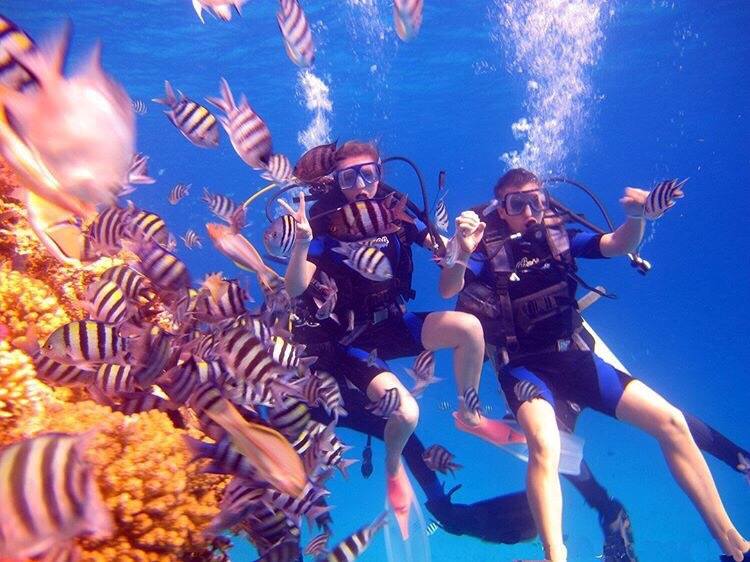 увидеть, испытать, попробовать за это короткое врем€. ≈сли у вас в списке помимо дайвинга еще 10 позиций: посмотреть достопримечательности, погул€ть по паркам и/или торговым центрам, сходить в музеи. “о, возможно, стоит остановитьс€ на пробном погружении. ¬ы получите короткий, но не забываемый опыт общени€ с подводным миром. » друзь€м с полным правом сможете говорить: ƒа! я это сделал! “еперь € – дайвер!
увидеть, испытать, попробовать за это короткое врем€. ≈сли у вас в списке помимо дайвинга еще 10 позиций: посмотреть достопримечательности, погул€ть по паркам и/или торговым центрам, сходить в музеи. “о, возможно, стоит остановитьс€ на пробном погружении. ¬ы получите короткий, но не забываемый опыт общени€ с подводным миром. » друзь€м с полным правом сможете говорить: ƒа! я это сделал! “еперь € – дайвер!ƒайв центр при отеле или по месту жительства
ѕробное погружение!!! ” вас только 3 задачи: дышать, продуватьс€ и очищать маску. ¬се остальное сделает инструктор)
ѕредположим, что ваши друзь€ - дайверы увлеченно рассказывают вам о красотах подводного мира, вы много раз смотрели фильмы про море и сама иде€ дайвинга вам нравитс€. Ќо вы не знаете: сможете ли вы, получитс€ ли у вас?
ƒл€ того, чтобы вы в полной мере пон€ли, а надо ли это вам, наш клуб предлагает пройти ѕробное погружение.
ƒавайте разберем подробнее, как будет проходить ѕробное погружение.
03.04.2018
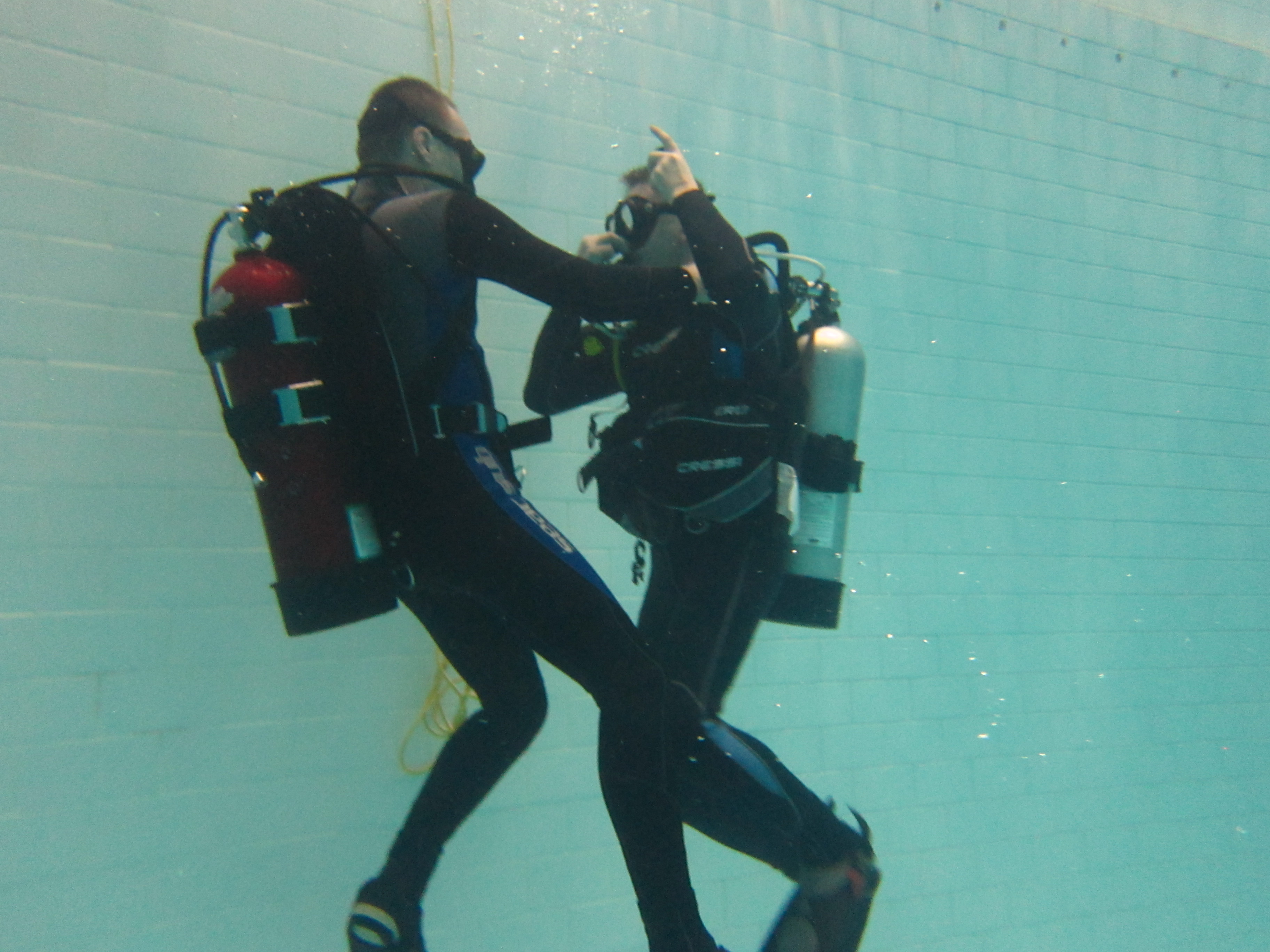
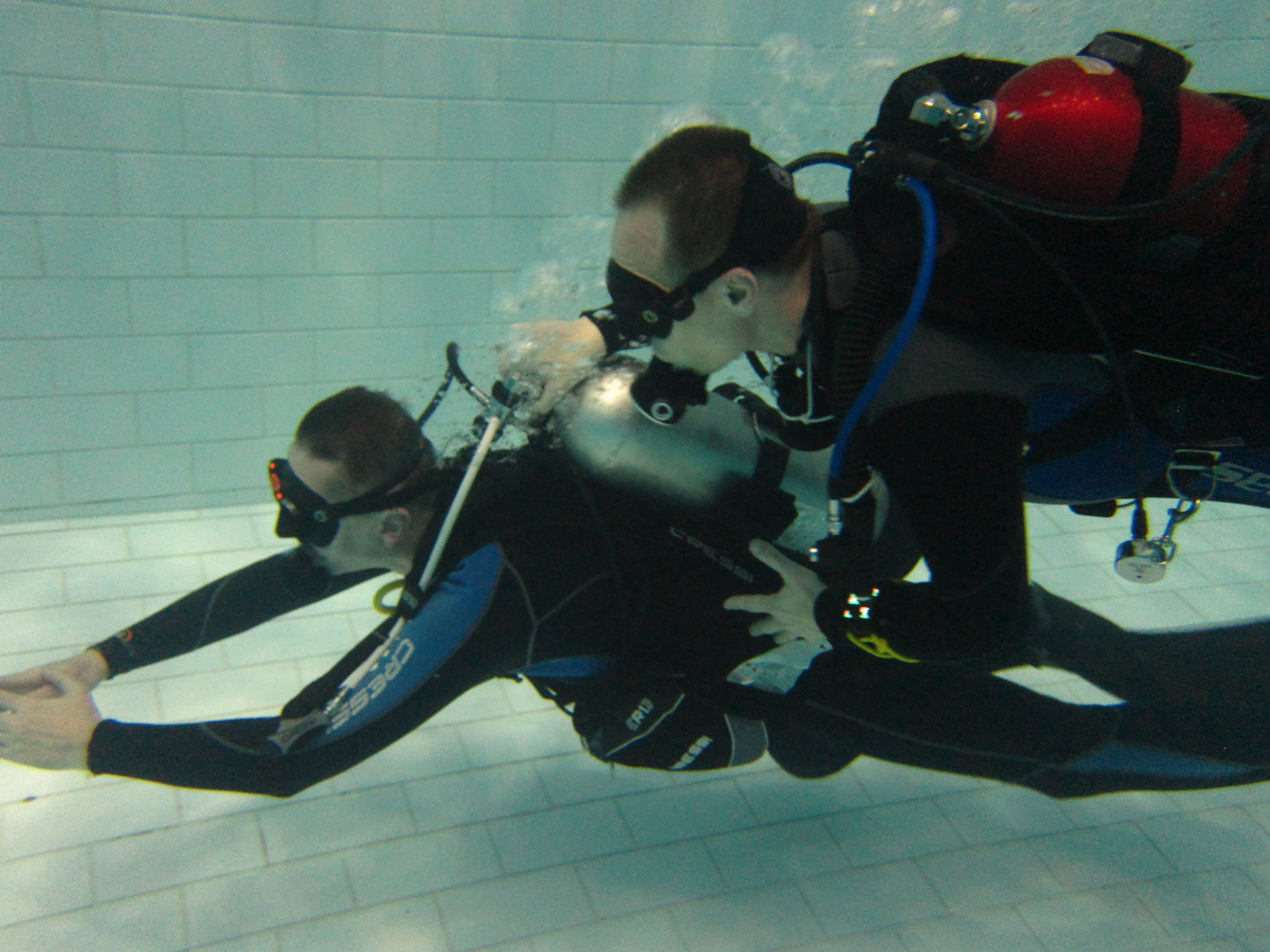
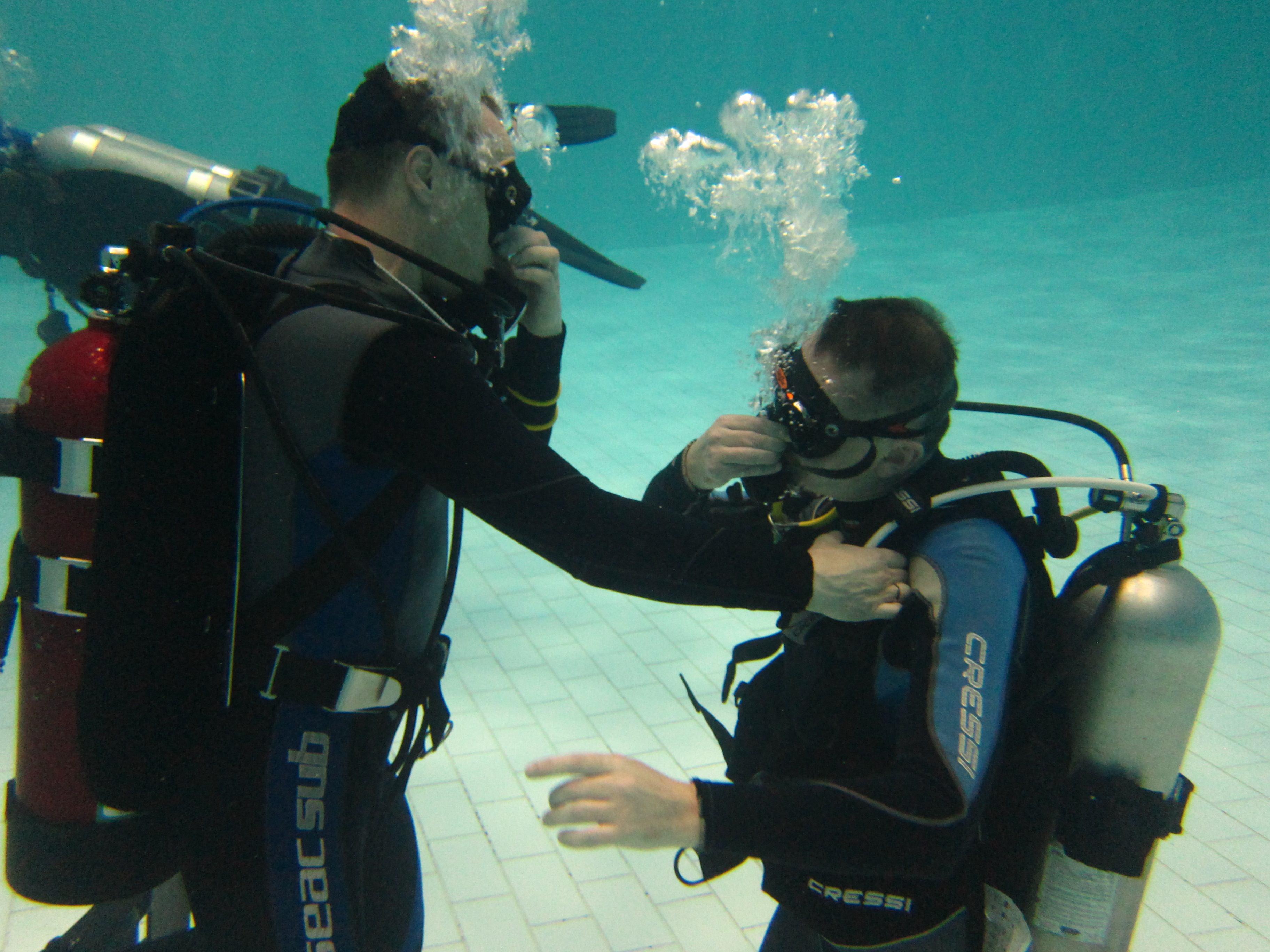
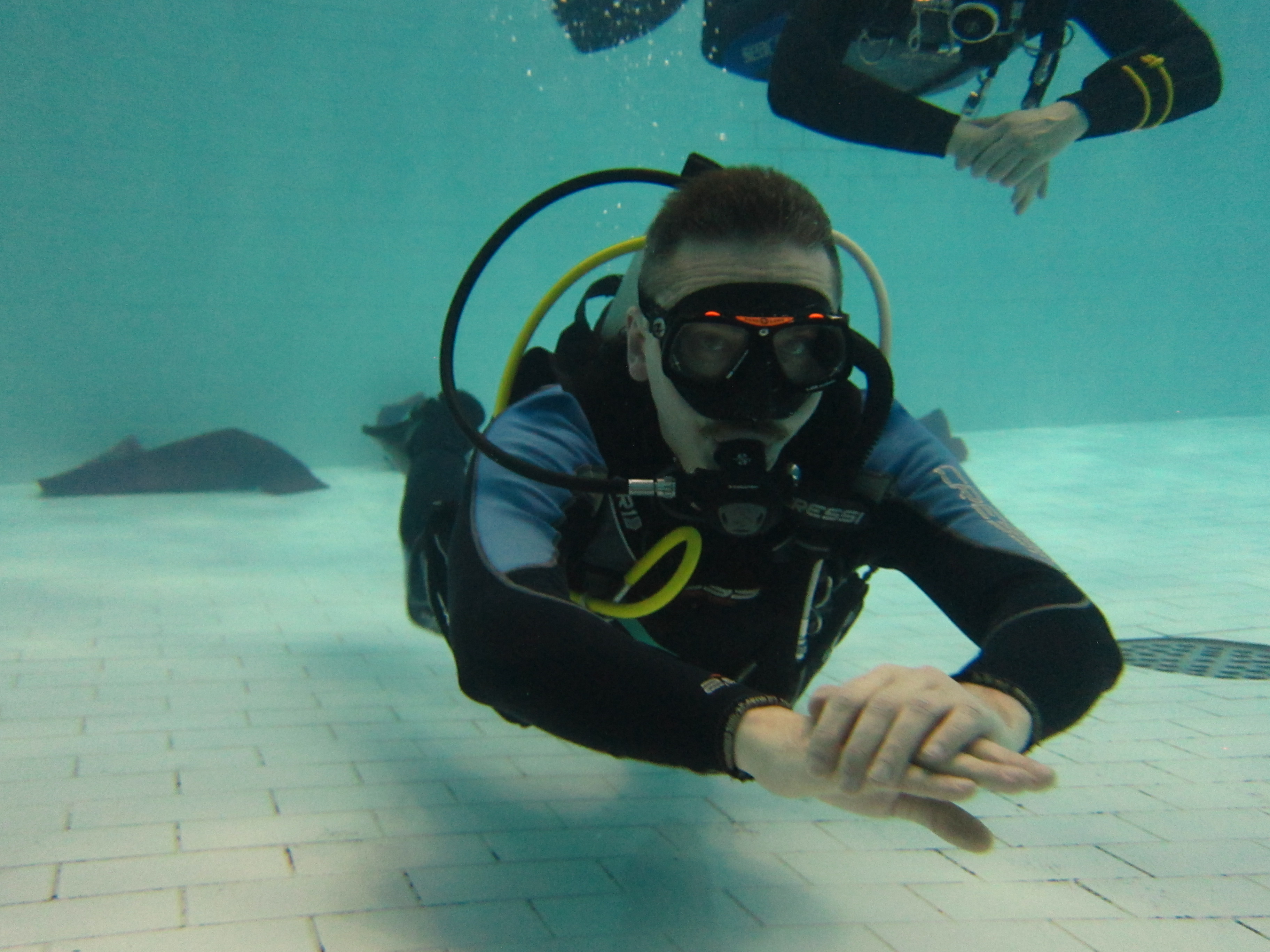
Sidemount!
Ёто способ размещени€ баллонов по бокам, а не на спине. »стоки сайдмаунта идут из пещерного дайвинга, где такое размещение баллонов позвол€ет комфортно перемещатьс€ в узких проходах и щел€х пещер, перебрасыва€ по одному баллону перед собой.
ѕлюсы использовани€ сайдмаунта
22.02.2018





ѕќ„≈ћ” ƒј…¬»Ќ√- Ћ”„Ў≈≈ «јЌя“»≈ ƒЋя ѕј–Ш
ƒень всех влюбленных - это отлична€ возможность найти новое и увлекательное зан€тие дл€ вашей пары. ћногие пары провод€т врем€ за совместными ужинами в ресторанах или кафе или ход€т в кино, почему бы нет? ј может выйти за рамки обычного? Ѕудьте оригинальны и внесите в ваши отношени€ спонтанность – получите сертификат и погрузитесь под воду!
¬ далеком 1993 году јртур јрон профессор психологии в Stony Brook University и его коллеги опубликовали исследование о парах. ќни говор€т о том, что те пары, которые провод€т врем€ активно и увлекательно, более удовлетворены своими взаимоотношени€ми.
ћы с мужем погружаемс€ вместе уже более 10 лет, и мы любим это) » вот почему.
12.02.2018
¬ы общаетесь
ќбщение под водой – новый опыт. ¬ы можете общатьс€ только с помощью жестов. „тобы партнер пон€л вас, вы должны быть близко друг к другу, видеть друг друга, ваши жесты должны быть однозначны и пон€тны. Ёто отлична€ тренировка дл€ того, чтобы доносить ваши мысли четко и структурировано, в том числе и на поверхности. »спользование коммуникации под водой делает вашу пару сильнее и ближе друг к другу, вы становитесь внимательнее к вашему партнеру. «¬се ќ ?» «ѕойдем глубже?» «ѕроверь запас воздуха» « ак твои уши?» «—мотри! морска€ звезда!»
¬ы планируете
ƒайвинг начинаетс€ в тот момент, когда вы только решили ехать на погружение. ѕланирование того, куда вы поедете, где и с кем будете 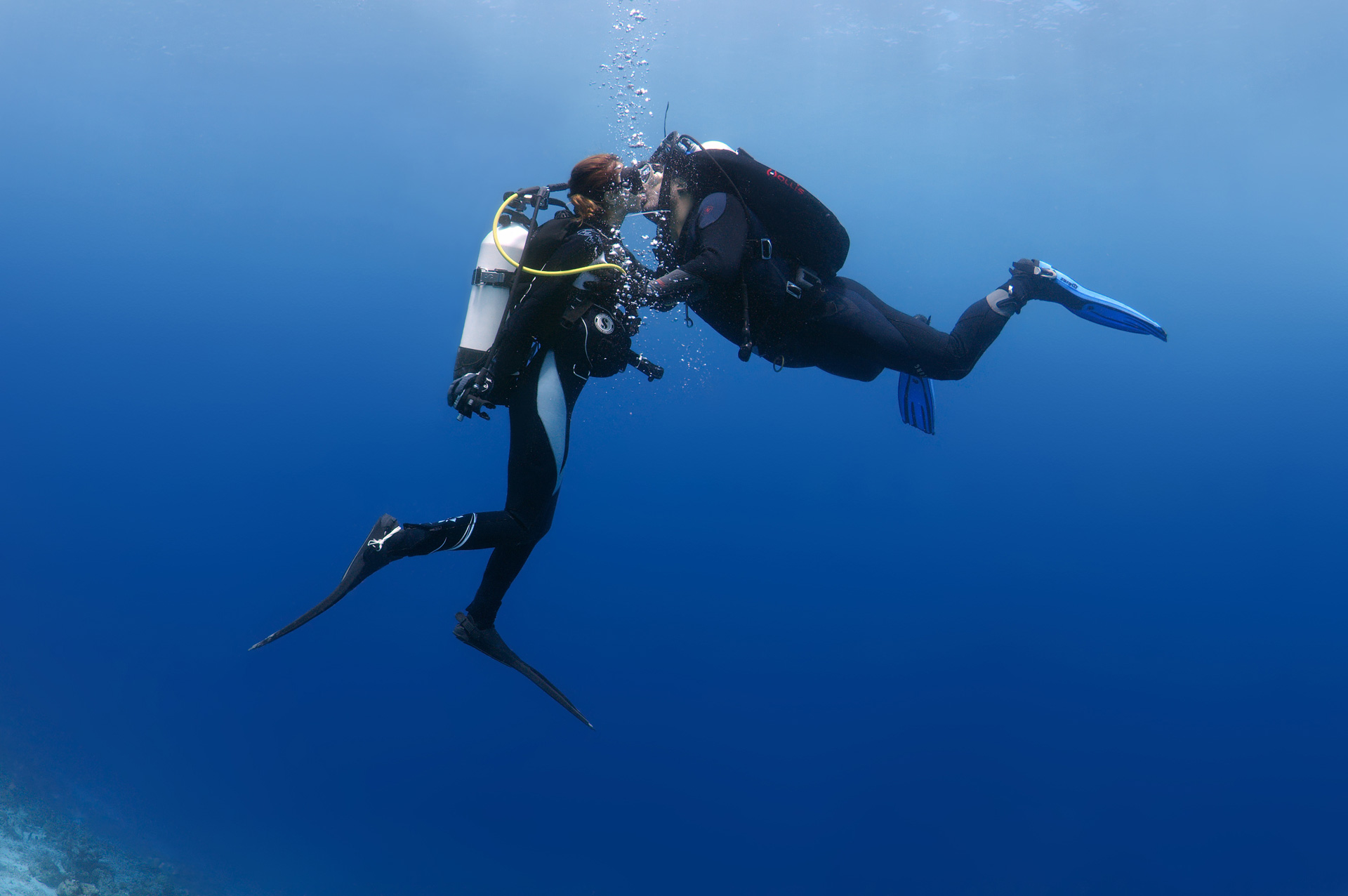 погружатьс€, как будет проходить ваше погружение, что вы увидите и даже то, кто поведет машину после дайвов – это часть удовольстви€ от предсто€щего дн€. ћы обычно начинаем планировать этот день загод€: думаем, как будем добиратьс€, что возьмем с собой перекусить, какой это будет дайвсайт, как будет проходить погружение. Ќакануне собираем оборудование: провер€ем исправность и укомплектованность, все упаковываем.
погружатьс€, как будет проходить ваше погружение, что вы увидите и даже то, кто поведет машину после дайвов – это часть удовольстви€ от предсто€щего дн€. ћы обычно начинаем планировать этот день загод€: думаем, как будем добиратьс€, что возьмем с собой перекусить, какой это будет дайвсайт, как будет проходить погружение. Ќакануне собираем оборудование: провер€ем исправность и укомплектованность, все упаковываем.
“акже это отличный способ лучше пон€ть вашего партнера, его нужды и желани€. ќбщение о том, что вы хотите получить от этого дайв-дн€ и какое оборудование дл€ этого нужно, - способ достичь того, что вы оба хотите, потому что вы заранее все спланировали, обо всем договорились, все собрали. ƒвойна€ проверка оборудовани€: вы провер€ете свое и оборудование партнера, он свое и ваше, - возможность не только обеспечить безопасность, но и про€вить насто€щую заботу . —тратегию победа-победа в отношени€х и в дайвинге никто не отмен€л.
¬ы решаете проблемы вместе
¬заимоотношени€ требуют совместной работы и решени€ проблем вместе, как команда.
Ёто могут быть серьезные проблемы: произошло запутывание, неполадки с оборудованием, закончилс€ воздух, один из вас потер€лс€. » менее серьезные: задержались на планируемой глубине чуть дольше и не успели посмотреть все, что хотели; вместо того, чтобы пройти пр€мо свернули налево и не увидели, где живет осьминог, ради которого вы погружались.
¬аш партнер в дайвинге – ваша опора, ваш дополнительный источник воздуха, ваша помощь в сложных ситуаци€х. ¬ дайвинге, в какой-то мере, вы довер€ете ему свою жизнь – партнер провер€ет ваше оборудование перед заходом в воду, а вы его, под водой он всегда находитс€ р€дом на случай непредвиденных ситуаций. Ќичто так не укрепл€ет взаимоотношени€, как 100% ощущение надежности вашего партнера, возможности положитьс€ на него.
»ногда во врем€ дайвинга случаютс€ недопонимани€. » на постбрифинге вы обсуждаете, как все прошло, что можно было бы улучшить, даете обратную св€зь, делитесь впечатлени€ми. Ёто еще один способ пон€ть и узнать друг друга лучше.
¬ы наслаждаетесь
ƒайвинг оздоравливает отношени€, благодар€ ему, вы переживаете новые захватывающие моменты вместе. ƒайвинг погружает вас в совсем другую подводную жизнь с прекрасными кораллами, затонувшими объектами и морскими животными. ¬ода покрывает 75% нашей планеты и, станов€сь дайверами, вы с вашим партнером видите то, что другие люди никогда не увид€т собственными глазами. ј ведь ценен только свой собственный опыт!
роме этого дайвинг открывает дл€ вас новые возможности дл€ совместного отпуска. ¬ы выбрали анкун, чтобы отдохнуть? —ъездите в подводный музей, где расположены более 500 скульптур в полный рост, они уже обросли кораллами и выгл€д€т завораживающе. »ли, может быть, вы выбрали √аваи? “огда об€зательно съездите на ночной дайв на Big island и понаблюдайте за танцами огромных мант, которые неспешно планируют р€дом с вами. Ќе хотите ехать далеко? “огда махните на наше „ерное море! ѕрикоснитесь к истории: исследуйте затонувшие баржи, самолеты, корабли, собирайте античные амфоры и €дра.
¬ы делитесь друг с другом
ќдна из лучших возможностей во взаимоотношени€х – это возможность разделить друг с другом впечатлени€ и опыт. ќдин из лучших моментов, когда ты, как только всплыл на поверхность закричать: « “ы видел этих дельфинов?» « онечно! “ы что шутишь? я думаю, у мен€ получилс€ отличный кадр, когда один из них чуть не сбил теб€!»
Ќе имеет значени€ насколько новы или стары ваши взаимоотношени€, через сколько взлетов и падений они прошли, дайвинг укрепит их лучше, чем недел€ на самом дорогом курорте. ”лучшайте ваше общение, наслаждайтесь совместной подготовкой к будущим приключени€м вместе, находите выгоды в совместном решении проблем, открывайте то, что не доступно другим и делитесь новыми впечатлени€ми друг с другом.
ќживите свою жизнь в паре – проведите день —в€того ¬алентина, медовый мес€ц или годовщину под водой!
P.S. дайвинг вызывает целую бурю положительных эмоций, благодар€ гормонам, которые вырабатывают ваши тела: эндорфин, фенилэтиламин, окситоцин и другие. ј это значит, что вас ждут незабываемые впечатлени€ не только во врем€ дайвинга, но и после вечером ;-) Ќо это уже совсем друга€ истори€.
ѕровести вместе незабываемый день —в€того ¬алентина и пройти пробное погружение
автор: “ать€на Ќикитина
»спользованы материалы sditdi.com
ƒайвинг под 10 000 летним льдом.
Ёто один из старейших дайв-сайтов, который ждет, что его обнаружат.
—просите любого дайвера: « огда можно погрузитьс€ под лед?». ¬еро€тно, вам расскажут о зиме и о покрытых льдом пресноводных водоемах. Ќо знаете ли вы, что под лед можно погружатьс€ даже летом?
аждый год почти 50 000 айсбергов начинают свое долгое путешествие от ледников √ренландии. »х привод€т в движение океанические течени€. Ќесколько сотен айсбергов путешествуют по североатлантическому побережью јмерики вплоть до островной провинции Ќьюфаундленд. —амый известный встал на пути “итаника более 100 лет назад в апреле 1912 года. ѕримерно с 1980 г. движение айсбергов усилилось из-за глобального потеплени€.
29.12.2017
Ћучшее врем€, чтобы увидеть айсберг Ќьюфаунгленд (или јтлантический) – лето. Ћучшее место дл€ «безопасного» погружени€ - залив «ачати€ (Conception Bay) р€дом со столицей канадской провинции —ент-ƒжонс.
"Ѕезопасный", конечно, €вл€етс€ полностью относительным термином во всех видах дайвинга, но в этом виде приключений особенно относительный. јйсберги раскалываютс€, тают, ломаютс€, полностью мен€ют свой облик.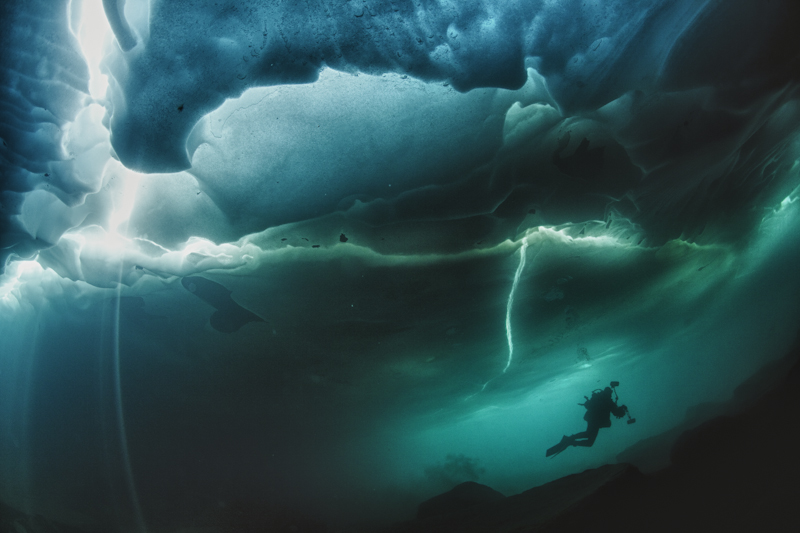 ќни насто€щие мастера перевоплощений. ќгромна€ глыба замороженной пресной воды плавает в чуть теплом потоке соленой воды – и постепенно тает. ƒвижение и деформаци€ айсбергов могут быть катастрофическими дл€ тех, кто р€дом, будь то на поверхности или под водой.
ќни насто€щие мастера перевоплощений. ќгромна€ глыба замороженной пресной воды плавает в чуть теплом потоке соленой воды – и постепенно тает. ƒвижение и деформаци€ айсбергов могут быть катастрофическими дл€ тех, кто р€дом, будь то на поверхности или под водой.
¬ природе не существует среднестатистических Ќьюфаунглендских айсбергов. Ќекоторые из них размером с футбольный стадион, некоторые размером с садовый сарай. ≈динственное, что их объедин€ет то, что 90% их массы скрыто под водой. “о, что мы видим, – это всего лишь верхушка айсберга (извините, не смог удержатьс€ от каламбура). “а€ние и трещины, которые возникают из-за изменений температуры и давлени€, привод€т к тому, что свободно плавающий айсберг может опрокинутьс€ или отделить от себ€ более мелкие айсберги. ќни посто€нно мен€ют свою плавучесть и трим! ≈динственно, когда они более-менее стабильны – это, когда они сад€тс€ на мель. Ќекоторые айсберги таким образом держатьс€ дес€тилети€ми. »х иногда называют Ћедовыми островами.
Ќо по мере того, как их масса уменьшаетс€, измен€етс€ их плавучесть и течени€ начинают толкать их по дну. јйсберг-дайверы провер€ют борозды на дне, которые оставил айсберг с течением времени. Ѕорозды – это индикатор как долго айсберг был заземлЄн и, в какой-то мере, как он вел себ€, будучи лед€ным островом.
ѕосле того, как вы€снили, что айсберг заземлен, дайверы погружаютс€. Ёто один из уникальных опытов. “олько представьте: дайверы плавают р€дом со льдом из чистейшей пресной воды старше 10 000 лет. ≈го стенки имеют форму многогранной абстрактной скульптуры. ѕри приближении к айсбергу дайверы вид€т галоклин. ќн возникает на стыке соленой и пресной воды. ѕопада€ в него, измен€ютс€ солнечные лучи и дневной свет, 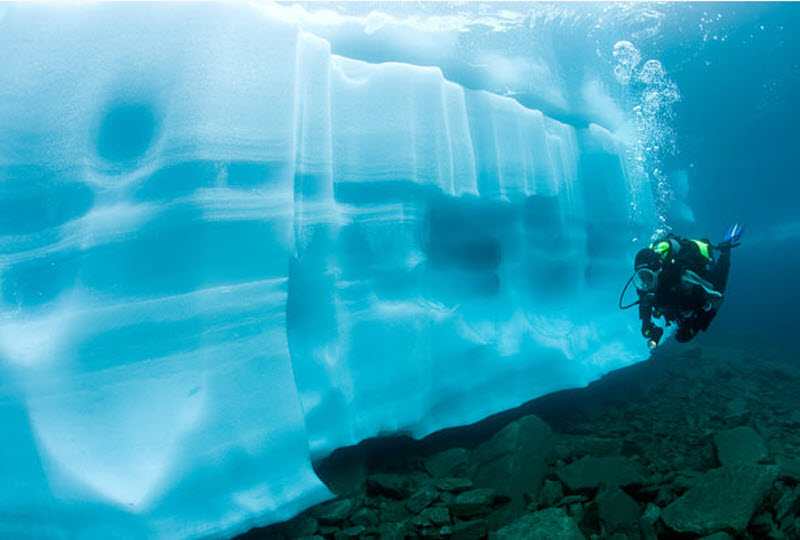 из-за этого необычного €влени€ айсберг выгл€дит практически бесконечным. —ам лед светитс€ от солнечных лучей, стены айсберга переливаютс€ бесчисленными оттенками синего от бледно-голубого до темно-фиолетового.
из-за этого необычного €влени€ айсберг выгл€дит практически бесконечным. —ам лед светитс€ от солнечных лучей, стены айсберга переливаютс€ бесчисленными оттенками синего от бледно-голубого до темно-фиолетового.
¬о льду и р€дом можно увидеть уникальных живых существ. јктинию, тело которой вмерзло в льдину, колышущуюс€ в темной воде. ”ченые пока не могут объ€снить, как она проникает в лед — и выживает там. јрктическую цианею — самую крупную медузу ћирового океана. ¬стречаютс€ экземпл€ры с диаметром купола 2 м. ўупальца таких крупных экземпл€ров способны выт€гиватьс€ до 20 м. Ёти колоколовидные пожиратели планктона обычно обитают на глубине 20 м. Ѕлиже к поверхности можно встретить тюленей с детенышами.
¬ода р€дом с айбергами— словно недостижимый Ёверест: очаровывающа€, но настолько враждебна€, что нужно очень хорошо подумать, хотите ли вы туда.
P.S. „асто айсберги окружены маленькими обломками льда. ≈сли возможно, соберите один или два из них и используйте в ваших холодный коктейл€х, например, это может быть ром Screech со льдом. ѕосле того, как вы положите лед в стакан, вы услышите шип€щий звук, который называют «Ќарзан айсберга». Ётот звук вызван освобождением воздуха, который был зажат во льду многие столети€.
ƒл€ кого айсберг-дайвинг?
ƒл€ продвинутых дайверов, которые прошли подготовку в холодной воде и их оборудование подходит дл€ подледного дайвинга. »мейте в виду: температура воды на глубине р€дом с Ќьюфаунглендом колеблетс€ около 0. –екомендуетс€ дайверам с сильным желанием новых приключений и чего-то необычного будоражащего кровь.
»нструкторов, которые работают в Ќьюфаунгленде вы можете найти на сайте tdisdi.com.
—делать первые шаги к айсберг-дайвингу в ћоскве
ћатериалы сайта tdisdi.com
ѕеревод “ать€на Ќикитина.
“ќ– 6 упражнений, чтобы быстрее всех потратить воздух во врем€ дайва
- ћерзнете. ¬ этом упражнении ваша задача замерзнуть, как можно скорее. ѕоэтому не обращайте внимание на рекомендации по выбору гидрокостюма по температуре воды. ¬едь холод ускор€ет обмен веществ, что приводит к большему потреблению воздуха, чем обычно. «ато вы, возможно, веро€тно, скорее всего, но не факт, похудеете!
—юда не смотреть!
13.12.2017
|
“емпература воды
|
√идрокостюм |
|
0-3 °C |
—ухой |
|
4-12 °C |
—ухой |
|
10-18 °C |
ћокрый толщина 7-9 мм |
|
17-23 °C |
ћокрый толщина 6-5 мм |
|
выше 24 °C |
ћокрый толщина 3 мм |
- √ребите всем, чем можете. Ќе ограничивайте себ€: гребите руками и ногами. ћышцы люб€т кислород – дайте им его! Ќаверн€ка же вы слышали о пользе кардионагрузки, так совместите дайвинг и кардио. Ќу и что, что воздух закончитс€ через 15 минут, зато потренируетесь.
- ѕлавайте в коньке. ¬ коньке вы будете мужественно преодолевать сопротивление воды. ƒа, вы быстро устанете и сожжете воздух, но потренируетесь на славу. Ќе смотрите на дайверов в триме: двигаютс€ расслаблено, еле шевел€т ластами, вам этого не надо – преодоление толщи воды – вот ваша цель!
- ћен€йте глубину погружени€. 15 метров-7 м., потом 10 м., потом оп€ть 7 м. и так весь непродолжительный дайв. ”пражнение тренирует ваши навыки поддути€ и сдути€ BCD, прекрасно способствует скорейшему прекращению дайва в св€зи с нехваткой воздуха. «ато вы увидите одно и тоже место с разных ракурсов: поближе и подальше.
- —оревнуйтесь с другими дайверами или на худой конец с рыбками. ¬аша задача – обогнать всех под водой. ≈сли группа отказываетс€ соревноватьс€ с вами в скорости передвижени€ по дайв-сайту, ничего страшного- у вас есть рыбки! ќни с радостью побегают от вас или потренируютс€ с вами в скорости передвижени€. Ёто еще одна кардиотренировка: отлично работают большие мышцы, дыхание поверхностное и частое – супер! минус 20 минут дайва!
- «абейте на эргономику оборудовани€. ”пражнение служит развитию координации и эстетического вкуса под водой. «десь основна€ ваша задача- сделать так, чтобы оборудование, как можно больше выпирало со всех сторон. ѕервое: выберите компенсатор или крыло на вырост, например, дл€ спарки. “олько представьте: большое крыло, слегка придавлено одним баллоном – вы птица под водой. ¬торое: пусть все ваши шланги, манометр и бэкап болтаютс€, как попало. Ёто же так здорово: вы плывете, посто€нно поправл€ете шланги, которые вам мешают, ищите манометр, чтобы посмотреть, сколько воздуха, ваш напарник отбиваетс€ от бьющего его по голове бекапа- красота.
» на последок “ренируйтесь редко. ¬ы же читали, что кратковременный стресс полезен. ¬от оно: вы редко погружаетесь, каждый дайв вызывает прилив адреналина в кровь. ровь циркулирует быстрее, воздух улетает со скоростью света.
„тобы продолжительность дайва была от 40 минут, жми сюда http://www.divingvsem.ru/study.php?id=1
«аписатьс€ на курс сюда http://www.divingvsem.ru/contact.php
јвтор “ать€на Ќикитина
’олодной воды Ќ≈ бо€тьс€
я - дайвер- любитель. Ќачинала ныр€ть в теплом и прозрачном расном море. огда € в первый раз столкнулась с водами нашего ѕодмосковь€, запаниковала. “емпература воды была в тот раз +18° на поверхности, на глубине 10 метров термоклин и уже +10°, а на глубине 15 метров сразу +4°. –езкий и неожиданный холод, лед€на€ вода, котора€ попала под маску, сделали свое дело: истерично мота€ руками, ногами, поддува€ BCD, € рванула наверх в тепло. “огда мен€ спас инструктор: остановил, успокоил; мы, держась за руки, повисели, подышали и в спокойном темпе подн€лись. »нструктор до погружени€ предупредил об изменени€х температуры, рассказал об ощущени€х и как себ€ вести – не помогло. “олько с опытом € осознала, как готовитьс€ к погружению в холодную воду, как вести себ€ во врем€ и что делать после. ќб этом и будет стать€.
28.11.2017
Ётап I ѕодготовка
”тепл€емс€. ƒл€ этого используем сухой гидрокостюм, поддеву, шлем и перчатки.
√идрокостюм должен подходить по размеру. Ёто значит, что, одев поддеву, вы свободно двигаетесь: садитесь, поднимаете руки, нагибаетесь.

ѕоддева должна быть многослойной. ѕервый слой - термобелье, которое будет отводить влагу от тела, она образуетс€ из-за разницы температур тела и окружающей среды. ¬торой слой – либо плотный комбинезон из флиса 400-600 г/м2, либо специальна€ дайверска€ поддева из комбинированных материалов. ¬ поддеве кроме тепла важно, чтобы она не задерживала воздух и не забивала клапан костюма, когда вы его стравливаете. я - не морозоустойчивый товарищ, и поэтому одеваю три сло€: термобелье, флисовые брюки и кофту, комбинезон Polartec 600.
”теплители с электроподогревом. ¬ линейках Santi и DUI представлены жилетки, комбинезоны и перчатки с электроподогревом. ≈сли не любите холод, ныр€ете зимой или погружаетесь надолго то это решение. ¬ам будет тепло до двух часов, как обещают производители. Ўлемов с подогревом пока нет(
Ќе забывайте о перчатках и шлеме. ƒл€ холодной воды € беру шлем толщиной 9 мм. ¬ нем сложно разговаривать и плохо слышно, но зато тепло. ѕерчатки могут быть сухими или мокрыми неопреновыми. —ухие работают так же, как сухой костюм: под них одеваете теплые перчатки, воздух циркулирует – тепло. Ќеопреновые работают, как мокрый костюм: неопрен создает защитный контур дл€ рук.
√релки- самогревы дл€ рук и ног. ≈сли ваши конечности стремительно мерзнут даже в относительном тепле, используйте самонагревающиес€ вкладыши под носки и в сухие перчатки. “епло не будет лишним, а дайвинг будет более комфортным.
ѕодготавливаем снар€жение: выбираем регул€торы дл€ холодной воды и готовим оборудование к зиме
–егул€торы дл€ холодной воды сделаны таким образом, чтобы не возникало обледенени€, и регул€тор не вставал на free flow. —тойкий к замерзанию регул€тор имеет сухую камеру первой ступени, большой металлический теплообменник второй ступени и по возможности необмерзающее покрытие внутренних частей. «аботливые производители дл€ покупателей в названи€х регул€торов дл€ холодной воды пишут ICE или став€т снежинку, но так делают не все.
Free flow – неконтролируема€ подача воздуха, котора€ приводит к тому, что воздух очень быстро заканчиваетс€.
ѕодготовка оборудовани€ к зиме. Ёто, как с машиной перед зимой: нужно заменить стеклоомывающую жидкость, помен€ть масло, помен€ть резину на зимнюю. ƒелаем это, чтобы ездить на ней было безопасно.
—амый простой и надежный способ - отдать оборудование в сервисный центр. ¬ регул€торах мастер заменит седло клапана высокого давлени€, подушку клапана среднего давлени€, фильтр, пластиковые прокладки, мембраны и резиновые кольца. ѕосле этого смажет соединени€ и резиновые кольца специальной смазкой.
јналогично обслуживаютс€ BCD: мастер разбирает клапаны и инфл€тор, мен€ет мембраны и о-ринги, смазывает смазкой.
¬ы можете самосто€тельно обслуживать свое оборудование, если прошли специальные курсы. ≈сли не прошли, не делайте – это может быть ќѕј—Ќќ дл€ вашей жизни.
ѕланируем врем€ и глубину погружений более консервативно.
ƒл€ этого есть минимум две причины:
- ¬ холодной воде процессы в организме замедл€ютс€, поэтому азот выводитс€ медленнее, чем в теплое врем€ года. ѕланируйте меньшую глубину и врем€ погружени€, чтобы не перенасытитьс€ азотом и быстрее его вывести. ƒл€ этого же перерывы между дайвами делайте больше.
- ¬ы потребл€ете больше воздуха в холодной воде, так как она – дополнительный стресс дл€ организма, и вы делаете больше движений, чтобы согретьс€.
Ќепосредственно до погружени€.
ѕоешьте. √олодный организм быстрее охлаждаетс€. «десь важно соблюсти баланс: не быть голодным, но и не объестьс€ так, что не сможете двигатьс€.
Ќе мерзнете: во врем€ брифинга или подготовки, находитесь в тепле или хот€ бы в месте, защищенном от ветра.
Ќепосредственно перед погружением. ѕроверьте оборудование на герметичность. ƒл€ этого зайдите в воду с берега, прис€дьте так, чтобы на поверхности осталась только голова. ќбратите внимание на ощущени€: не протекает ли в гидрокостюм вода через молнию, обтюрацию, клапан, перчатки. ѕодтекает – исправьте, что не так и протестируйте снова. ≈сли нет – отлично, идем дальше.
ќдели оборудование, спустились в воду. ƒо погружени€ снимите маску и умойтесь. –ецепторы лица адаптируютс€ к холоду, и дл€ вас не будет большой неожиданностью, если холодна€ вода попадет под маску.
—уть этого этапа – вам должно быть тепло, сухо, безопасно.
Ётап II ¬о врем€ погружени€
Ѕудьте в посто€нном контакте с напарником, тогда вы воврем€ заметите, если что-то пойдет не так. Ќапример, азотный наркоз может наступить раньше: на меньшей, чем обычно глубине. ≈сли вдруг на привычных двадцати метрах вы заметите, что напарник «чрезмерно счастлив» или наоборот «что-то стал тормозить», всплывайте, соблюда€ скорость. ¬елика веро€тность, что уже на 15 метрах его отпустит.
Ќаблюдайте за собой. ≈сли начали замерзать – всплывайте. ѕомните, в холодной воде процессы в организме замедл€ютс€. ровь в замерших част€х тела циркулирует медленнее, поэтому азот из них выводитс€ медленнее, а накопление азота может привести к ƒ Ѕ.
ƒ Ѕ – декомпрессионна€ болезнь.
Ётап III ѕосле погружени€
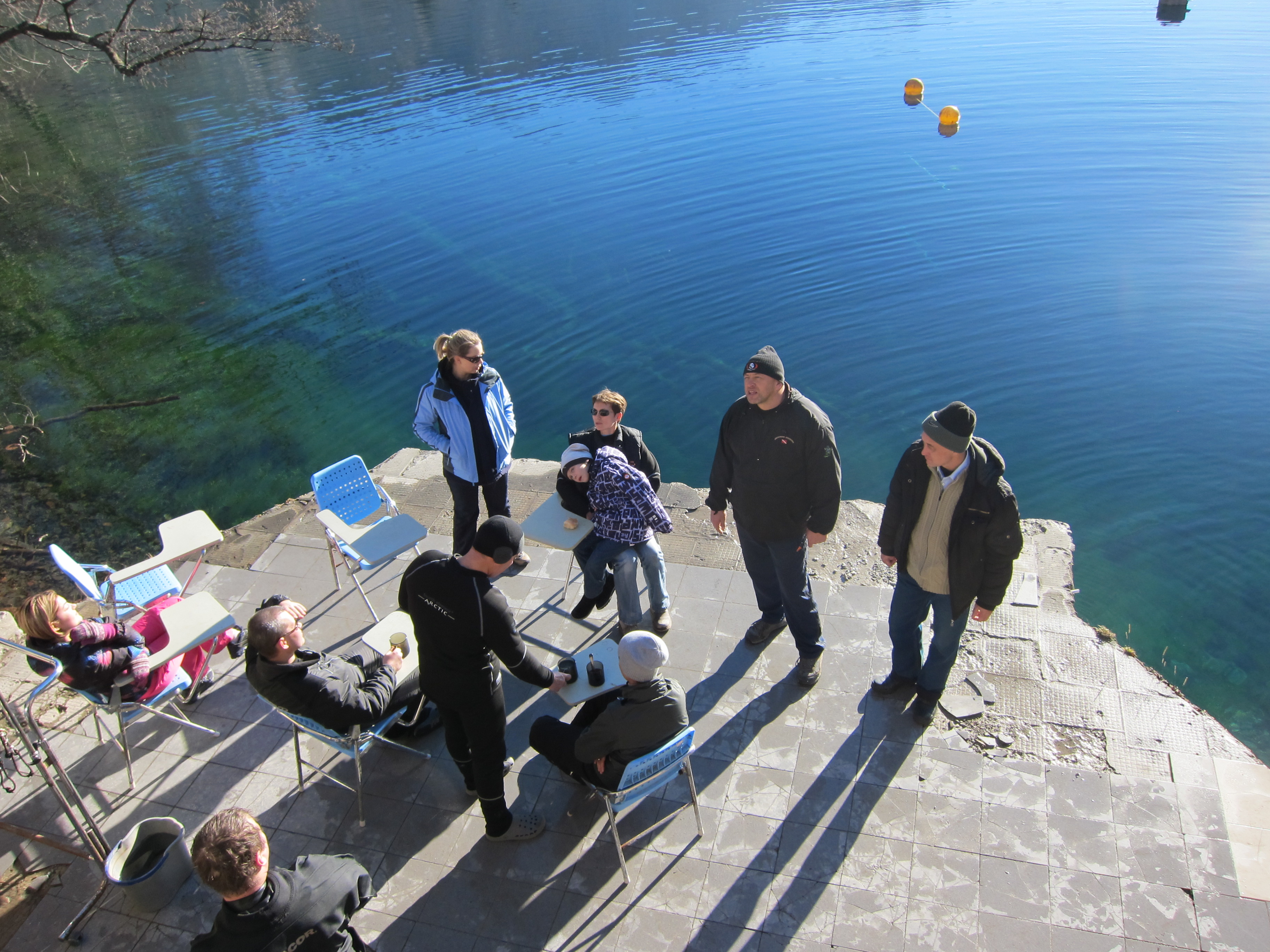
ћы обсудили, как готовитьс€ к погружению в холодную воду, как сделать погружение более безопасным и что нужно делать до, во врем€ и после дайва. онечно без практики советы, так и останутс€ советами – срочно идите закрепл€ть. ј дл€ тех, кто уже наплавалс€ в холодной воде и хочет чего-то экстремального, следующа€ стать€ о подледном дайвинге. —коро.
„тобы пройти обучение и смело погружатьс€ в холодную воду, пишите или звоните
http://www.divingvsem.ru/contact.php
„тобы узнать больше о курсах —ухой костюм и ѕодледный дайвинг заходите http://www.divingvsem.ru/study.php?id=5
ѕодготовить снар€жение к зиме: http://www.divingvsem.ru/service.php
автор: “ать€на Ќикитина
—ухой vs ћокрый гидрокостюм.
ћы живем в –оссии, где температура воды +26° только в „ерном море и то только летом.
¬от и конец статьи: выбирайте сухой гидрокостюм, чтобы было тепло. Ќо: в мокром гидрокостюме можно погружатьс€ при температуре +10°, он проще в эксплуатации, его покупают в разы чаще, чем сухой. ѕочему?
ƒавайте разберем преимущества и недостатки обоих типов.
17.10.2017
“еплоизолирующие свойства. ћокрый гидрокостюм называетс€ так потому, что под него попадает вода. Ќеопрен (вспененна€ резина) – материал, из которого изготовл€ют мокрые костюмы. ќн греет за счет пузырьков воздуха. — глубиной неопрен сжимаетс€ и толщина защитного сло€ уменьшаетс€. ¬торой теплый контур - вода под костюмом, котора€ нагреваетс€ от тела. Ќо, так как костюм не герметичен, под него периодически попадает холодна€ вода, которую снова приходитс€ нагревать. ƒайвер, который пробыл на глубине 15 метров 20 мин при температуре 20 градусов, с большой веро€тностью замерзнет. “емпературные режимы дл€ мокрых гидрокостюмов не ниже +10°.
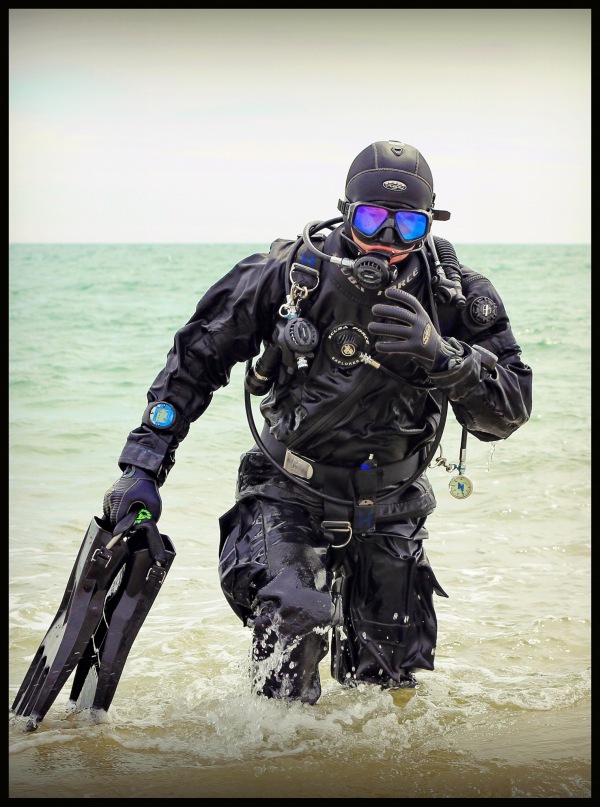
—ухой гидрокостюм сохран€ет тепло за счет воздушных контуров. ќбтюраци€ (манжеты на шее и руках) защищают от проникновени€ воды под костюм. ѕод него дайверы одевают термобелье и утеплительные комбинезоны (поддева). ѕоддеву чаще всего делают из комбинированных материалов (Thinsulate и Ree-Tec) и флиса. “аким образом дайверы создают несколько слоев теплого воздуха, который обеспечивает им термоизол€цию. Ќа глубине воздух сжимаетс€, но за счет многослойности тепло сохран€етс€. роме этого оденьте под сухой костюм жилетку с электроподогревом и ныр€йте хоть в јнтарктику - не замерзнете.
—ухой 1
ћокрый 0
¬ес гидрокостюмов. ”тверждать, что у одного типа перед другим есть преимущества, нельз€. ¬ес зависит от материалов, из которых сделан сухой гидрокостюм, и толщины неопрена, длины и наличи€ капюшона в мокром. —амые легкие костюмы, найденные в интернете: сухой мужской 2,8 кг., мокрый неопрен 7 мм: 3,25 кг.
—ухой 1
ћокрый 1
–азнообразие погружений. я продолжу говорить о –оссии. »з-за температуры воды дл€ дайвера в мокром гидрокостюме доступны не многие мор€ и озера в нашей стране. ѕервое, и самое попул€рное, „ерное море. «десь вы встретите затонувшие исторические объекты, дельфинов, разнообразных медуз и немного рыбы. ¬торое море, японское. ¬ японском море в изобилии представлены осьминоги, голубые, желтые, красные морские звезды, морские ежи размером от м€чика дл€ пин-понга до волейбольного м€ча.
ƒл€ дайверов в сухих костюмах доступны более разнообразные погружени€ и нет зависимости от сезона. ƒобро пожаловать на Ѕайкал, Ѕаренцево и Ѕелое море, амчатку, урильские острова и —ахалин. Ќа этих дайв-сайтах вас ждут белухи, камчатские крабы, киты и касатки. Ћюбители экстремальных ощущений в сухом гидрокостюме могут погрузитьс€ под лед. ѕодо льдом вы ощутите состо€ние невесомости, насладитесь превосходной видимостью, увидите игру солнца во льду- незабываемый опыт.
—ухой 1
ћокрый 0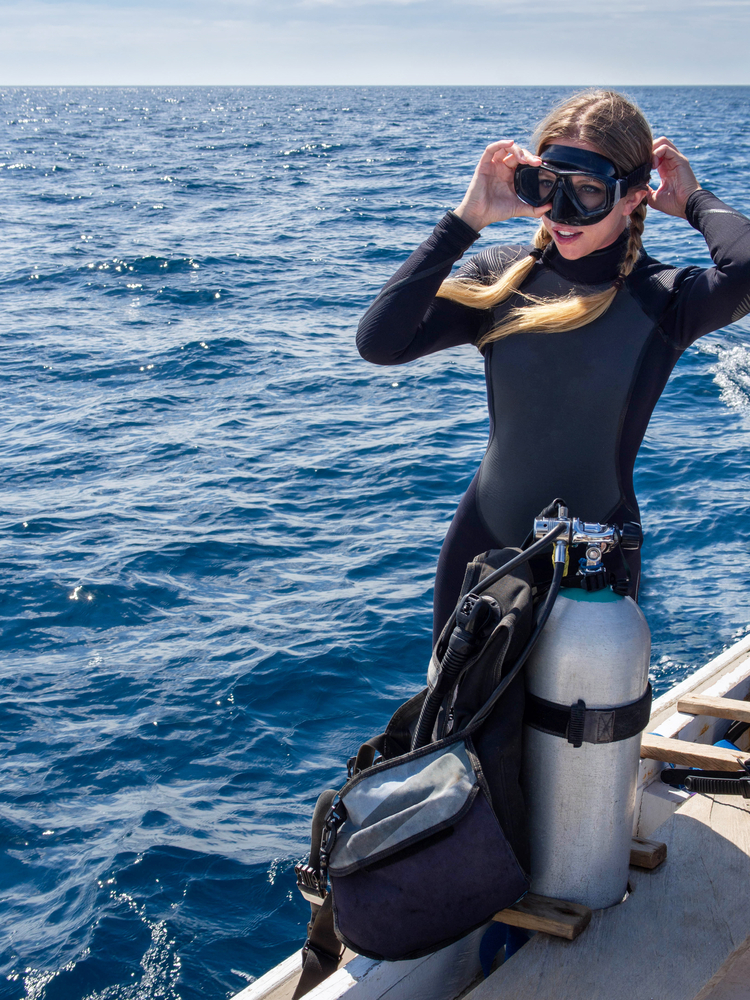
—тоимость. »ндустри€ производства гидрокостюмов не стоит на месте. — каждым годом материалы станов€тс€ разнообразнее, легче и удобнее дл€ пользовател€. Ќо ценник на оба типа гидрокостюмов такими же темпами не снижаетс€. ¬ интернете вы найдете сухие гидрокостюмы за 36 тыс€ч рублей и мокрые 7 мм с капюшоном за 11 тыc€ч рублей.
«десь важно понимать, что покупка сухого гидрокостюма – это скорее вложение денег, чем трата. огда дайвер захочет его продать, он продаст его практически за туже цену, что и купил. —ухие гидрокостюмы чрезвычайно износостойки (10 и более лет), но требуют бережного отношени€ к манжетам и молнии.
ћокрые гидрокостюмы напротив изнашиваютс€ через 1-3 года при частых погружени€х, но гораздо проще в эксплуатации: их нужно иногда промывать и подклеивать. ћокрый гидрокостюм б/у продать сложно, в св€зи с перенасыщенностью рынка и внешним видом костюма.
—ухой 1
ћокрый 1
” обоих типов свои преимущества и недостатки. ¬ыбор каждого дайвера зависит от частоты и мест погружений, от собственного ощущени€ комфорта, от количества денег, которые он готов потратить.
ћой выбор определило желание круглогодично ныр€ть в –оссии. » еще одно: ныр€€ в сухом костюме, единственное, что € сушу – волосы на голове.
”знать о курсе сухой костюм: http://www.divingvsem.ru/study.php?id=5
«аписатьс€ на курс: http://www.divingvsem.ru/contact.php
автор: “ать€на Ќикитина
»спользованы материалы sditdi.com
ѕодводна€ навигаци€: я хочу домой!
Ќаверн€ка вы неоднократно слышали о «черных» дайверах, которые отстали от группы, потер€лись и теперь живут в подводном мире, пуга€ новеньких дайверов, хвата€ их за ласты. » это было бы смешно, если бы не одно обсто€тельство: потер€ ориентира в воде, как у новичков, так и у опытных дайверов приводит к панике, а она в свою очередь к смерти. ≈сть еще одно менее печальное обсто€тельство: вы вместе с группой всплываете на поверхность в двухстах, а то и больше, метрах от бота и приходитс€ ластать по поверхности, так как не всегда лодка может подойти к вам.
18.09.2017
роме это всегда интересно наблюдать, когда инструктор водит группу по дайв-сайту в совершенно непон€тных направлени€х и каким-то чудом выходит в том месте, в котором заходили. ќдни воспримут это как: «ќ, чудо! ак такое возможно! я был уверен, что мы заблудились!». ƒругие отнесутс€ к этому скептически: «ƒа он тут все мели знает!». ј те дайверы, которые проходили курс подводной навигации не удив€тс€, так как сами следили за ходом погружени€, направлением движени€ и понимали, где и через сколько времени они поднимутс€ на поверхность.
урс подводной навигации направлен на то, чтобы дайвер умел пользоватьс€ компасом, подводными ориентирами, понимал карту-сайта; в услови€х плохой видимости или при потери группы мог вернутьс€ к точке погружени€. Ёто добавл€ет уверенности и повышает уровень комфорта во врем€ дайва. » это все? Ќет, ведь хороший курс тренирует основной навык и шлифует приобретенные ранее.
»так, что вы получите, пройд€ курс ѕодводна€ навигаци€?
- ѕрежде всего ”ровень вашей безопасность возрастет. Ёто результат того, что вы лучше планируете погружение, понимаете в какой момент необходимо повернуть назад по расходу воздуха, и лучше ориентируетесь. “еперь не так страшно, если вы отстали от группы, ведь вы знаете, где выход.
- ”меньшаетс€ потребление газа. Ёто св€зано с тем, что уровень стресса ниже, вы никуда не торопитесь, так как, если будете спешить, не заметите ориентиры и вам сложно будет отслеживать направление движени€. оличество потребл€емой энергии и воздуха естественно снижаетс€, количество времени на дайв увеличиваетс€.
- ”лучшаетс€ плавучесть. азалось бы причем здесь тренировка плавучести. ƒело в том, что если вы не удерживаете тело на одном уровне, вас посто€нно подбрасывает наверх или вы поднимаете со дна ил, ориентирование невозможно. ƒл€ того, чтобы этого не происходило, вы учитесь плавать в триме: держать тело горизонтально, не поднимать со дна ил, как в случае с движением кролем. “рим более эргономичен, чем стиль "морского конька".
- ”лучшаютс€ коммуникационные навыки. аждый дайвер общаетс€ под водой с напарником, чтобы сообщить и узнать у него количество воздуха, как он себ€ чувствует, показать направление движени€. «десь на помощь приход€т жесты, фонарь, подводные доски и блокноты. ѕон€тна€ подводна€ коммуникаци€ жизненно необходима во врем€ дайва. урс ѕодводной навигации учит использовать все возможные инструменты дл€ общени€ и улучшает навыки, с которыми вы уже знакомы.
Ќа курсе инструктор особо удел€ет внимание темам, которые отмечены выше и, конечно же, базовым навыкам навигации. ¬се включено: использовани€ компаса, естественного окружени€, использование информации по сайту, отработка навыков в бассейне и открытой воде. »дите постепенно, не пытайтесь сразу освоить все, будьте внимательны и последовательны.
ѕодводна€ навигаци€ это не столько о том, как вернутьс€ назад. Ёто о безопасности, об уверенности, о навыках, которые будут работать везде. ¬ тоже врем€, это интересно.
ѕодобрать курс: http://divingvsem.ru/study.php?id=5
«аписатьс€: http://divingvsem.ru/contact.php
P.S: ¬ы даже сможете остановить гида на попул€рных курортах, если понимаете, что то, что он рассказал на брифинге не соответствует тому, куда он вас ведет.
автор: “ать€на Ќикитина
использованы материалы сайта sditdi.com
7 причин получить сертификат
Ћюди каждый день ищут новые и увлекательные зан€ти€. Ёто серфинг, горные лыжи, коньки, походы и даже парашютный спорт. Ёто такие виды спорта, где человек учитс€, развиваетс€ на прот€жении всей жизни. Ќекоторые из них перерастают в стиль жизни. ќдин из таких видов спорта – дайвинг. ƒайвинг – это направление подводного спорта, которое доступно дл€ взрослых и детей, за€длым спортсменам и тем, кто в жизни не занималс€ спортом. огда в следующий раз ты с друзь€ми захочешь попробовать что-то новое, пройди обучение дайвингу. ќткрой дл€ себ€ новый вид активного отдыха, который принесет массу удовольстви€ и счастливых дней. ¬от еще 7 причин, почему стоит стать сертифицированным дайвером.
21.08.2017
- Ёкономи€.
ћожешь ли ты погружатьс€ без сертификата? ƒа. —тоит это дороже, по продолжительности короче, а за твой баллон еще и держитс€ инструктор, чтобы ты не провалилс€, не врезалс€ и т.д. „то изменитьс€, если у теб€ будет сертификат?
¬рем€ погружени€: зависит только от теб€, как быстро ты поглощаешь воздух. Ќа курсе теб€ научат, как правильно дышать, чтобы врем€ погружени€ приблизилось к 1 часу.
—тоимость погружени€: intro dive в среднем стоит 2 500 руб., самосто€тельное погружение с напарником – бесплатно.
- ѕриключени€ и новые места
70% «емли покрыто водой. ¬езде ты встретишь озера, водохранилища, мор€ и океаны, доступные дл€ погружени€. ќдних дайверов завораживают коралловые рифы с бесконечным разнообразием кораллов; других затонувшие объекты, хранители истории и тайн; третьим интересны подводные пещеры с белоснежными подводными залами, завораживающими играми света и тени, галоклинами. — каждым уровнем квалификации в дайвинге отрываютс€ все новые и новые двери.
- »збавление от стресса.
ѕереживани€, преп€тстви€ в жизни преодолимые и не очень, изматывающие ситуации – это плохой стресс. ќн снижает качество жизни и ведет к болезн€м. ѕогружени€ под воду - возможность освободитьс€ от привычной рутины, ведь под водой нет звонков телефонов, офисных встреч, нервирующих новостей по телевизору. ѕод водой ты предоставлен сам себе, слышишь дыхание, движение воды, подводной жизни и мира. огда человек погружаетс€ под воду, остаютс€ только 2 вещи: вода и собственные ощущени€ от погружени€. ƒайвинг- это хороший стресс дл€ организма: кратковременный, дает новые эмоции и ощущени€, способствует выработке адреналина и эндорфинов, закаливает нервную систему.
- ѕодводные обитатели в естественной среде
“ы когда-нибудь видел китов? ƒельфинов не с борта судна или в дельфинарии? ћожет быть, ты видел, как охот€тс€ морские котики? ƒайвинг дает эту возможность. ќн позвол€ет увидеть, как виды взаимодействуют в естественных услови€х подводного мира. Ёто незабываемые ощущени€, когда ста€ дельфинов приплывает к группе людей, и уже не дайверы наблюдают за ними, а их показывают детенышам. ѕросто представь: подводное млекопитающее с 11 этажный дом- кит на рассто€нии выт€нутой руки. “ы увидишь эти виды и тыс€чи других в каждом новом месте, путешеству€ по миру.
- Ќовые друзь€
√де бы ты ни занималс€ дайвингом, не останешьс€ в одиночестве. ƒайвинг- уникальный спорт, участники которого выгл€д€т счастливыми и взволнованными и готовы поделитьс€ друг с другом захватывающими истори€ми. ѕо этой причине дайверы часто встречаютс€ в местном ресторанчике, лобби отел€ или у воды в ожидании погружений. ¬ дайвинг сообществе новые друзь€ и новые приключени€ идут рука об руку.
- ’ороша€ физическа€ форма.
ƒайвинг - спорт на свежем воздухе вдали от городской суеты и выхлопных газов. ѕлавание само по себе благотворно действует на организм: укрепл€ет сердечно-сосудистую, нервную и дыхательную системы человека. ѕодводное плавание сочетает в себе просто плавание и повышенное давление. “аким образом, зан€тие дайвингом можно рассматривать как плавание с использованием природной барокамеры, что дает оздоровительный эффект того и другого. ”меренные физические нагрузки благотворно вли€ют на организм: улучшаетс€ сон, повышаетс€ настроение, сглаживаетс€ патологическа€ симптоматика хронических заболеваний. ƒайвинг - спорт, полезный дл€ здоровь€.
- Ѕезопасность
Ќа любом уровне курсов по дайвингу ты
- научишьс€ погружатьс€ безопасно дл€ себ€ и окружающей среды
- узнаешь, что происходит с твоим телом в толще воды
- научишьс€ лучше понимать себ€ и свое тело
- научишьс€ подбирать снар€жение под себ€ и работать с ним
- узнаешь, как планировать безопасные погружени€, оценивать подводные услови€
Ёто только начало. ¬переди теб€ ждет новый мир!
—делать первый шаг: http://divingvsem.ru/contact.php
”знать про все возможности: http://divingvsem.ru/study.php
автор “ать€на Ќикитина
ак упаковать оборудование дл€ дайвинга в путешествие
Ќекоторые авиакомпании жестко ограничивают объем, размер и вес багажа и за нарушение они запрашивают астрономические суммы. „то можно сделать, чтобы этого избежать?
”паковка оборудовани€ дл€ дайвинга в путешествие – это загадка. ¬з€ть с собой всЄ: регул€торы, костюм, компьютеры, маски, ласты, фотокамеру, запасные аккумул€торы и другое оборудование, необходимо дл€ серьезных погружений.
азалось бы, за границами физики перевезти все это вместе, но опытные путешественники разработали стратегии, методы и приемы дл€ оптимизации багажа, избега€ дополнительных сборов и сохран€€ свое имущество в сохранности. ѕрофессиональные фотографы и технические дайверы €вл€ютс€ непревзойденными мастерами по безопасной перевозке высокотехнологичного оборудовани€ в любую точку планеты.
«десь представлены советы от четырех опытных дайверов-путешественников, которые знают, как сделать так, чтобы получить все свое оборудование в целости и сохранности.
26.07.2017
»зучайте правила.
ажда€ авиакомпани€ об€зана публиковать правила и нормы провоза багажа, а также провоза багажа сверх нормы. ѕрофессиональный подводный фотограф и дайвер, ныр€ющий с ребризером, рис ѕарсонс, который летает с багажом в 113 кг, каждую свою поездку начинает с изучени€ мелкого шрифта на сайтах авиакомпаний. «’от€ это нудно, € стараюсь прочитать все правила авиакомпаний, чтобы пон€ть, как лучше упаковать багаж,- объ€сн€ет он.- »спользуйте программы ло€льности дл€ часто летающих пассажиров, при частых перелетах вы получаете более высокий статус, который помогает перевозить больший вес. Ќапример, у мен€ есть возможность бесплатного провоза двух сумок по 32 кг. от одной авиакомпании на три международных рейса».
Ѕерите с собой хорошее настроение.
ѕродавцы авиабилетов, представители авиакомпаний, сотрудники службы транспортной безопасности контролируют вас на всем пути. ƒл€ людей, которые регул€рно общаютс€ с разгневанными путешественниками, много значат ваша улыбка и добродушное настроение. «я стараюсь быть максимально милой на стойке регистрации во всей аэропортах, потому что € знаю, что они делают свою работу и не должны знать, что это за оборудование, дл€ чего оно и т.д.»,- говорит подводный видеооператор Ённи ролей. «ќднажды по пути домой из ћексики в —иэтл офицер транспортной безопасности не пропускал мен€ через ѕѕ, т.к. решил, что мо€ ручна€ кладь с камерой и компьютерным оборудованием слишком больша€, и начал проверку еще раз»,- рассказывает она, - «€ была вежливой и спокойной, показала и рассказала дл€ чего нужен каждый предмет. ¬ итоге он пропустил мен€».
¬звалите брем€ перевозки на свои плечи
ƒоуг Ёберсоль, ребризерный инструктор и подводный фотограф говорит, что почти неверо€тно управитьс€ со всем багажом, если не подойти к этому творчески. Ќоутбук, камеру, объективы и дайв-компьютеры убираете в рюкзак и берете с собой в кабину, а остальное оборудование идет в багажное отделение. евин ѕалмер, профессиональный фотограф и менеджер Reef Photo & Video, использует жилет с самыми большими карманами, которые он только может найти. «Ћучший жилет – длинный с 12-20 карманами,- говорит он.- ≈сли ваша ручна€ кладь не проходит по весу, в этом жилете вы дополнительно можете провезти 5-10 кг, разложив вещи по карманам. ƒа, вы будете выгл€деть, как ƒжон энди на рыбалке, но никто не называл дайвинг гламурным видом отдыха.»
«ащитите от ударов
¬ы должны подумать о защите дл€ чувствительного оборудовани€. ѕалмер объ€сн€ет: «Ѕольшинство сумок дл€ дайверов с м€гкими бортами, поэтому необходимо сделать защитный каркас дл€ оборудовани€. Ћасты подход€т дл€ этого прекрасно, как и обувь, расположенна€ по кра€м сумки». ќн также использует м€гкие вещи, такие как мокрый костюм и одежду, чтобы создать защиту по периметру «от разрушений во врем€ падений при погрузке в аэропорту. Ќоски могут служить длинными м€гкими рукавами дл€ объективов или дайв-компьютеров»,- продолжает ѕалмер.- «я обычно использую свой 5мм костюм дл€ запасных стекол и боксов дл€ камер, его € укладываю внутри каркаса, созданного из одежды».
–ассмотрим простые решени€
Ќе забывайте про свою кухню или мастерскую. Ёберсоль упаковывает легкоповреждаемые предметы, такие как датчики ребризера, индивидуально в контейнеры дл€ продуктов, а затем уже в багаж. «Ёто не добавл€ет много веса и защищает предметы»,- говорит он. ƒл€ ѕалмера: «ћногоразовые zip-пакеты необходимы дл€ организации предметов, а их 9 литровый вариант может быть использован дл€ компактной упаковки одежды. роме этого молнии не заменимы. ќни очень удобны при проверке на контроль-пропускном пункте. ƒл€ закреплени€ молний используйте пластиковые хомуты (ст€жки). √орсть ст€жек у мен€ всегда есть в кармане одной из сумок (не забывайте на ѕѕ вы должны будете срезать их, если попрос€т сотрудники службы безопасности).»
Ѕудьте готовы к импровизации
ѕравила провоза багажа посто€нно мен€ютс€. ўедрые весовые лимиты в прошлых путешестви€х веро€тно сегодн€ будут снижены, поэтому нет никакой замены коммуникации с персоналом аэропорта: задавайте правильные вопросы и – в некоторых крайних случа€х- просто молите о помощи. «ћногие авиакомпании взвешивают ручную кладь и требуют ее одобрени€», говорит ролей. «≈сли € знаю, что ручную кладь будут взвешивать, € сразу открываю т€жЄлую сумку и показываю оборудование. Ќа сегодн€ € встречала только дружелюбное отношение и понимание». ѕалмер примен€ет похожую стратегию. «Ќаходчивость практически всегда поможет вам пройти. Ќачните с: да, это немного сложно упаковать все оборудование: и компьютеры, и фотооборудование. ћожет быть у вас есть льготы дл€ дайверов? 50% времени вам нужно говорить, втора€ половина вам понадобитс€ дл€ переупаковки багажа. Ћегка€ нейлонова€ сумка всегда в кармане моей ручной клади. ¬ крайнем случае, € могу ее достать и использовать дл€ т€желых предметов (аккумул€торы, регул€торы и пр.). „асто сотрудники авиакомпаний только стараютс€ получить сумку по весу ниже, чем разрешено, из-за страха потер€ть свою работу, и они будут вам благодарны за ваши импровизированные решени€.»
јвтор: Ёрик ћихаель, перевод “ать€на Ќикитина
–едакторы: Ѕорис Ќикитин, »ль€ —крипник
ћатериалы сайта: www.scubadiving.com
10 —ќ¬≈“ќ¬ ƒЋя Ќќ¬»„ ј ¬ ƒј…¬»Ќ√≈
ѕривет и ƒобро пожаловать в мир дайвинга! “вой первый курс Open water только что завершилс€, но возможно остались вопросы, которые крут€тс€ у теб€ в голове, € здесь, чтобы ответить на некоторые их них. ¬ интернете € часто встречал статьи дл€ новых дайверов, безусловно они очень полезные, но неверо€тно похожие.
¬от мои 10 нетипичных советов дл€ начинающих дайверов. ќни были разработаны на основании моего собственного опыта, как действующего инструктора, на основании многочисленных бесед с другими инструкторами и, что наиболее важно, на основании опросов дайверов разного уровн€ о том, какие темы были дл€ них наименее раскрыты во врем€ обучени€.
11.07.2017
1. ѕокупка оборудовани€.
ак только вы сертифицировались, вы начинаете задумыватьс€ о покупке собственного оборудовани€. я насто€тельно рекомендую начать ваши инвестиции с персонального компьютера. Dive-компьютер должен стать вашим лучшим другом с точки зрени€ безопасности погружени€! ¬ы сможете путешествовать с ним, что будет гарантировать вам погружени€ с оборудованием, которое вы хорошо знаете и умеете им пользоватьс€. “акже важно отметить, что во многих местах dive-компьютеры не доступны дл€ аренды!
2. –абота с компасом.
Ќавигаци€ – неотъемлемый навык дл€ дайверов любого уровн€. Ќа курсе Open water вы лишь знакомитесь с ориентированием в водном пространстве. Ќе ждите, пока вы получите сертификацию по курсу навигаци€, начинайте работать с компасом! Ѕерите ваш компас на каждое погружение и обращайте внимание, в каком направлении вы плывете, и где наход€тс€ ориентиры. —начала это оборудование может показатьс€ пугающим и непон€тным, не переживайте; используйте основные риски, чтобы фиксировать ориентиры и следовать в выбранном направлении. „тобы лучше освоитьс€ с компасом, попробуйте использовать его на земле.
3. Ћучшее погружение то, после которого вы вернетесь домой.
Ёта фраза всегда резонировала со мной. ќна может звучать достаточно остро, но это правда дл€ всех уровней дайверов. ƒавайте посмотрим на реальные вещи: мы погружаемс€ в среду, дл€ которой не приспособлены, без нашего оборудовани€ мы не можем нормально видеть, двигатьс€ или дышать! Ёта фраза может напугать вас, но она напоминает вам, что важно относитьс€ с уважением к инородной среде, в которую вы попадаете: не превышайте требовани€ своего уровн€ сертификации и возможностей своего оборудовани€, и не станьте жертвой «всего лишь». Ёто не ¬—≈√ќ Ћ»Ў№ погружение на 6 метров, это не ¬—≈√ќ Ћ»Ў№ маленька€ неисправность оборудовани€, это не ¬—≈√ќ Ћ»Ў№ в этот раз. ќбраща€ внимание на эти ¬—≈√ќ Ћ»Ў№ во врем€ простых погружений, вы приобретете хорошую привычку дл€ дайвов любого уровн€. ѕогружение не должно стоить вашей жизни! ћы в дайвинге, чтобы получать удовольствие от этого удивительного спорта и отдыха, давайте оставатьс€ счастливыми и здоровыми!
4. «аписывайте все свои погружени€!
Ёто один из моих собственных раздражителей, но и привычка, которую надо приобретать с самого начала. ≈сли вы не записывали все свои погружени€ до этого времени, тогда возьмите logbook сейчас же и внесите их; не продолжайте чтение пока не сделаете этого!
ƒобавили? ќтлично, давайте продолжим! —воевременное и аккуратное внесение данных о погружени€х имеет много преимуществ, особенно это важно дл€ начинающих дайверов. ќдно из наиболее важных преимуществ- это доказательство вашего опыта. ћногие курсы, которые вы будете изучать, потребуют определенного количества погружений, которые вы сделаете до начала обучени€. Logbook – это документ, который подтвердит ваш опыт. ѕоэтому, пожалуйста, фиксируйте ваши погружени€.
5. ѕоддерживайте взаимоотношени€ и обращайте внимание на других дайверов.
»ногда дайверы могут показатьс€ ужасными людьми, особенно, когда они сид€т за своими компьютерами онлайн, но большинство из них вполне дружелюбны! ƒайвинг – это очень большое сообщество и это действительно здорово быть его частью! ƒайверы обычно очень увлечены тем, что они делают (отсюда порой приходит чрезмерное напр€жение), и в сердце каждого дайвера живет желание, чтобы это направление спорта развивалось, а искра интереса у новичка превращалась в неукротимый пожар. ќдним из лучших путей углубить свой дайверский опыт – это присоединитьс€ к местному сообществу и впитывать от них все, что сможете. »спользуйте то преимущество, которое вам даст общение с опытными дайверами, и вы безусловно преуспеете, а кроме этого приобретете прекрасных друзей на своем пути в дайвинге.
6. ¬сегда провер€йте свое оборудование.
¬ начале своего пути используйте чек-лист, не ждите до последней минуты, провер€йте все сами, проверьте все дома и перед погружением. я был свидетелем бесчисленных пропущенных погружений, проблем под водой из-за плохой подготовки. сожалению, иногда приходитс€ пугать студентов, чтобы показать им важность внимательного отношени€ к их оборудованию. ћы зависим от нашего оборудовани€ и неверо€тно важно убедитьс€, что оно функционирует должным образом, чтобы каждое погружение проходило превосходно!
7. ¬ы не должен быть идеальными, вы должны быть внимательными.
¬ы – новый дайвер и все знают об этом, и в этом нет ничего плохого. Ќикто от вас ничего не ожидает, простите за пр€моту. ќпыт не приходит сразу: задавайте вопросы и делайте ошибки. Ќе бойтесь осуждени€, если вам нужно больше времени, чтобы отработать навык, или нужны дополнительные разъ€снени€ по теме. ¬сегда держите в фокусе свой уровень обучени€ и непрерывно совершенствуйтесь! Ёто приведет вас к успеху!
8. ¬аша плавучесть ужасна.
Ёто правда. Ќе принимайте это слишком близко к сердцу, как это делал €. Ќа самом деле € не понимал, что такое нейтральна€ плавучесть, пока не совершил около 50 погружений. ƒаже если вы поймете это раньше, чем € (что вполне возможно), не забывайте, отлична€ плавучесть – это привычка, не навык. ќна (плавучесть) требует посто€нного наблюдени€ и практики, и Ќ» ќ√ƒј не будет абсолютно совершенной. ѕомните, нейтральна€ плавучесть –это не только то, что вы выгл€дите в воде, как супер профессионал; это, прежде всего, дает преимущества дайверу и окружающей среде. Ќе концентрируйтесь на плавучести слишком сильно, получайте удовольствие! ¬месте со своим напарником поиграйте в игры на тренировку плавучести или зависните перед камерой, а затем оцените, что еще нуждаетс€ в улучшении. ѕлавучесть-это то над чем стоит работать!
9. ѕродвигайс€ последовательно.
ƒайвинг – это совокупность навыков, которую следует осваивать и совершенствовать, это не список, в котором надо поставить галочки. ак новый дайвер, вы возможно хотите пройти все доступные курсы и получить уровень Advanced так быстро, как только можно. я от всей души поддерживаю вас, но имейте в виду, что каждый следующий курс должен опиратьс€ на навыки, приобретенные в предыдущем. ”делите достаточно времени, чтобы попрактиковатьс€ в том, что вы уже изучили перед шагом дальше. ѕолное понимание основ обеспечит вам комфорт в воде и понимание, как действовать при усложнении задач и в нестандартной ситуации.
10. ѕомни о NDL.
Ѕездекомпрессионный лимит-это одна из важнейших функций вашего компьютера. Ёто число, которое отсчитываетс€ во врем€ всего вашего погружени€ и не должно достичь нул€! ѕревышение NDL приводит к декомпрессионным об€зательствам, что выходит за уровень вашей квалификации и подвергает вас значительному риску. ≈сли вы не знаете, как и почему это работает, пожалуйста, проконсультируйтесь с инструктором перед следующим погружением.
јвтор: ƒжесси яково, перевод “ать€на Ќикитина
ћатериалы сайта: www.tdisdi.com
— ј∆» —”ƒќ–ќ√≈ Ќ≈“
ѕредставьте такую ситуацию - вы плывЄте с напарником, наслаждаетесь погружением, как вдруг ощущаете в ноге резкую жгучую боль, котора€ словно огненный игла парализует вас. „то это, нападение акулы? Ќет. ”кус угр€? “оже нет. ј это распространЄнна€ проблема, периодически возникающа€ у дайверов – судорога.
ѕочему именно у мен€?
25.06.2017
“ак почему же дайверы периодически страдают от судорог ног? » почему некоторых дайверов судороги возникают часто, а некоторым никогда не доводилось испытать подобное? ћышечные судороги, простыми словами, - это непроизвольное сокращение мышц, которые не расслабл€ютс€. ¬о врем€ непроизвольного сжати€ происходит мышечный спазм. » если спазм достаточно сильный и проходит продолжительное врем€ - наступает судорога.
—уществует множество факторов, которые могут вызвать спазмы, особенно в икре или в стопе ног, и к ним относ€тс€:
- неподход€щие ласты – они могут слишком плотно сжимать вашу ногу, подавл€€ нормальное кровообращение;
- неподход€щие боты – те же причины, что указаны выше;
- слишком тугие ремни ласт – создающие давление на јхиллово сухожилие, что приводит к напр€жению икроножных мышц;
- гидрокостюм сдавливает и слишком ограничивает движени€ под водой;
- неправильна€ техника работы ластами – подробнее об этом ниже;
- неправильный выбор ласт – об этом чуть позднее;
- зажатость мышц – мышцы более подвержены судорогам;
- гидратаци€ (обезвоживание) – ранее считалось, что это одна из основных причин судорог, однако последние исследовани€ показывают, что это не так, но гидратаци€ может способствовать возникновению судорог;
- недостаток минералов в питании – определенных электролитов, таких как кальций, магний и калий играющих важную роль в работе мышц и передаче нервных сигналов;
- холодные услови€ – нагрузки в холодных услови€х могут приводить к лЄгким судорогам.
–абота ластами, работа ластами, и ещЄ раз работа ластами…
„асто в дайвинге судороги возникают из-за выбора неподход€щих ласт, их конструктивных особенностей и работы в них икроножной мышцы. Ёто в свою очередь выводит мышцу за пределы своей выносливости. ¬ данном случае избежать судорог полностью вр€д ли получитс€, но можно помочь снизить риск их возникновени€.
¬ыбор подход€щих дл€ плавани€ ласт с соответствующими конструктивными особенност€ми может стать отправной точкой. ћеста в ластах дл€ ног должно быть достаточно, чтобы позволить ноге двигатьс€ и изгибатьс€. ≈сли ласты не сид€т на ноге должным образом, это может привести к соскакиванию ласты с ноги и другим дискомфортным ощущени€м. “акже нужно убедитьс€, что на ластах установлены подход€щие ремни, которые не будут оказывать сильного давлени€ на јхиллово сухожилие. ѕодобное давление может привести к чрезмерному напр€жению икроножных мышц и перерасти в судорогу.
∆Єсткость ласт
ƒайверам необходимо выбирать ласты, которые обеспечат достаточную жЄсткость дл€ выбранного стил€ плавани€, но не стоит выбирать слишком жЄсткие. ƒайверу, предпочитающему стиль «кроль», будут нужны более гибкие ласты, нежели дайверу использующему стиль «фрог». ¬аш инструктор или дайв-центр может помочь вам с выбором подход€щих ласт.
“акже дл€ погружени€ имеет огромное значение то, как мы используем ласты. ƒайвер, работающий ластами неэффективно (как на велосипеде), загружает свои мышцы т€жЄлой работой, но получает малую производительность, при этом мышца быстро превышает порог своей выносливости и наступает судорога. Ѕолее эффективные гребки кролем помогут избежать этого, также более эффективным может быть стиль фрог. «ачастую использование разных стилей гребка при погружении позвол€ет расслабить мышцы ног, так как задействуют разные группы мышц. ќпытные дайверы знают различные техники гребка, поэтому они могут использовать разные стили наилучшим образом в зависимости от ситуации. »зучить различные техники гребка вы можете с вашим инструктором или же в дайв-центре.
”крощение судороги
“ак что мы можем сделать, когда у нас возникает судорога? Ќа первых зан€ти€х большинство начинающих дайверов учат, как боротьс€ с этим €влением - простым раст€жением пораженной мышцы самосто€тельно, или же с напарником, который может помочь. ќсновна€ иде€ состоит в том, чтобы помочь мышце расслабитс€, а не сокращатьс€. „тобы пот€нуть мышцу вы можете сформировать телом цифру четыре, выт€нув ногу с судорогой так, чтобы она пересекла противоположное колено. ƒот€нитесь до кончика ласты и пот€ните его на себ€. ѕри этом свободной рукой вы можете делать массаж поражЄнной мышцы. —пазм может быть серьезным, и возможно вам потребуетс€ помощь вашего напарника дл€ раст€жени€ мышцы. Ќе упускайте из виду вашу плавучесть, чтобы не навредить окружающему подводному миру или не ухудшить видимость, взбалтыва€ ил.
≈сли вы знаете, что у вас есть склонность к судорогам, попробуйте перед погружением пить больше воды. –аст€жка также может помочь решить данную проблему. –азвива€ и поддержива€ должный уровень физической подготовки, вы можете уменьшить частоту возникающих судорог. » если уже больше совсем ничего не помогает, используйте старый трюк – пейте рассол. —оль в жидкости оказывает расслабл€ющий эффект на мышцы подверженные спазмам.
јвтор: Ѕрайан Ўреве (с участием ƒжордан √рин), перевод ƒмитрий ƒемидов
ћатериалы сайта: www.tdisdi.com
»деальный трим в сухом костюме
Ќезависимо от того €вл€етесь ли вы продвинутым дайвером или новичком, использующим сухой костюм, вы, веро€тно, слышали несколько непри€тных историй о проблемах, которые могут возникнуть при погружении в сухом костюме в особом положении тела - «трим». ≈сли вы не уверены, что мы подразумеваем под словом «трим» во врем€ погружений, прочитайте данную статью.
29.05.2017
Ќаверн€ка, вам не раз доводилось слышать, что при погружении в сухом костюме может возникнуть ситуаци€, когда дайвер не может дот€нутьс€ до своего оборудовани€. “ак же, возможно, вы слышали непри€тную истори€ о дайвере, у которого было слишком много газа в ногах, и это привело к его вылету на поверхность вверх тормашками. онечно, подобные ситуации могут возникнуть под водой, однако их легко избежать, если уделить должное внимание хорошей подгонке костюма, регулировки положени€ баллона и грамотному распределении грузов, при этом необходимо оттачивать ваши навыки и технику погружени€ в сухом костюме дл€ получени€ большего опыта. —о временем вы сможете погружатьс€ в сухом костюме так же легко, как и в мокром.
1. ѕриобретение хорошо сид€щего и подогнанного костюма
ак дайвер, который совершает 90% погружений в сухом костюме, могу честно сказать, что хорошо сид€щий и подогнанный костюм - самое лучшее вложение в оборудование, сделанное мной за всЄ это врем€. ак и многие дайверы, € начинал дайвинг в сухом костюме, который мне не подходил должным образом, и € счЄл это зан€тие малоперспективным. ” всех людей разна€ фигура и на многих люд€х новый костюм зачастую не сидит идеально, и в этом нет ничего страшного.
огда вы будете готовы приобрести сухой костюм, € насто€тельно рекомендую вам серьезно обсудить данный вопрос с вашим инструктором или со специализированным магазином, рассмотреть все имеющиес€ у них варианты, чтобы найти костюм, который наилучшим образом будет подходить именно вам. ≈сли стандартный костюм вам не подходит – делайте костюм под заказ!
ƒайвинг в хорошо подогнанном сухом костюме сделает ваши последующие погружени€ более при€тными и комфортными. Ёто позволит вам управл€ть меньшим количеством газа в костюме и гораздо проще удал€ть избыточный газ, при этом выпускной клапан будет располагатьс€ в правильном месте по отношению к вашему телу. роме того, хорошо сид€щий костюм позволит вам расположить руки перед собой, чтобы удерживать позицию «идеального трима», что в свою очередь предоставит вам достаточно свободы и гибкости, и вы сможете беспреп€тственно добратьс€ до вашего оборудовани€.
- –асположение баллона и распределение грузов
ƒавайте начнем с расположени€ баллона. “очно так же, как при погружени€х в мокром гидрокостюме, размещение баллона может значительно повли€ть на ваш трим под водой. ¬ы ощущаете, что не можете подн€ть ноги вверх? ѕопробуйте немного сдвинуть баллонный ремень вниз. ≈сли ноги оказались высоко сверху, попробуйте сделать наоборот. ѕодобным образом вы сможете сместить центр вашего баланса до правильного положени€, перемеща€ баллонный ремень вверх или вниз на несколько сантиметров.
–аспределение грузов. ѕравильное размещение грузов при погружени€х в сухом костюме гораздо важнее, чем размещение грузов в мокром гидрокостюме. Ёто св€зано с тем, что в сухом костюме вы будете использовать значительно больше грузов. ≈сли обычно вы размещаете груза на по€се или в интегрированную систему грузов на вашей талии, то в сухом костюме дополнительное размещение грузов в эту область может иметь негативные последстви€ дл€ вашего трима, и т€нуть ваши бедра вниз. „тобы этого избежать, дополнительно можно использовать специальные встроенные карманы или баллонный ремень, чтобы помочь распределить часть дополнительного веса на вашем теле дл€ наилучшего равновеси€.
- «ѕлавающие ноги»
ƒостаточно часто бывает, что дайвер-новичок в сухом костюме испытывает страх перед ситуацией, когда в ногах костюма оказываетс€ слишком много воздуха, при этом голова начинает опускатьс€ вниз, а ноги поднимаютс€ наверх, и происходит неконтролируемое всплытие. Ётого можно избежать!
ѕогружение в хорошо сид€щем костюме поможет уменьшить избыток газа, застр€вшего в ваших ногах и ступн€х. роме того, у многих современных костюмов есть ремешки дл€ лодыжек, предназначенные дл€ предотвращени€ попадани€ излишков воздуха в стопы, если вы не используете отдельные ботинки в качестве обуви. ≈сли ваш костюм не укомплектован ремешками дл€ лодыжек, вы можете приобрести дополнительно отдельные «гетры» или просто использовать шнуры-бандажи. ≈сли вы по-прежнему испытываете проблемы с "плавающими ногами", попробуйте использовать более т€желые ласт или вернитесь к настройке положени€ вашего баллона и размещени€ грузов.
- ѕлавучесть - BCD или сухой костюм?
¬опрос становитс€ весьма животрепещущим, когда множество дайверов начинают отстаивают тот или иной способ контрол€ плавучести в сухом костюме под водой. ќсновной вопрос: что лучше использовать дл€ наилучшего контрол€ плавучести – BCD или сухой костюм?
ќсновна€ задача статьи обсудить методы вашего трима в сухом костюме, поэтому € склон€юсь к использованию BCD дл€ контрол€ плавучести, а добавление газа в сухой костюм только дл€ компенсации обжима или же дл€ создани€ тепла в костюме, когда это необходимо.
ѕочему – спросите ¬ы? —лишком большое количество газа в костюме может затруднить контроль во врем€ погружени€ и нарушить правильную позицию тела под водой, в то же врем€ достаточное количество газа позволит пон€ть, где расположилс€ газ в костюме, это в свою очередь сделает трим более правильным и улучшит контроль плавучестью.
— практикой и опытом управление сухим костюмом и BCD станет вашей второй натурой. огда € иногда погружаюсь в мокром костюме, € ловлю себ€ на том, что каждый раз пытаюсь добавить немного газа в костюм, когда чувствую озноб, осознание того, что € не в сухом костюме, вызывает у мен€ смех. —о временем погружени€ в сухом костюме и навыки станов€тс€ такими же простыми, как и в мокром костюме, а добавление и стравливание газа в костюм станов€тс€ привычным делом. ћой лучший совет по этому поводу – работайте с профессиональным инструктором, чаще выезжайте на водоЄмы и практикуйтесь!
ѕравильный трим в сухом костюме поначалу может быть проблемой. ѕоэтому, прежде чем приобретать дополнительное оборудование к костюму, возьмите тайм-аут, попрактикуйтесь, подождите немного, пока ваше тело привыкнет к конфигурации вашего текущего оборудовани€ вместе с сухим костюмом. ѕомните, что правильное расположение баллона и грамотное размещение грузов, нар€ду с хорошо сид€щим костюмом €вл€ютс€ важными элементами трима при погружени€х в сухом костюме.
”знайте больше о курсе SDI Dry Suit Diver здесь.
јвтор: Ћорен ирен,
ѕеревод – ƒмитрий ƒемидов
ћатериал с сайта: www.tdisdi.com




